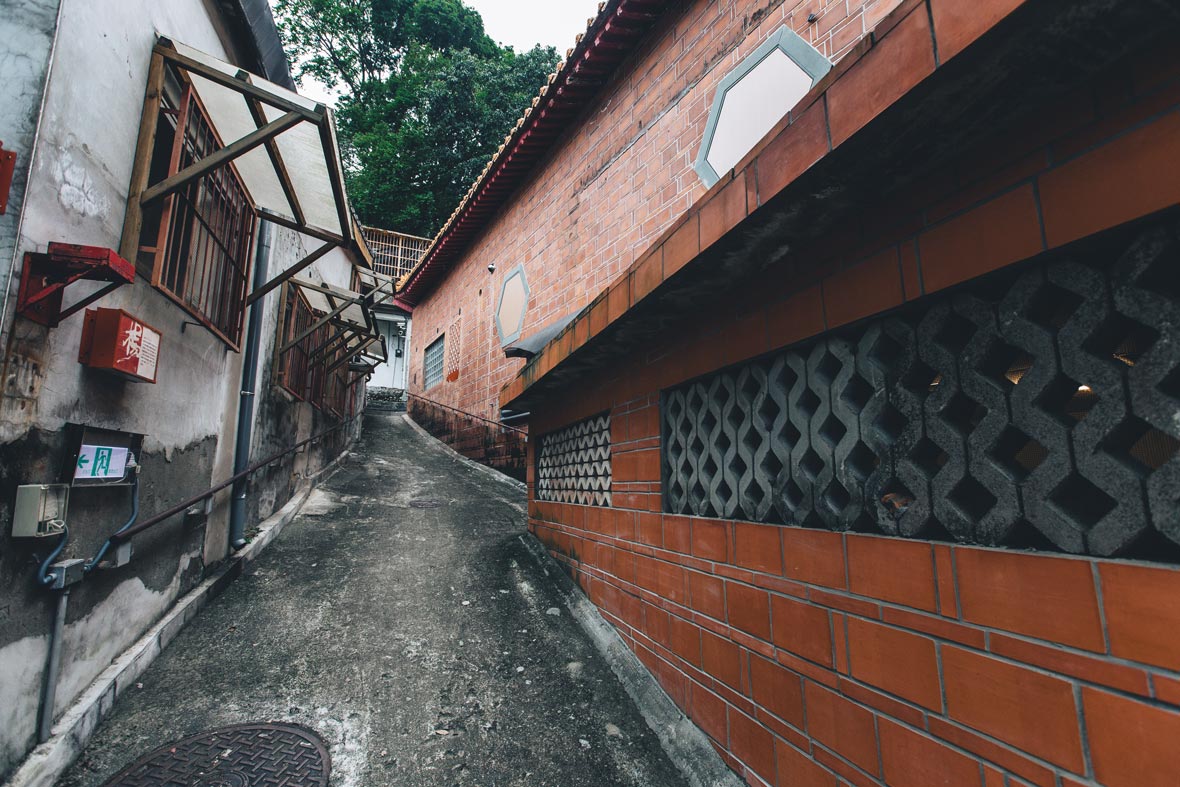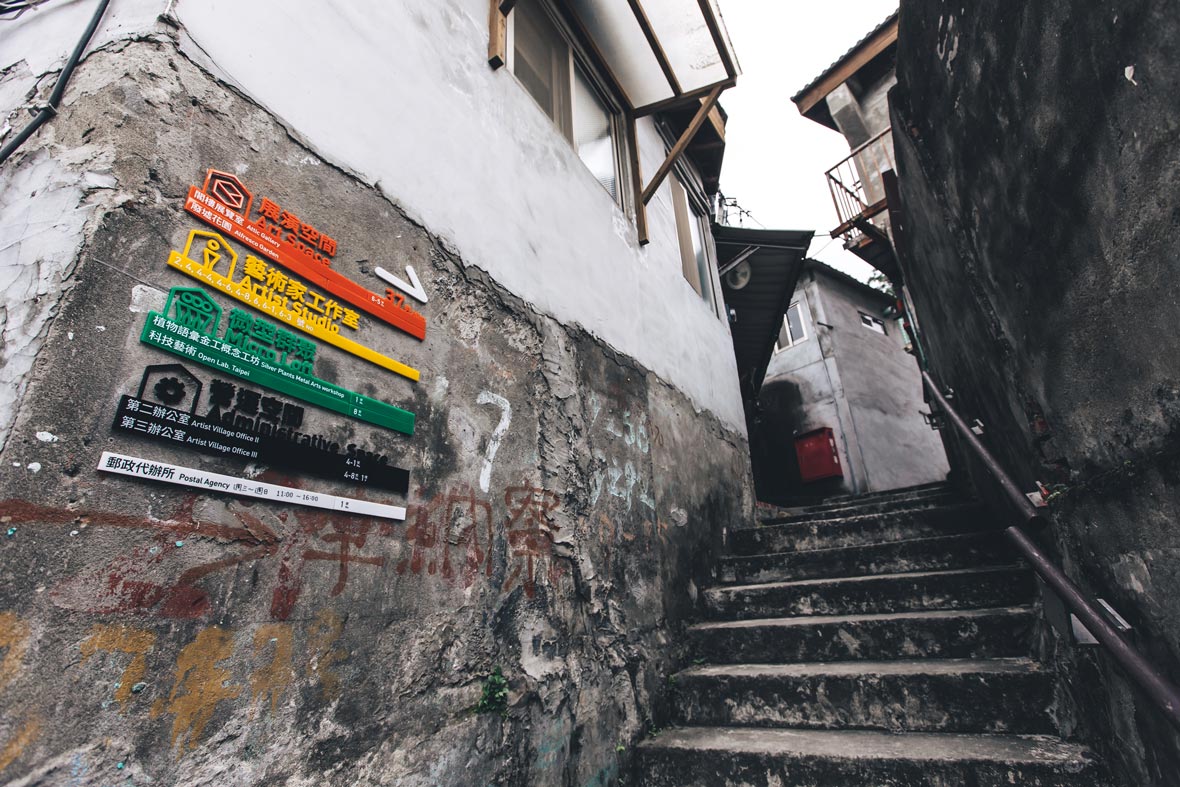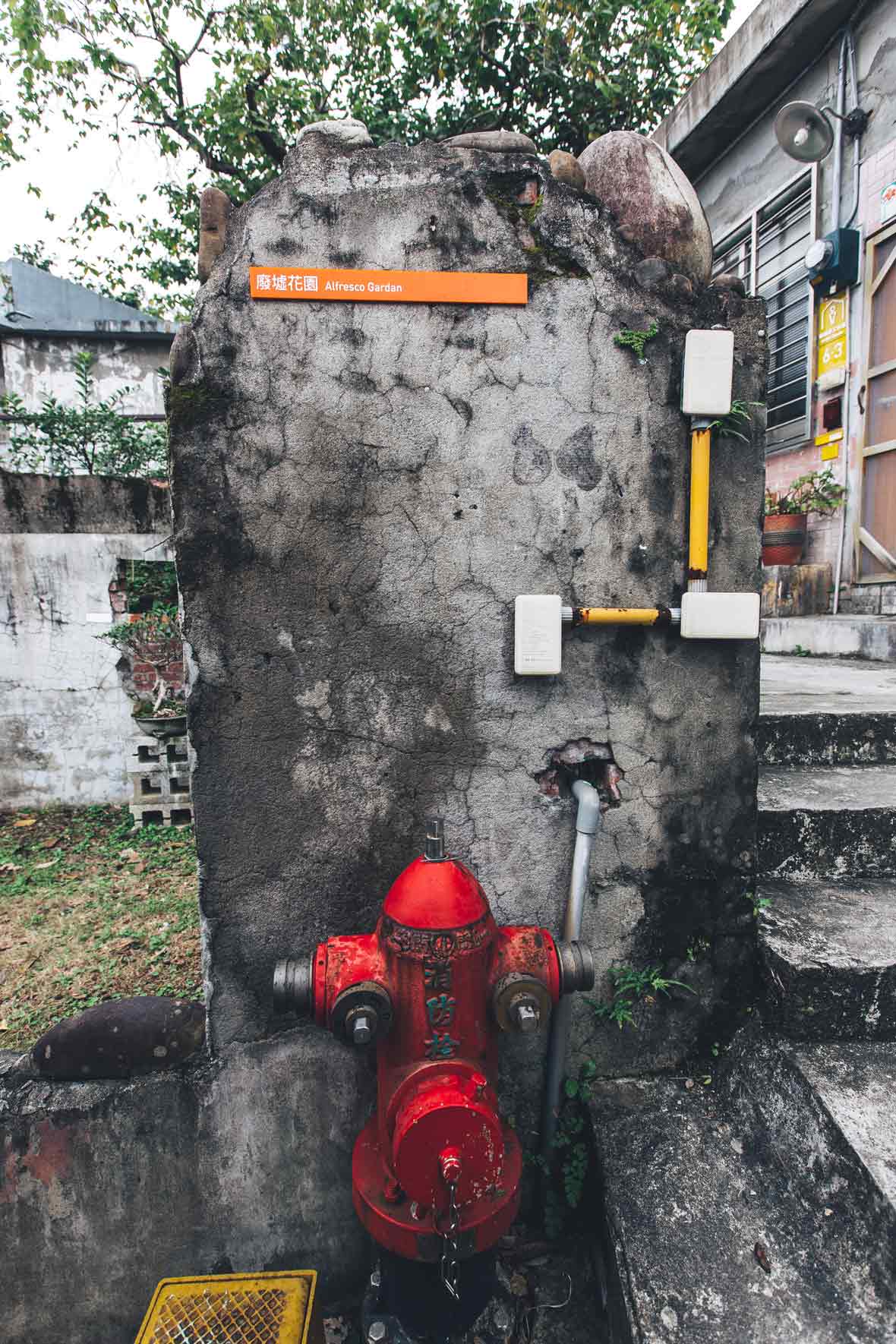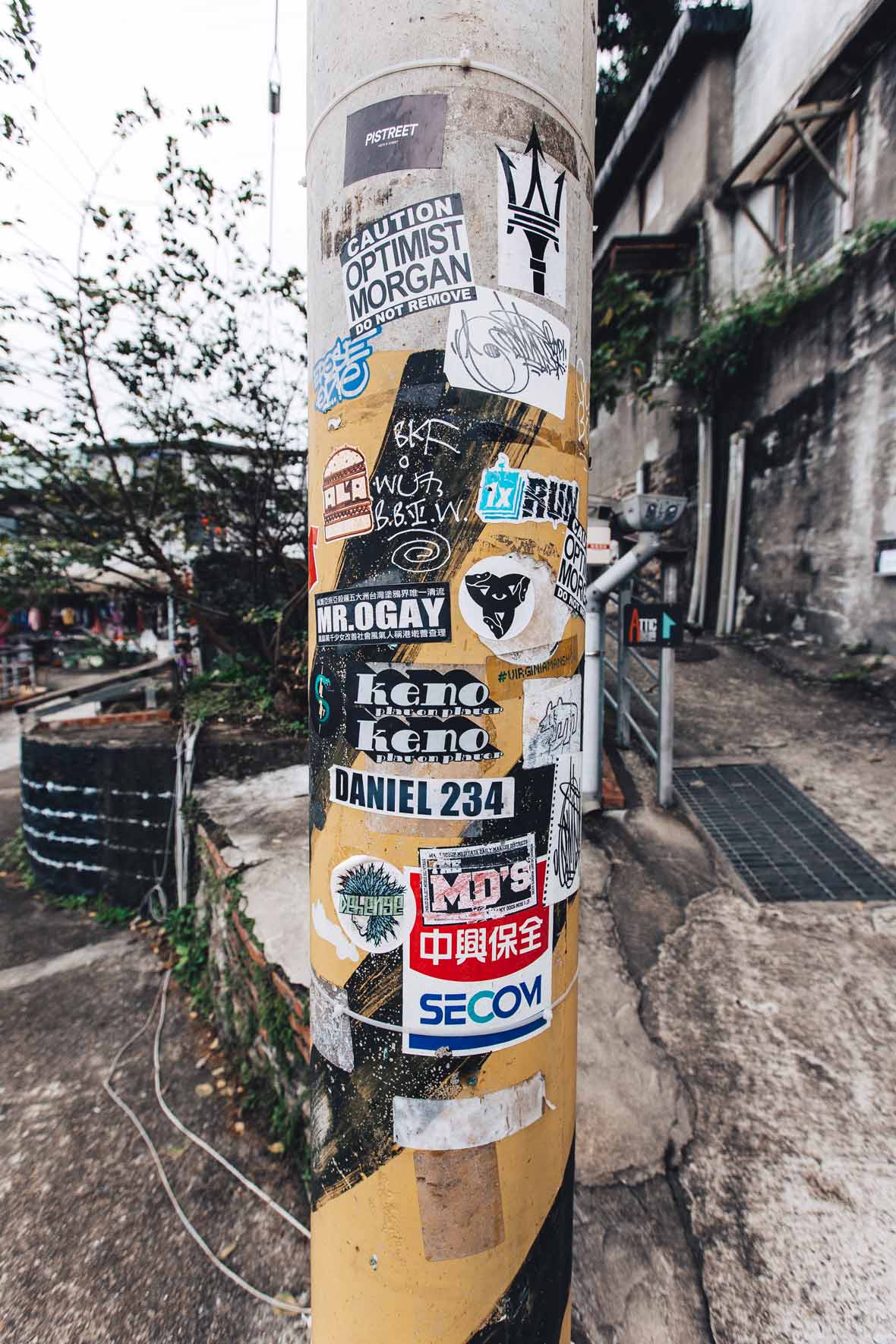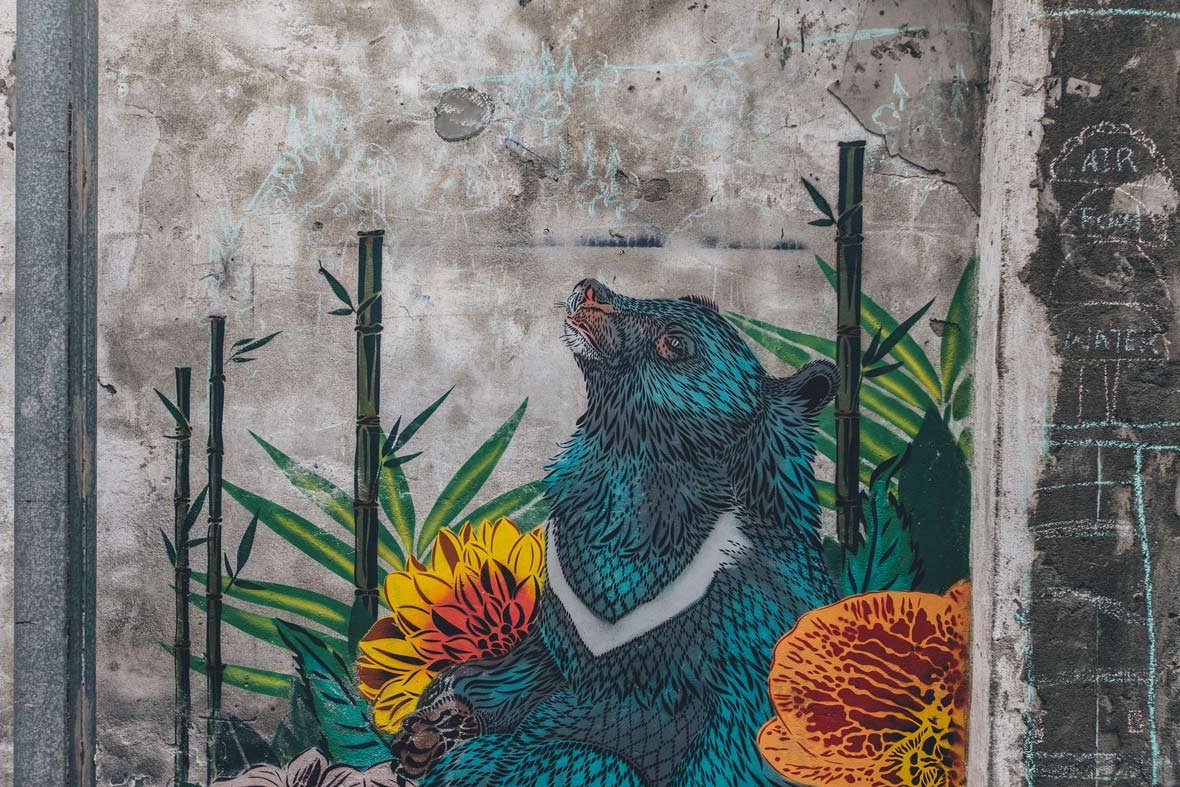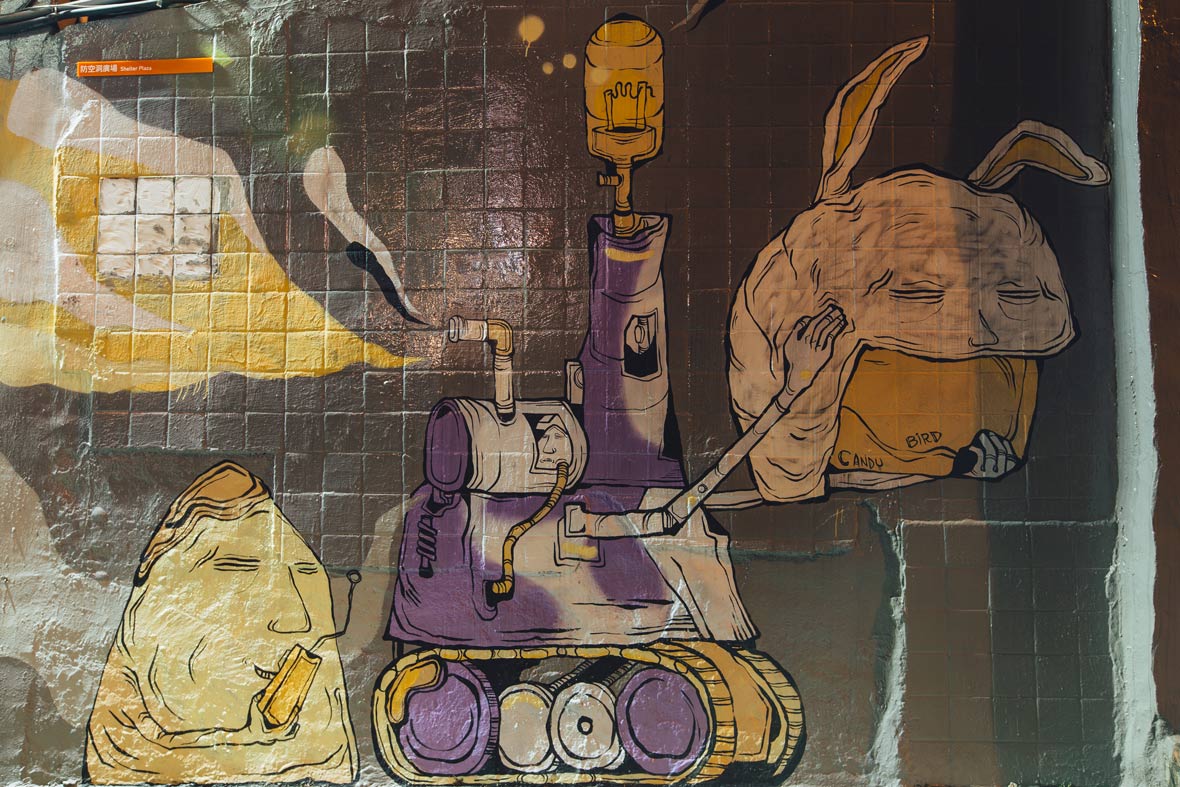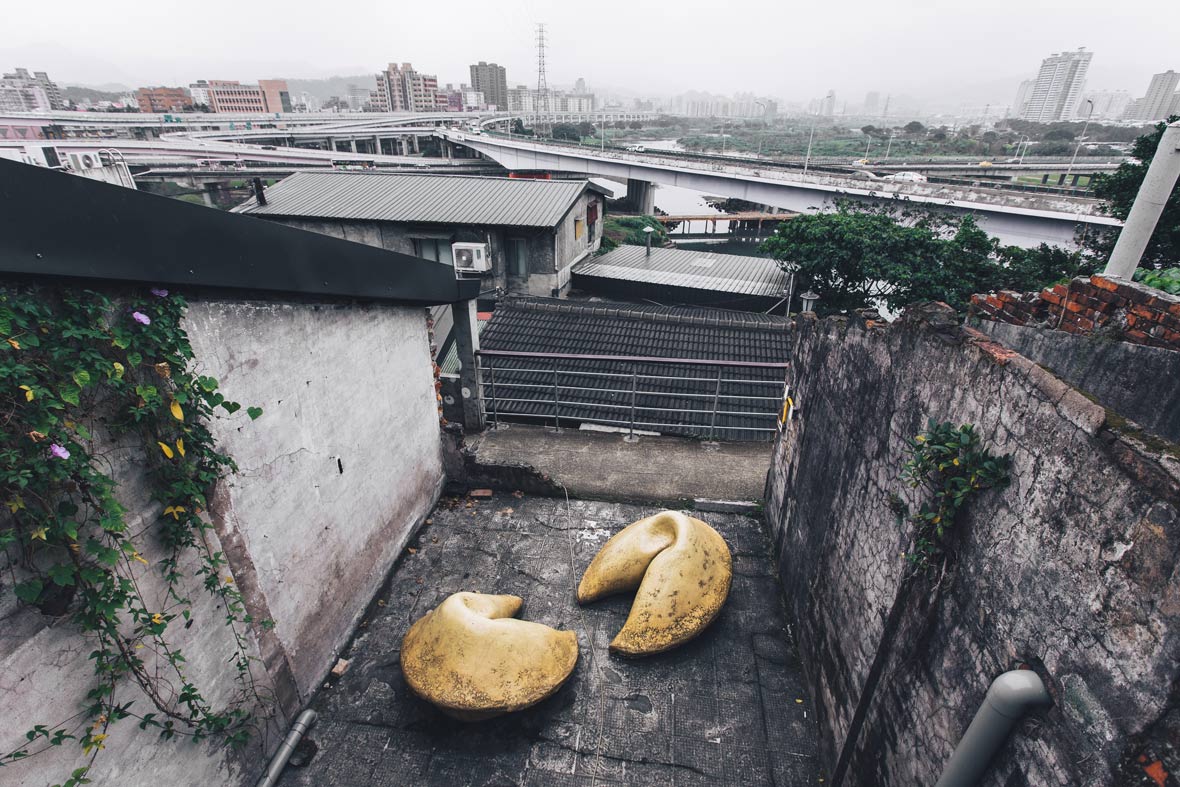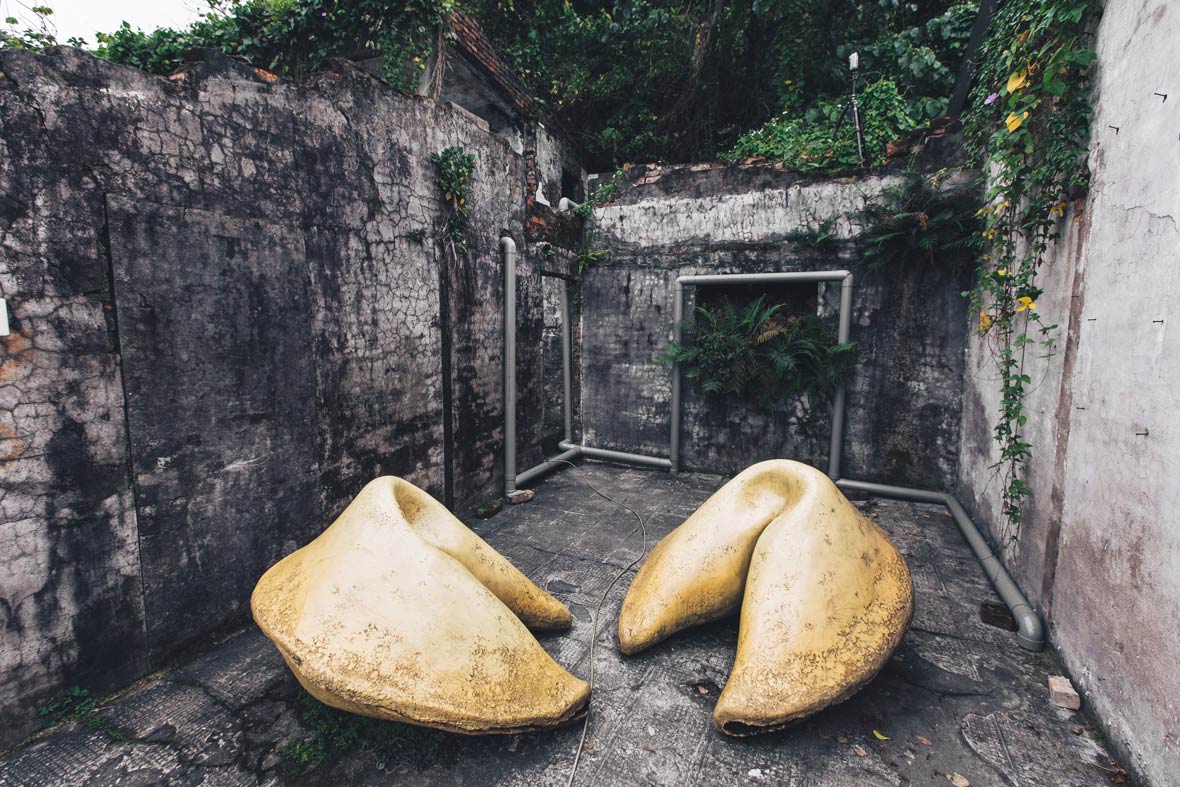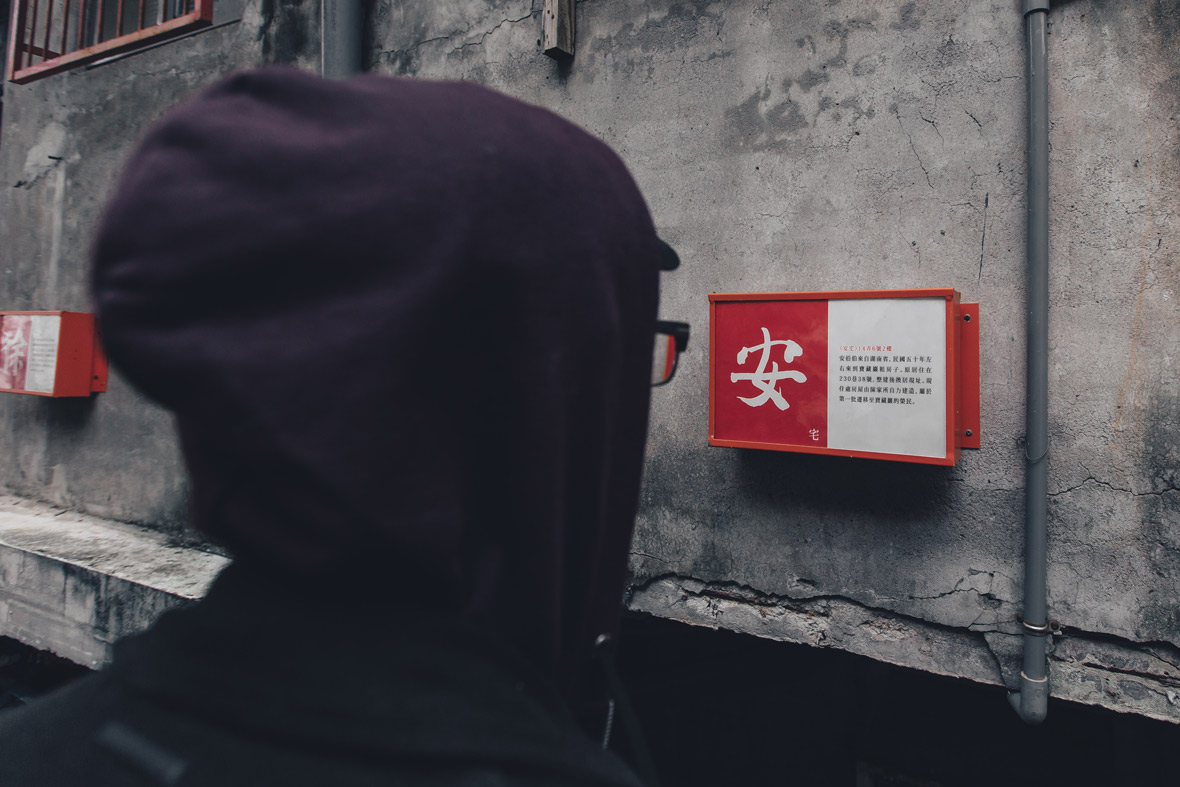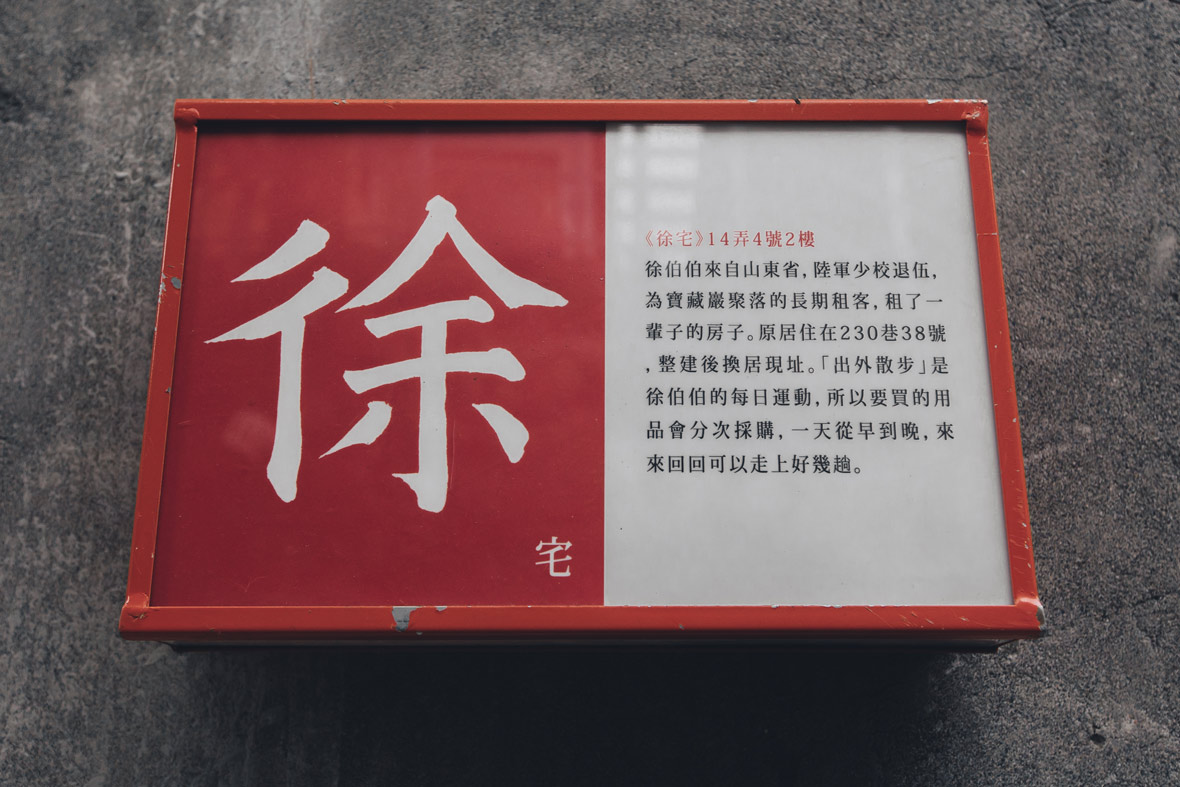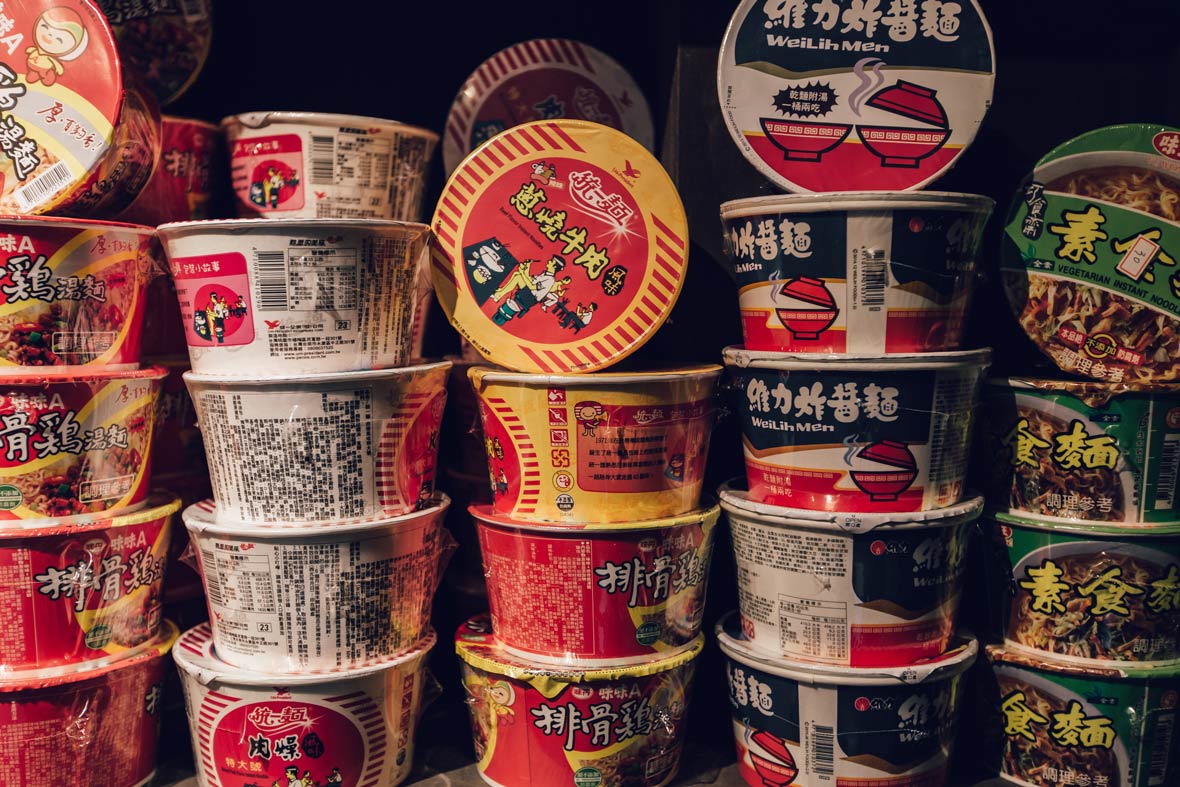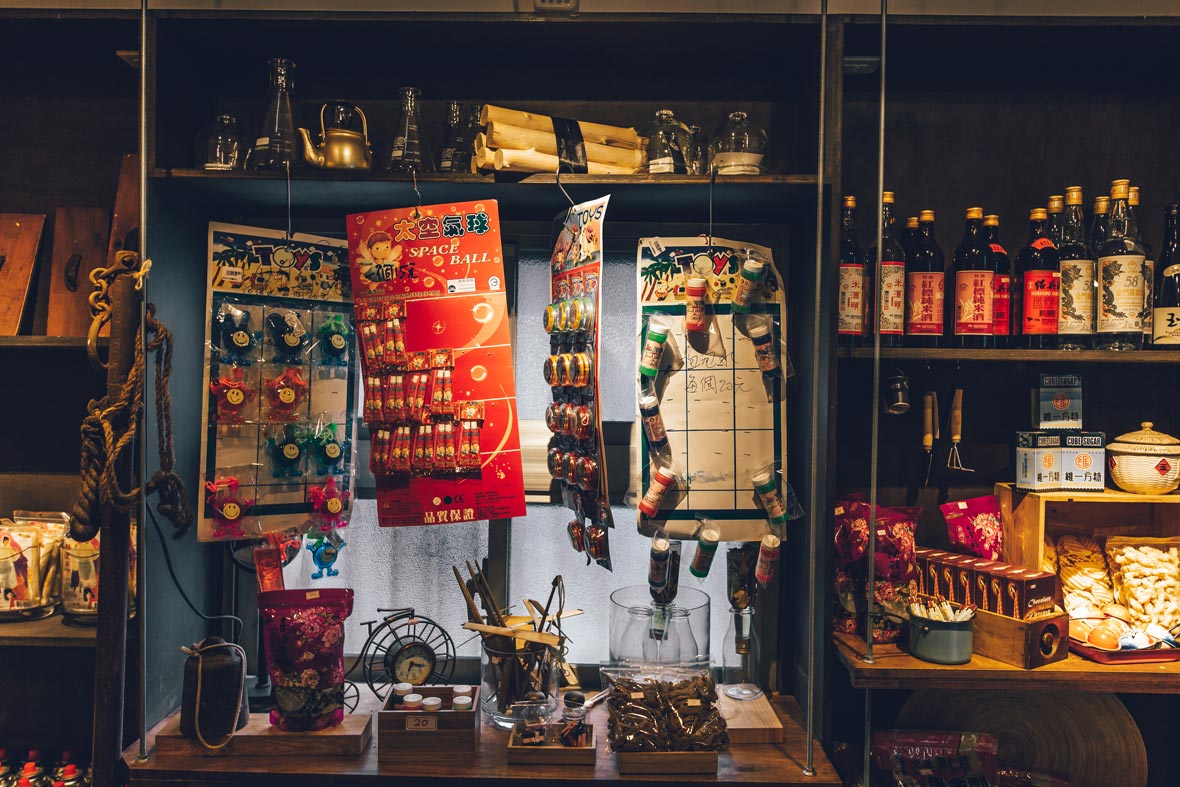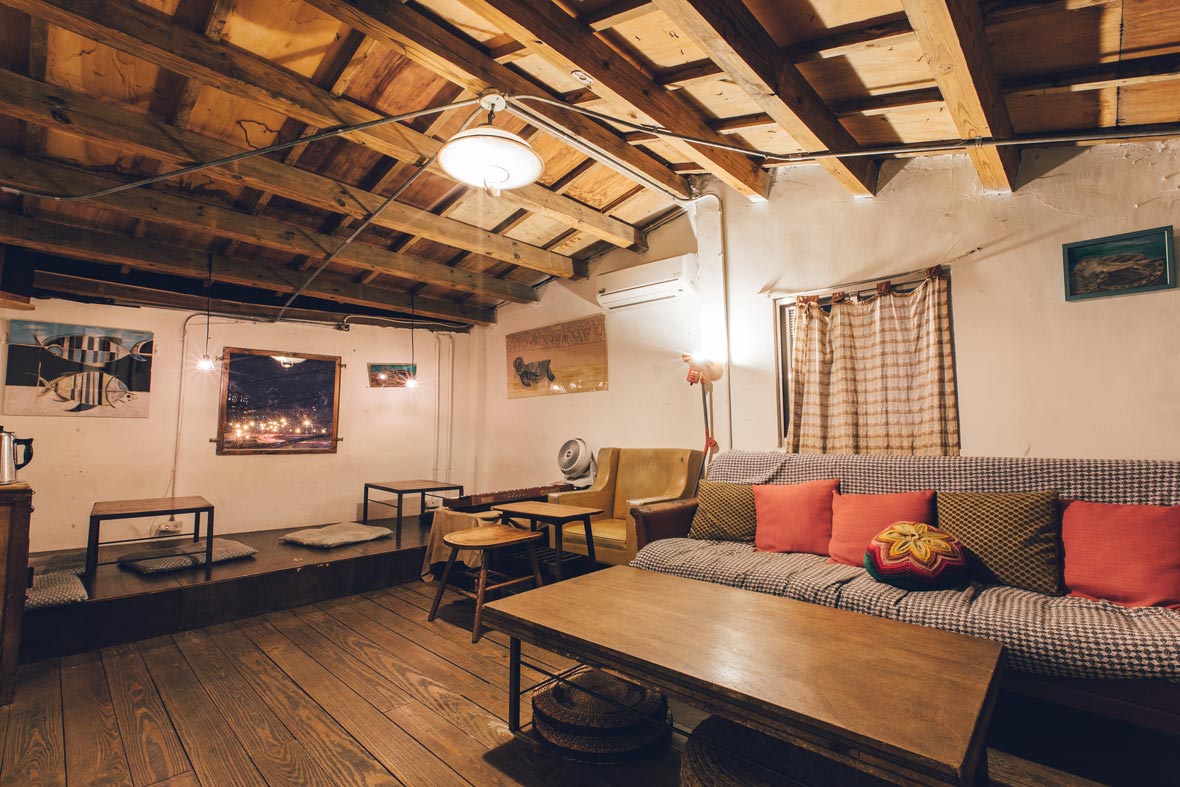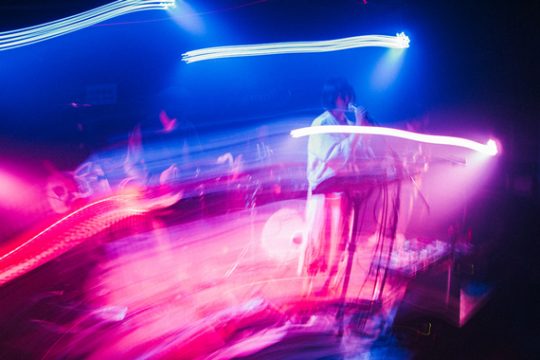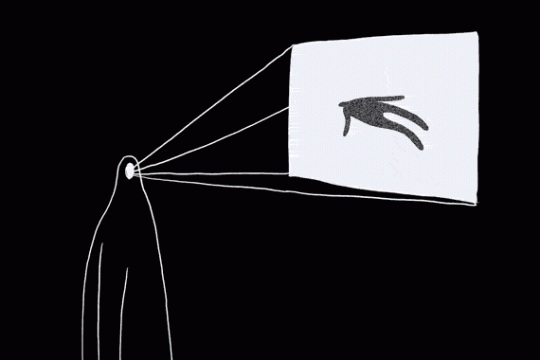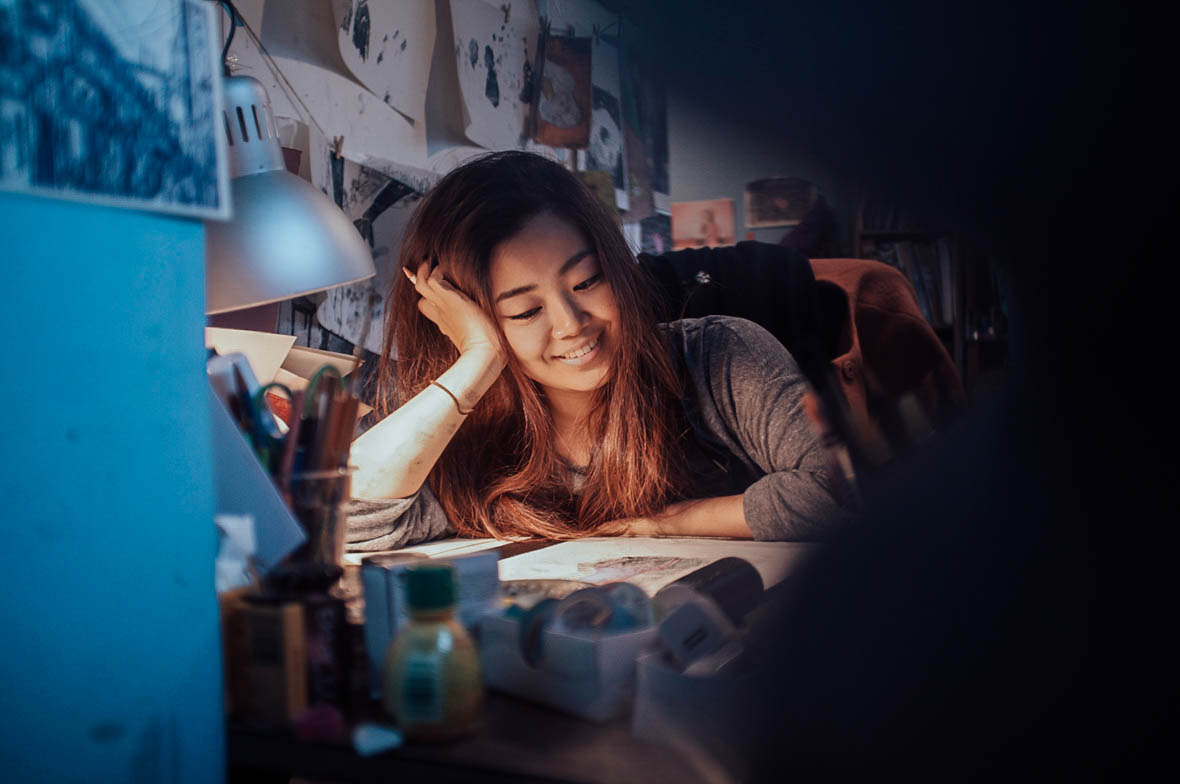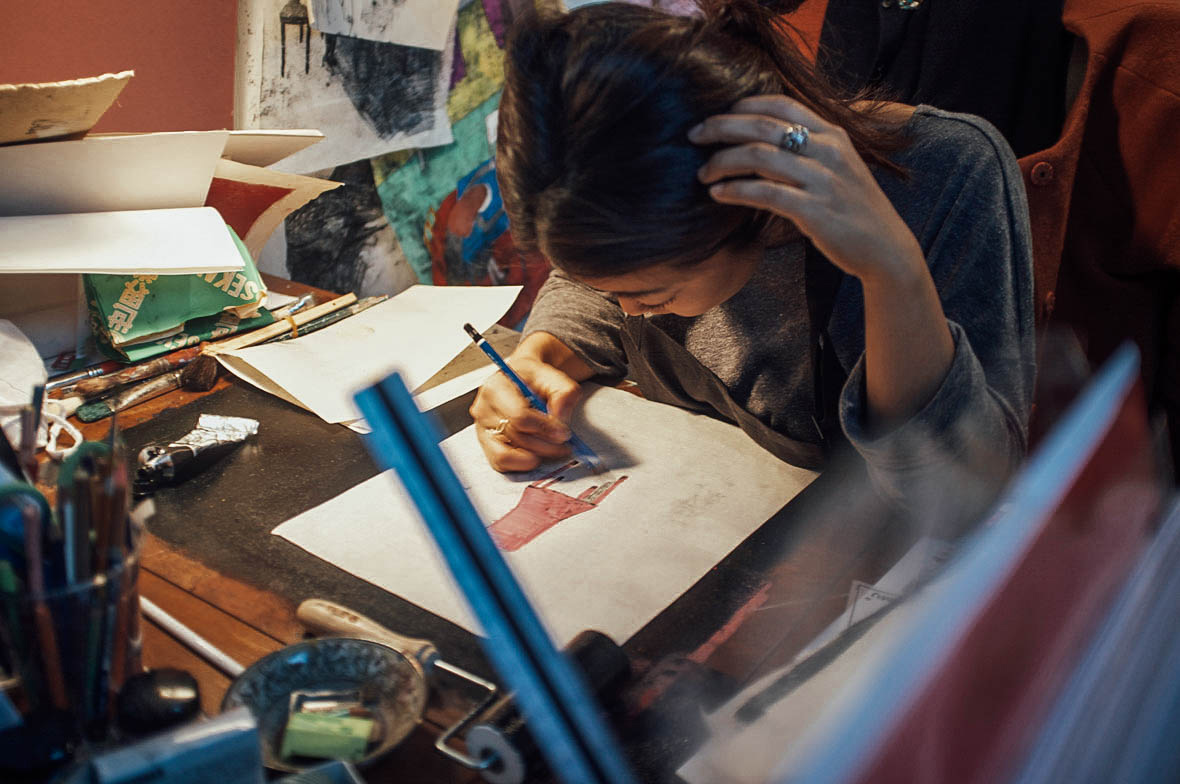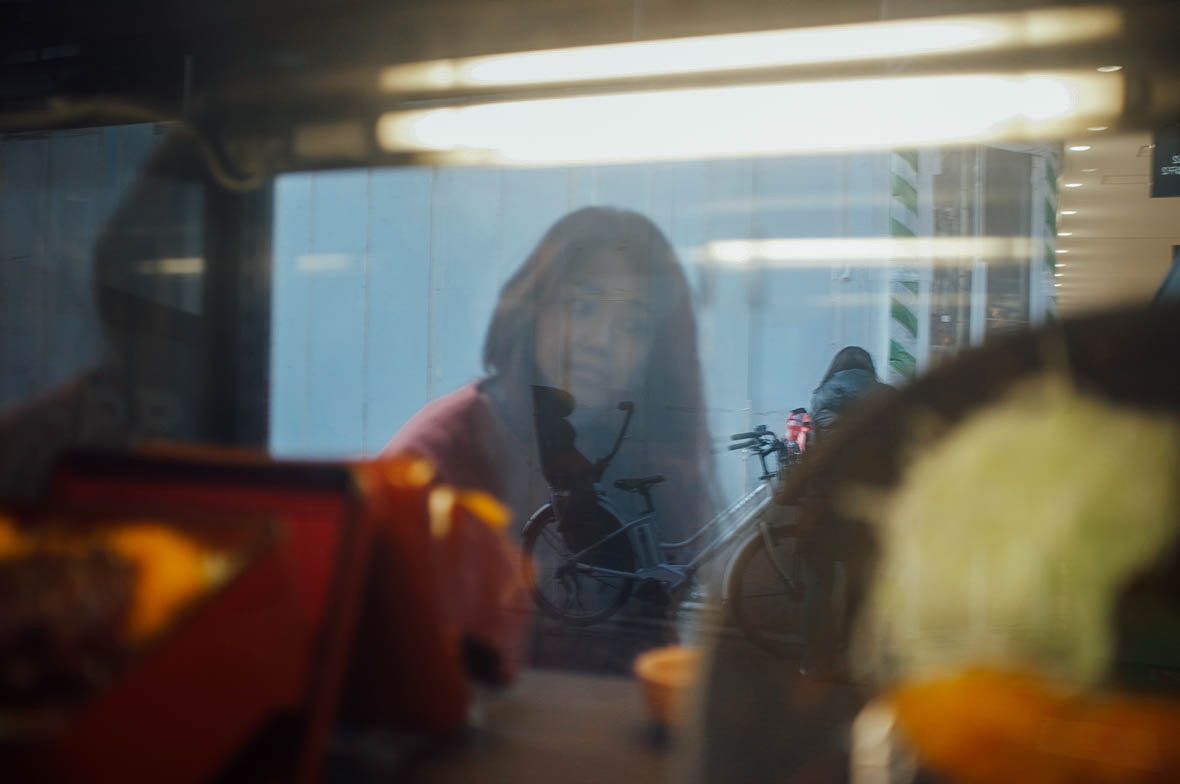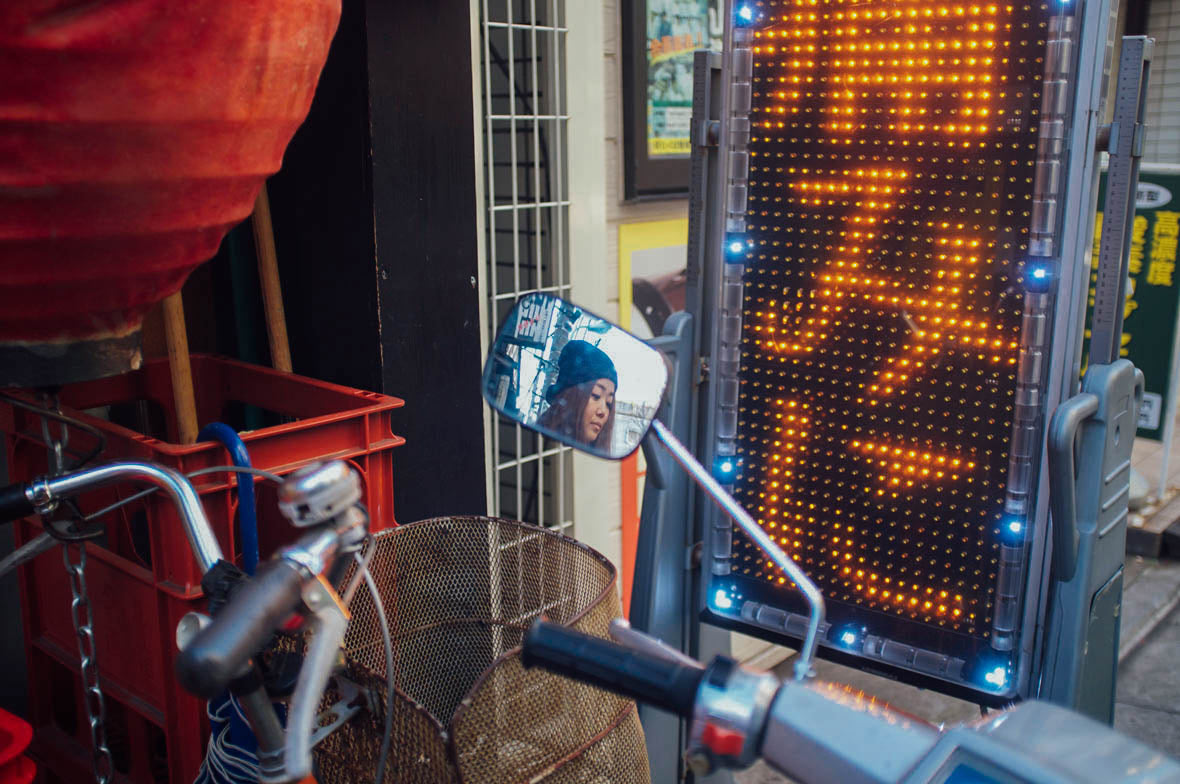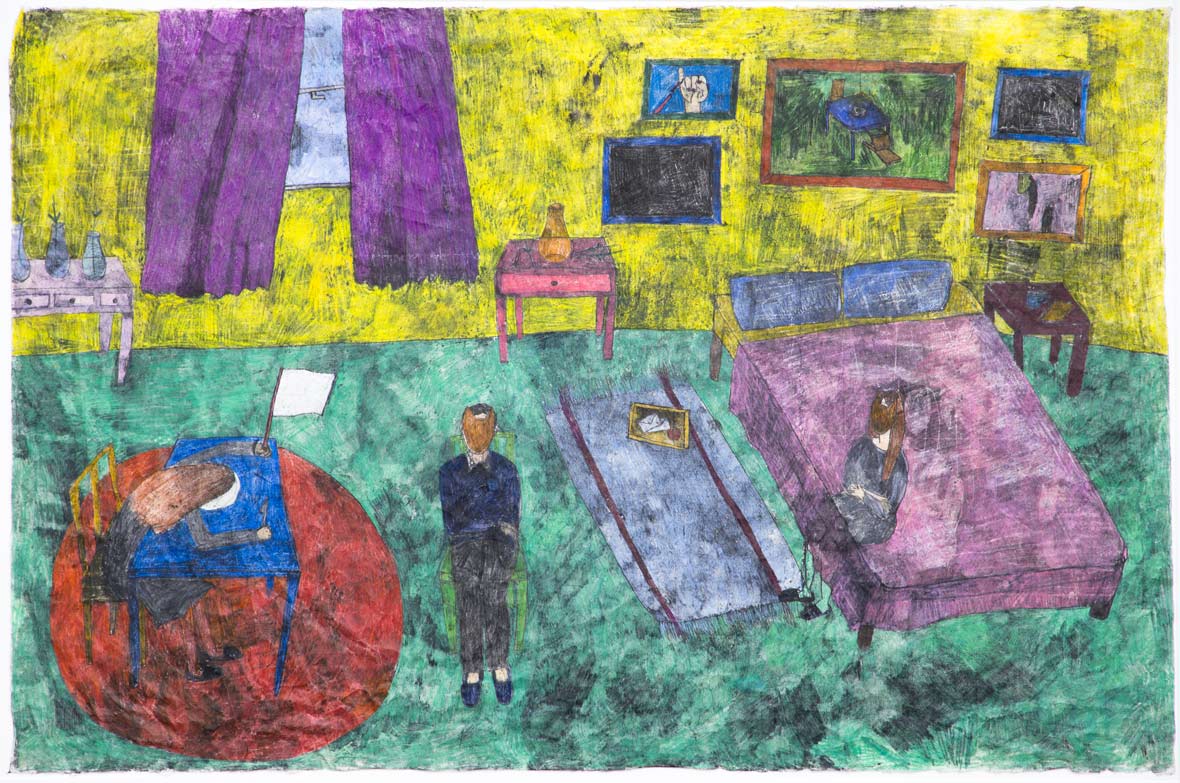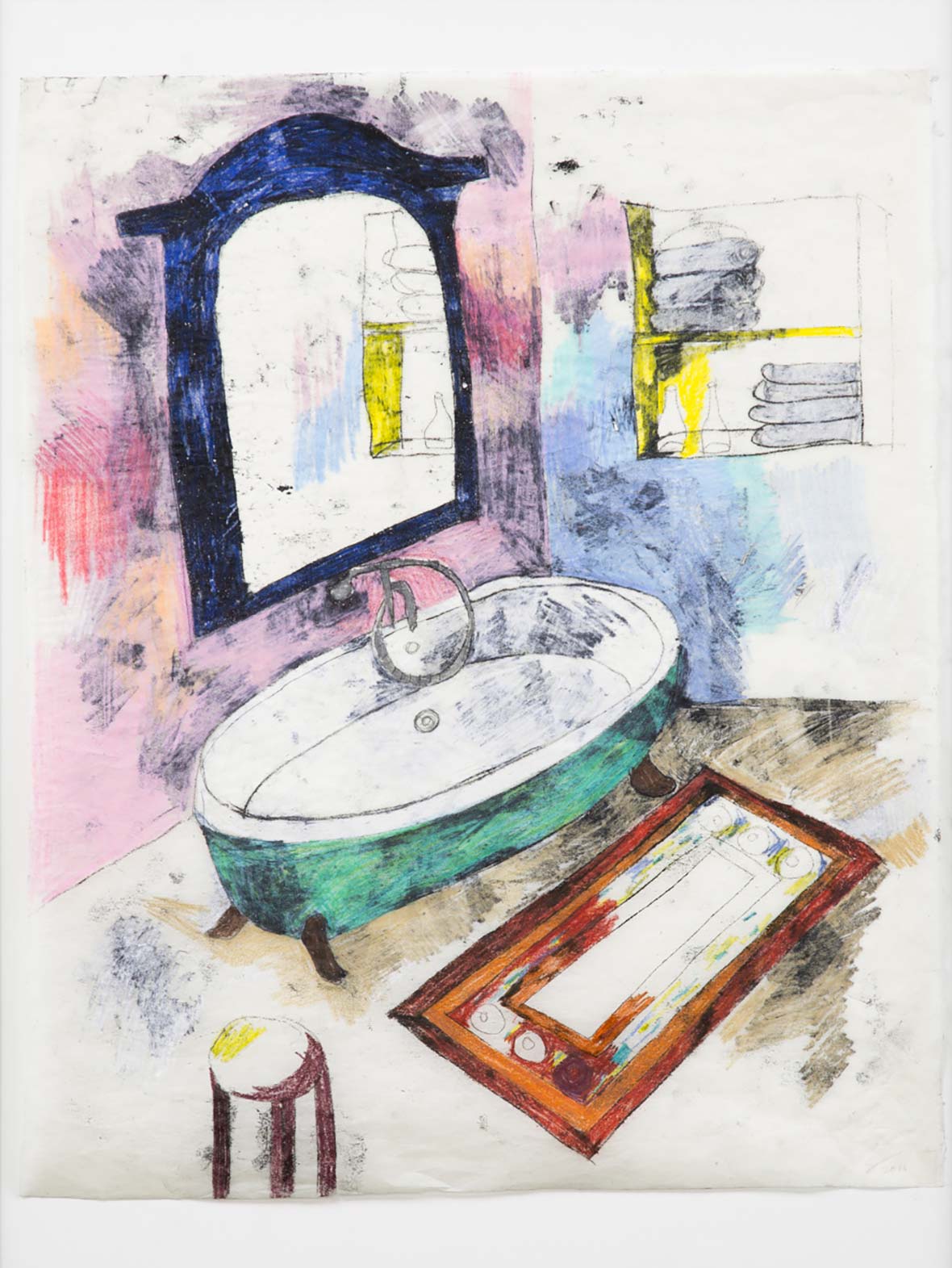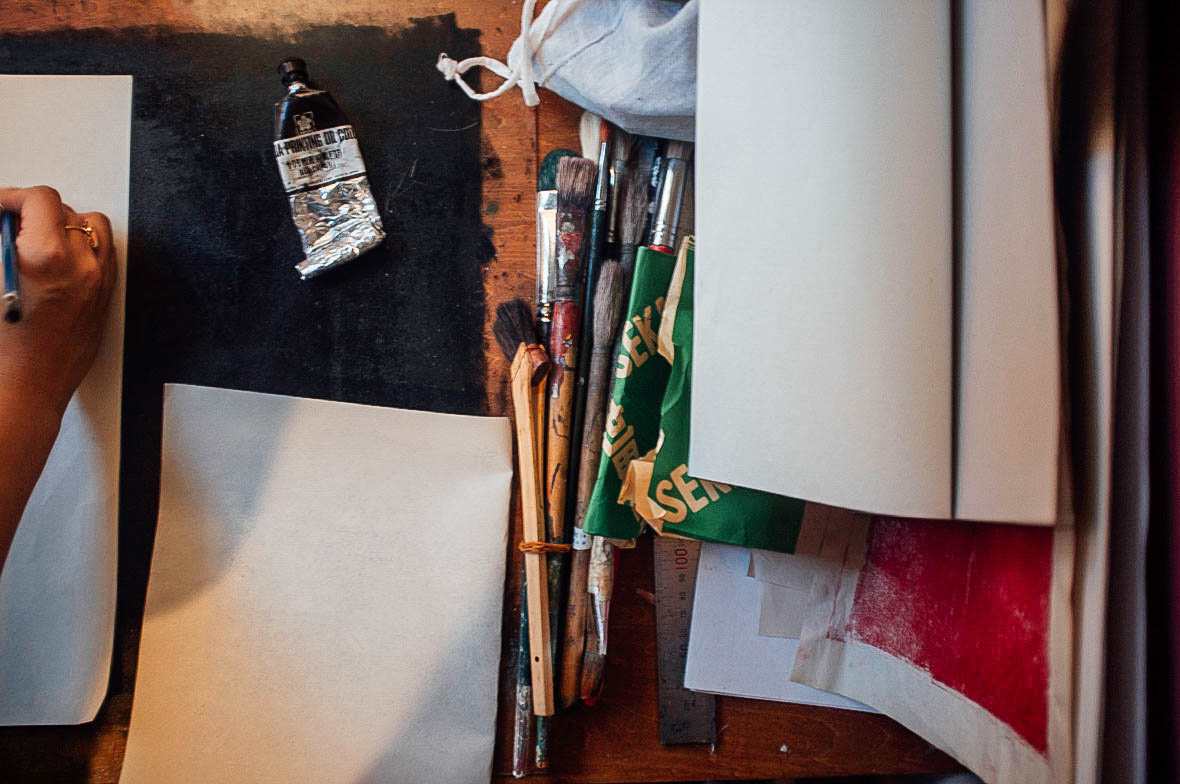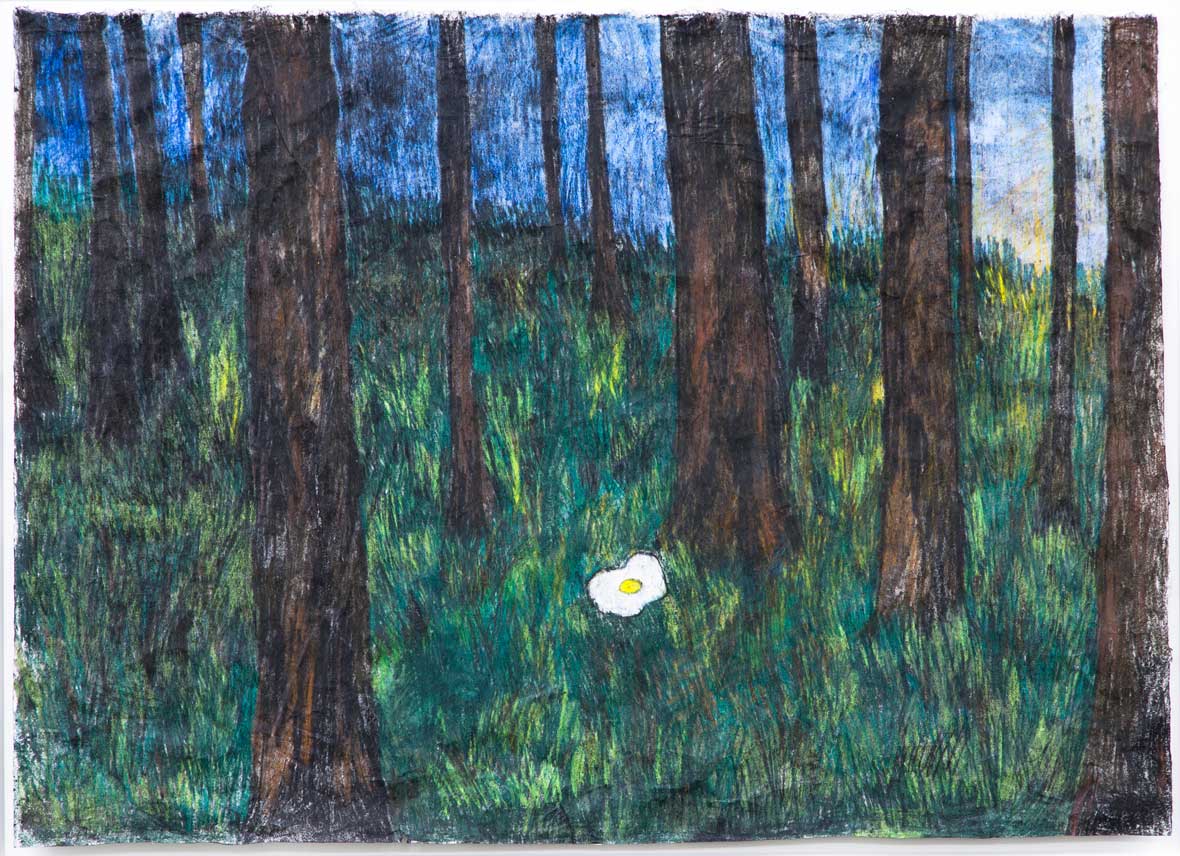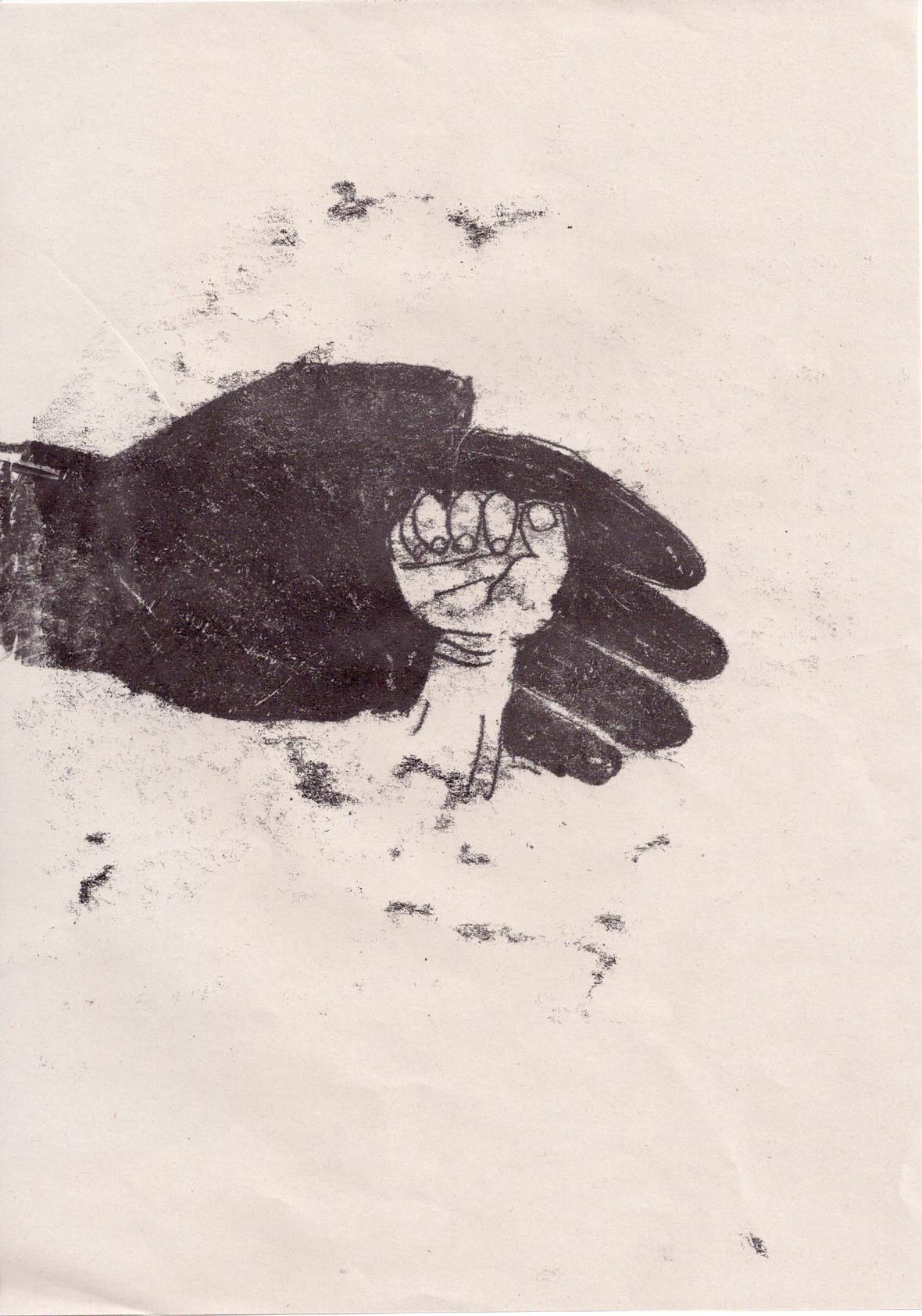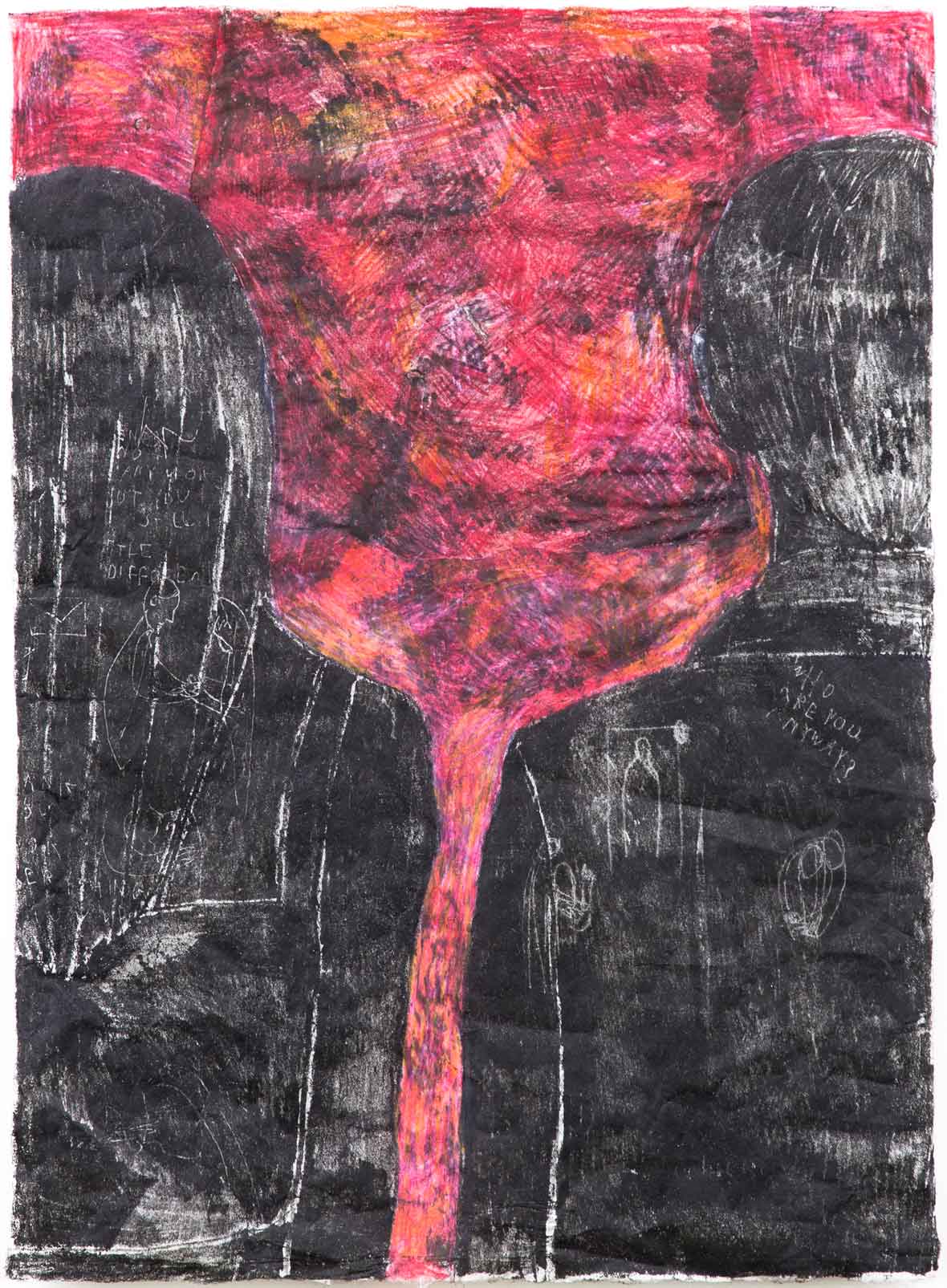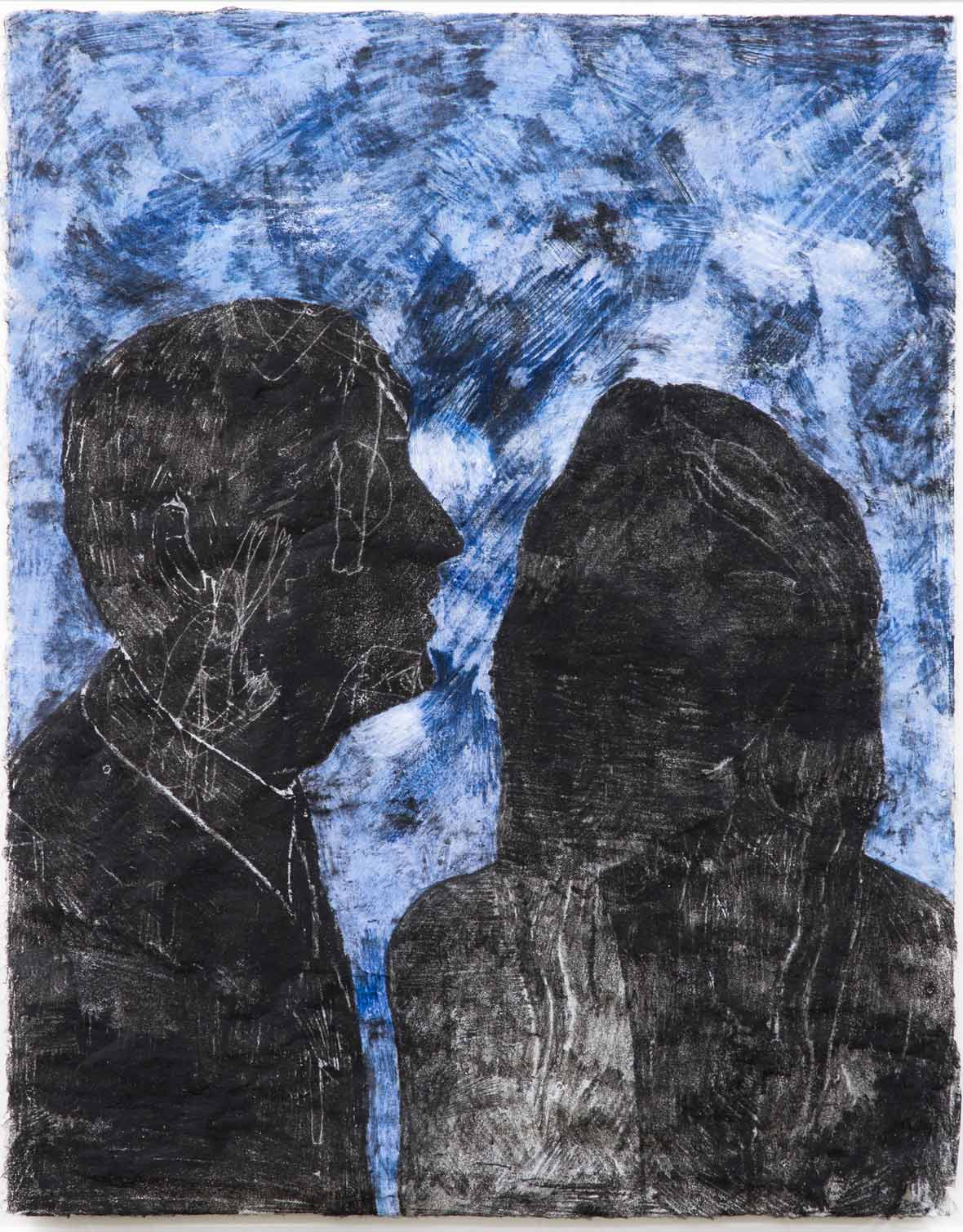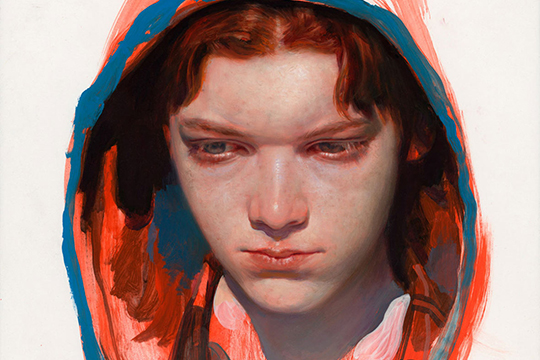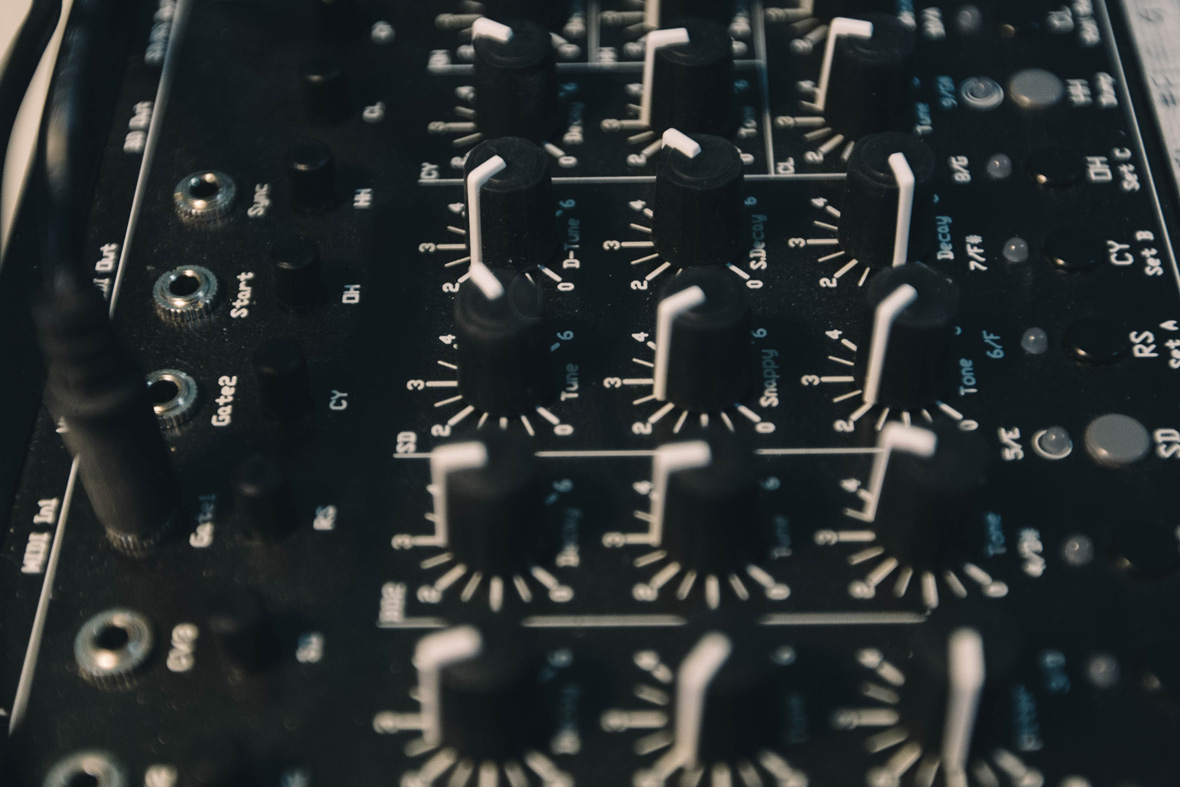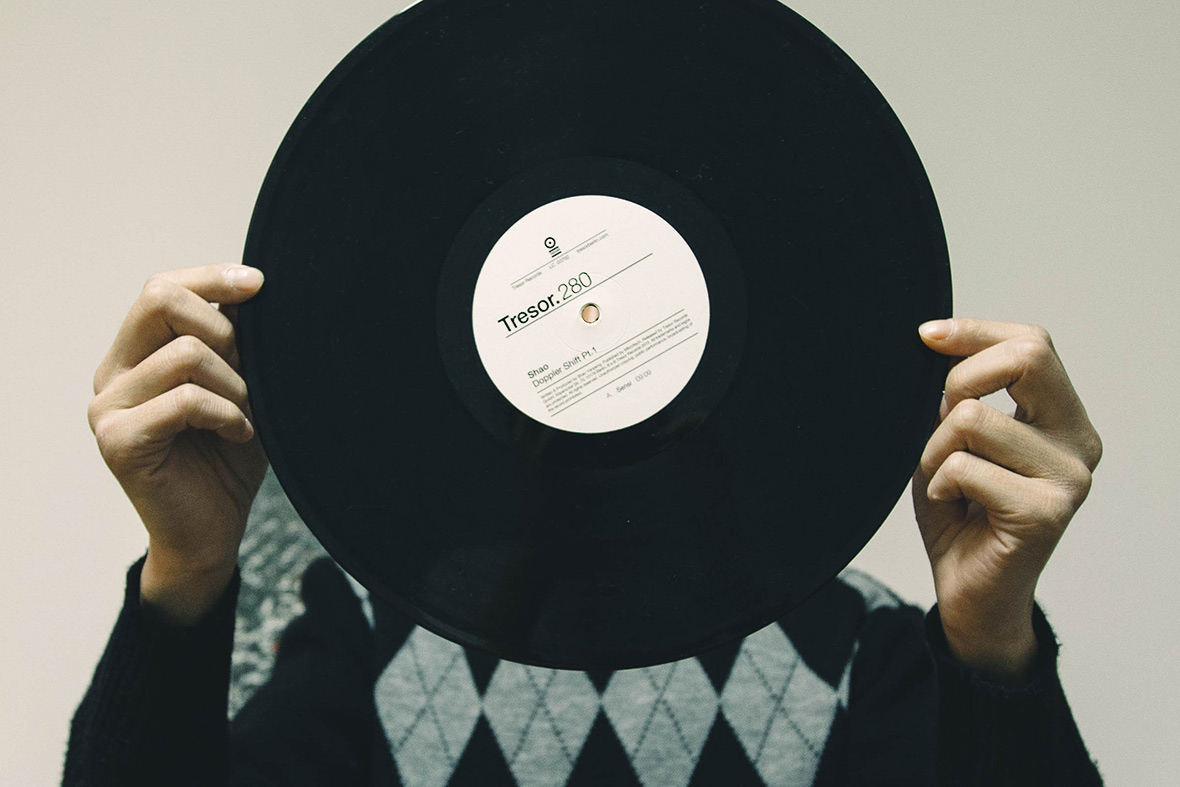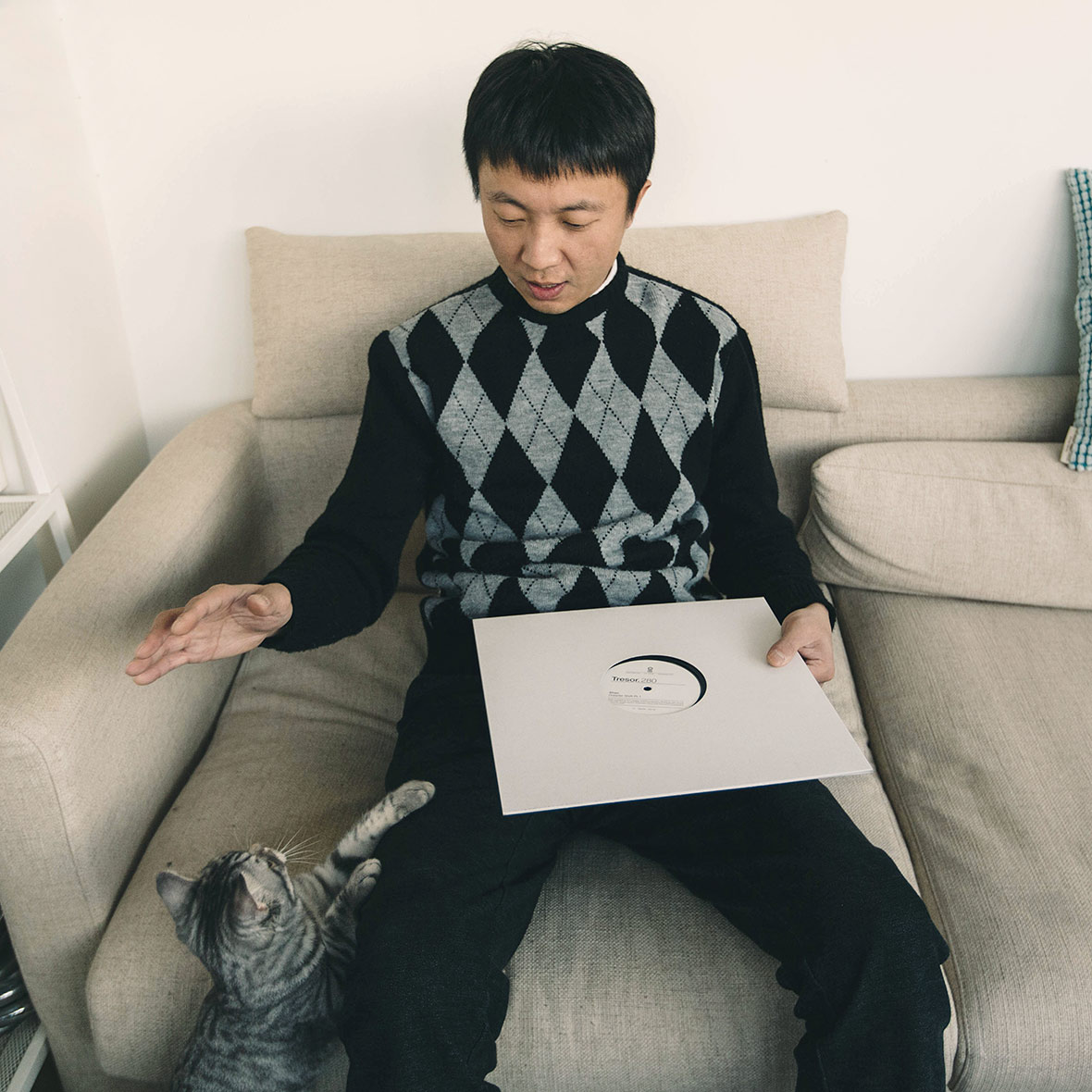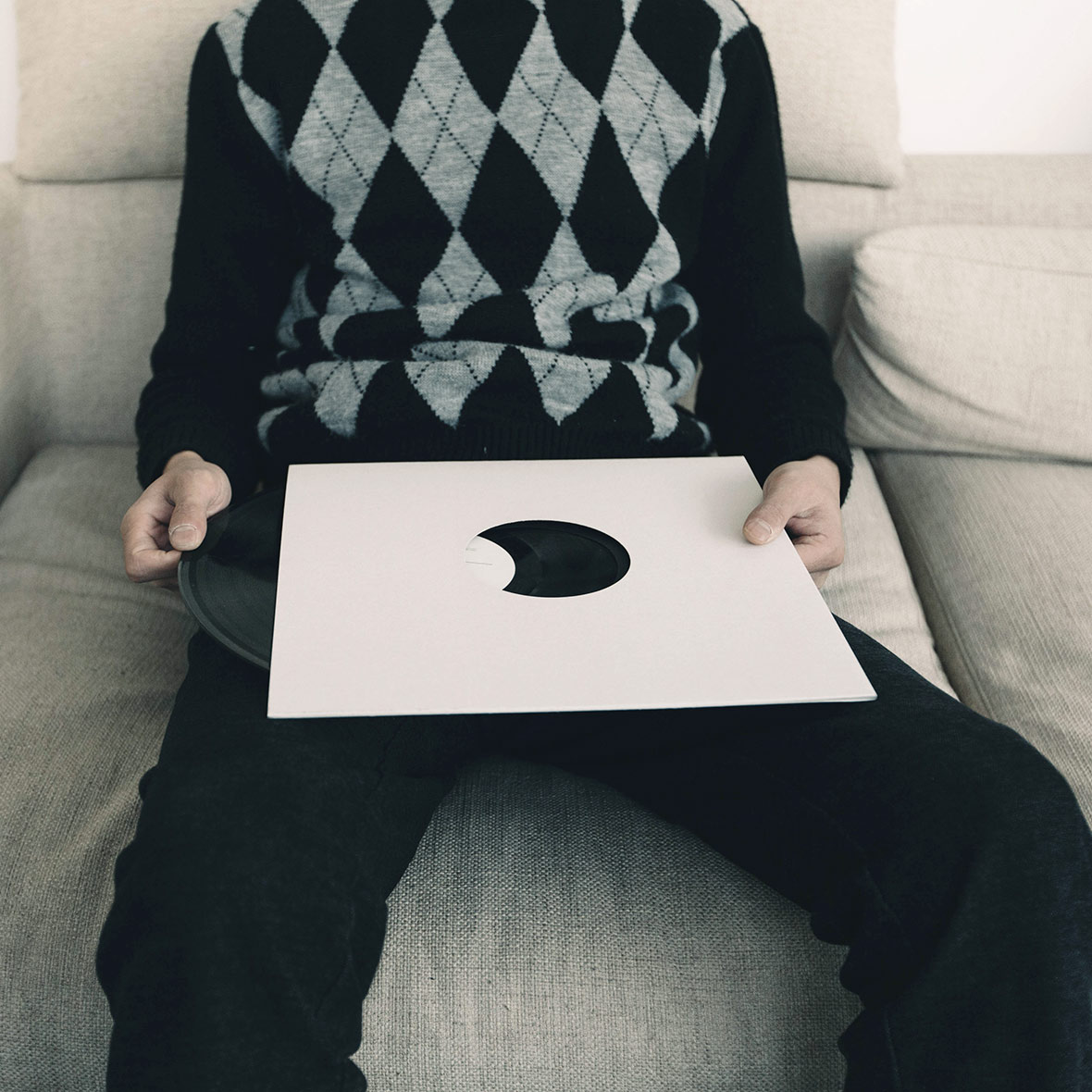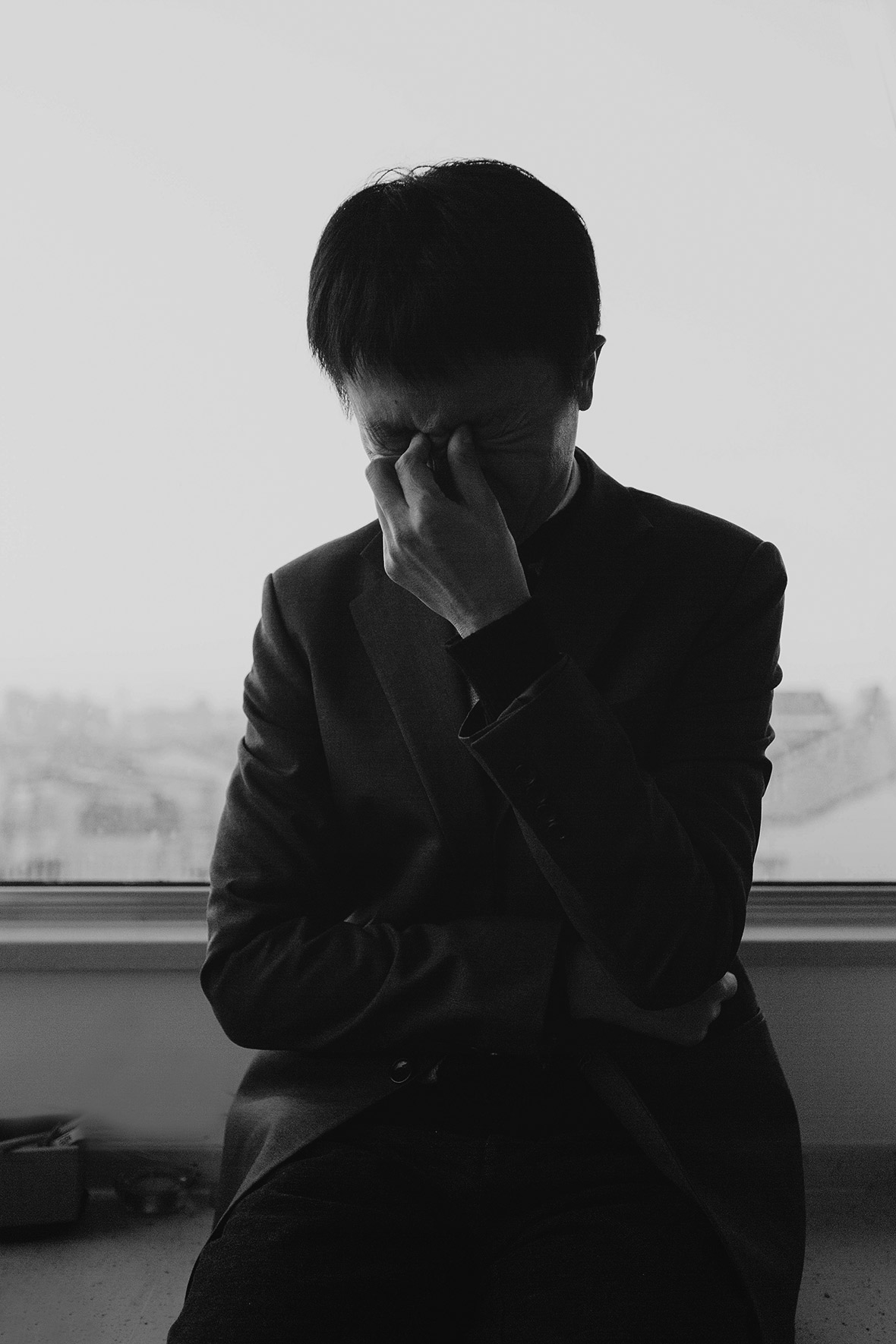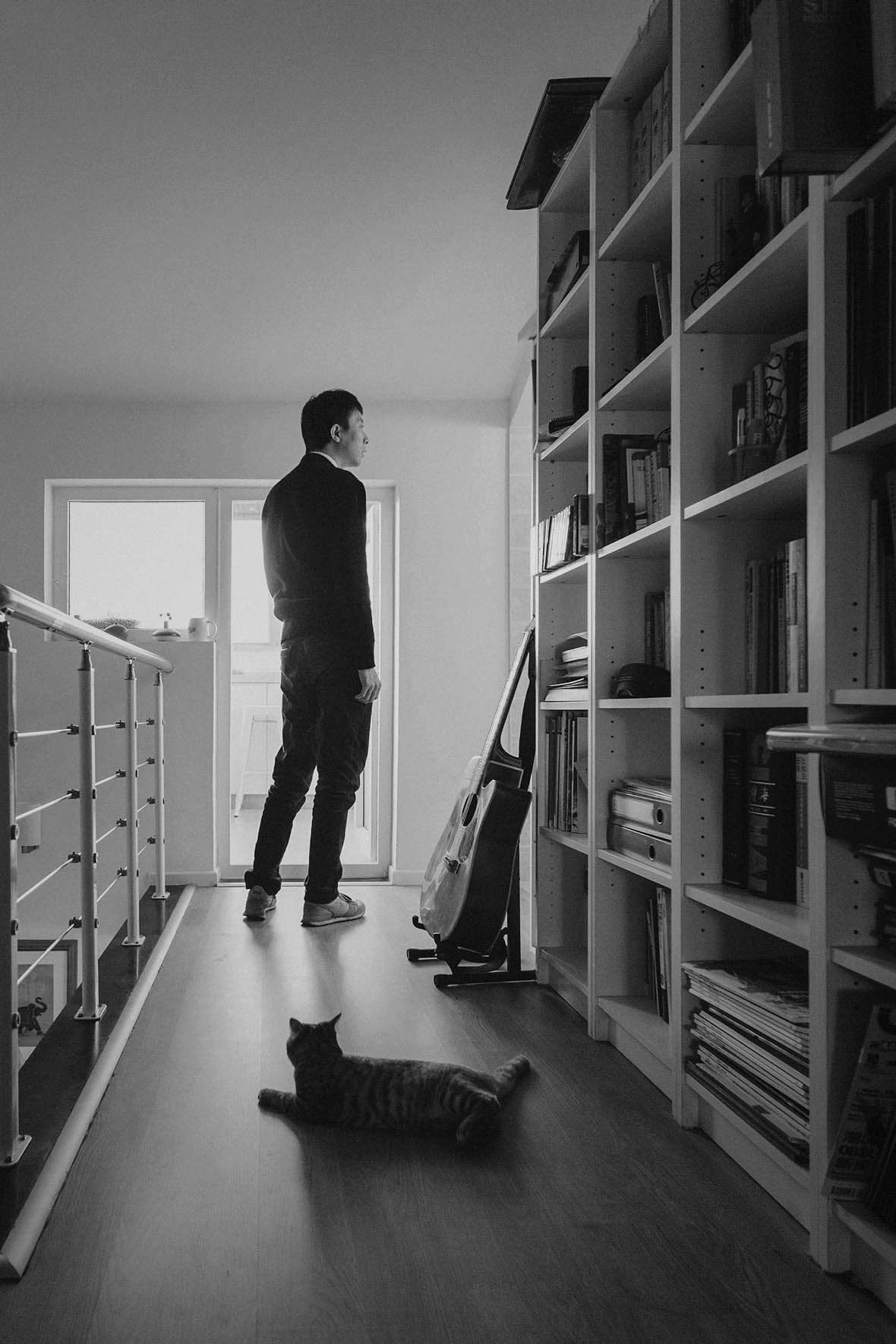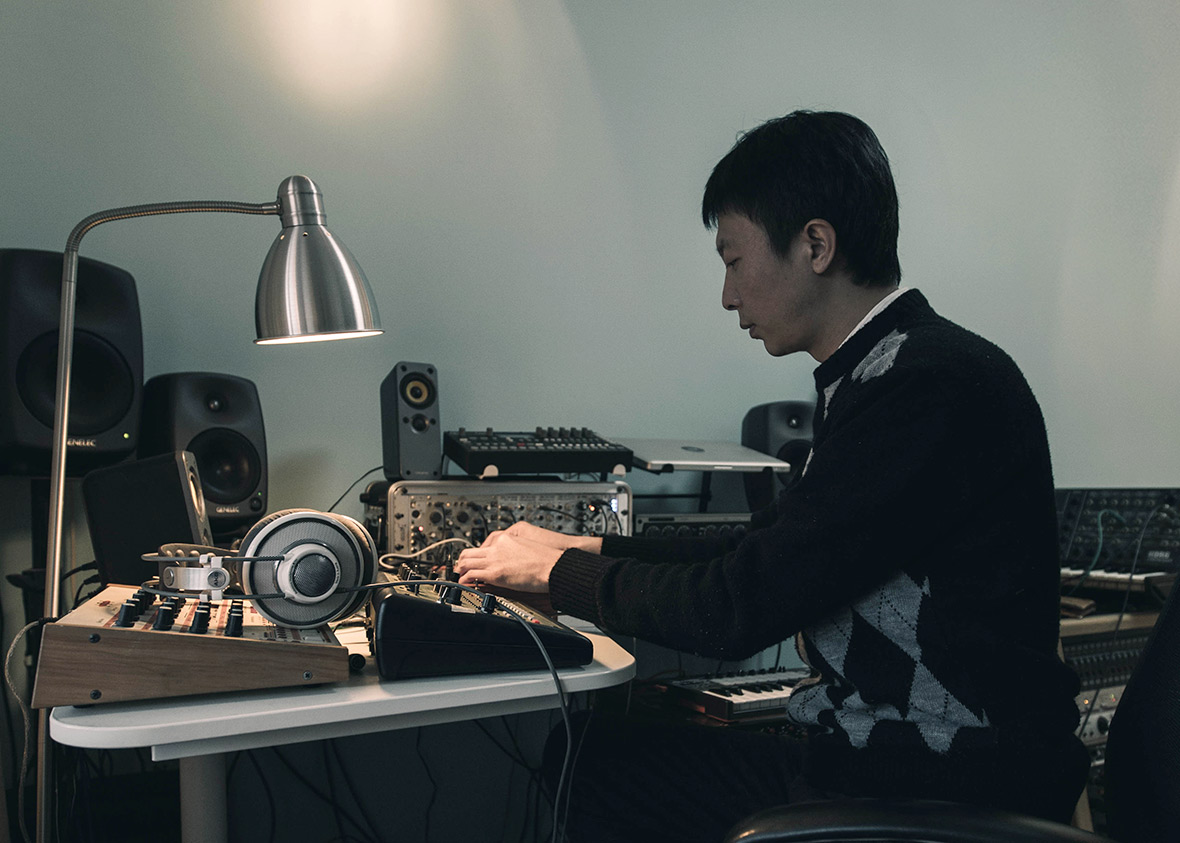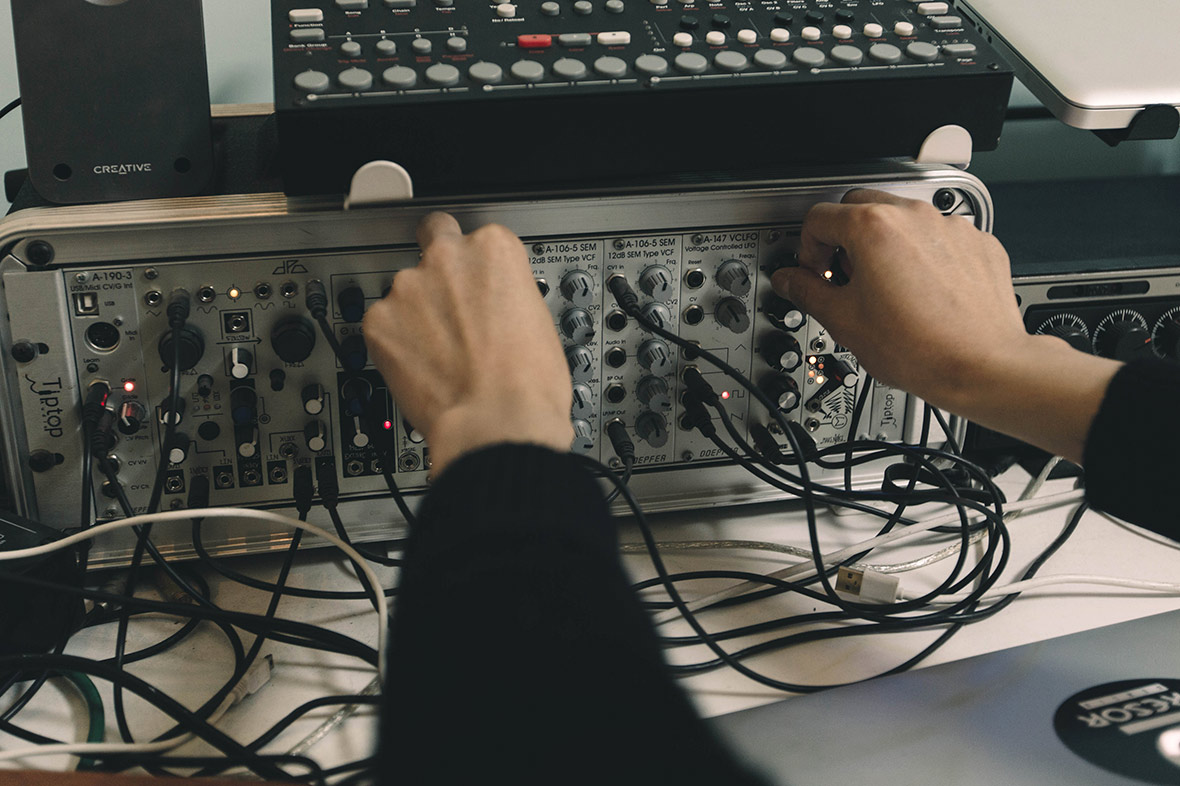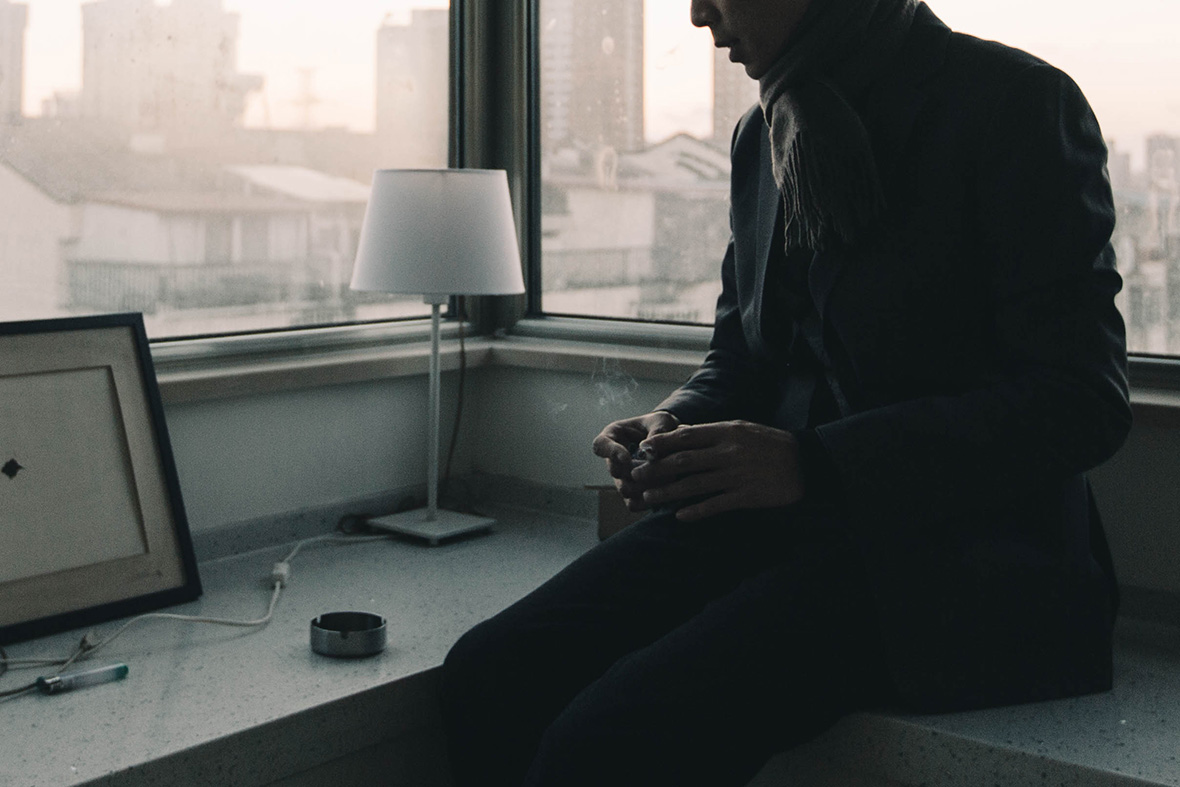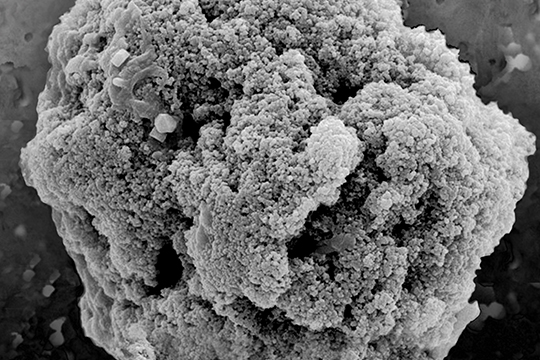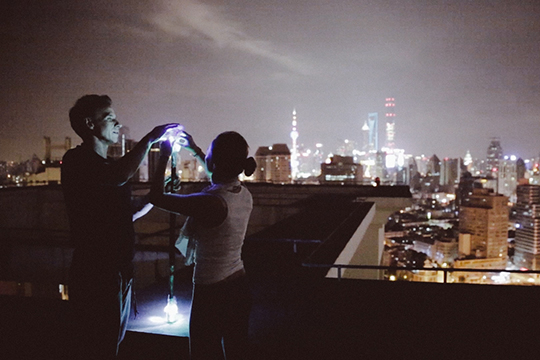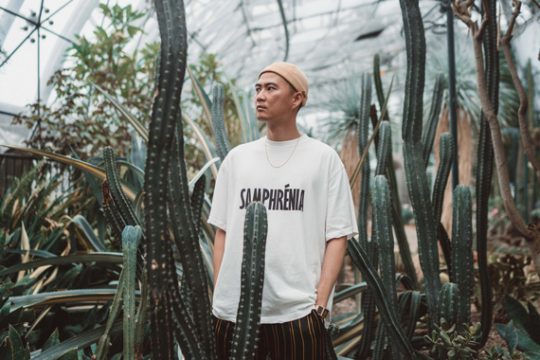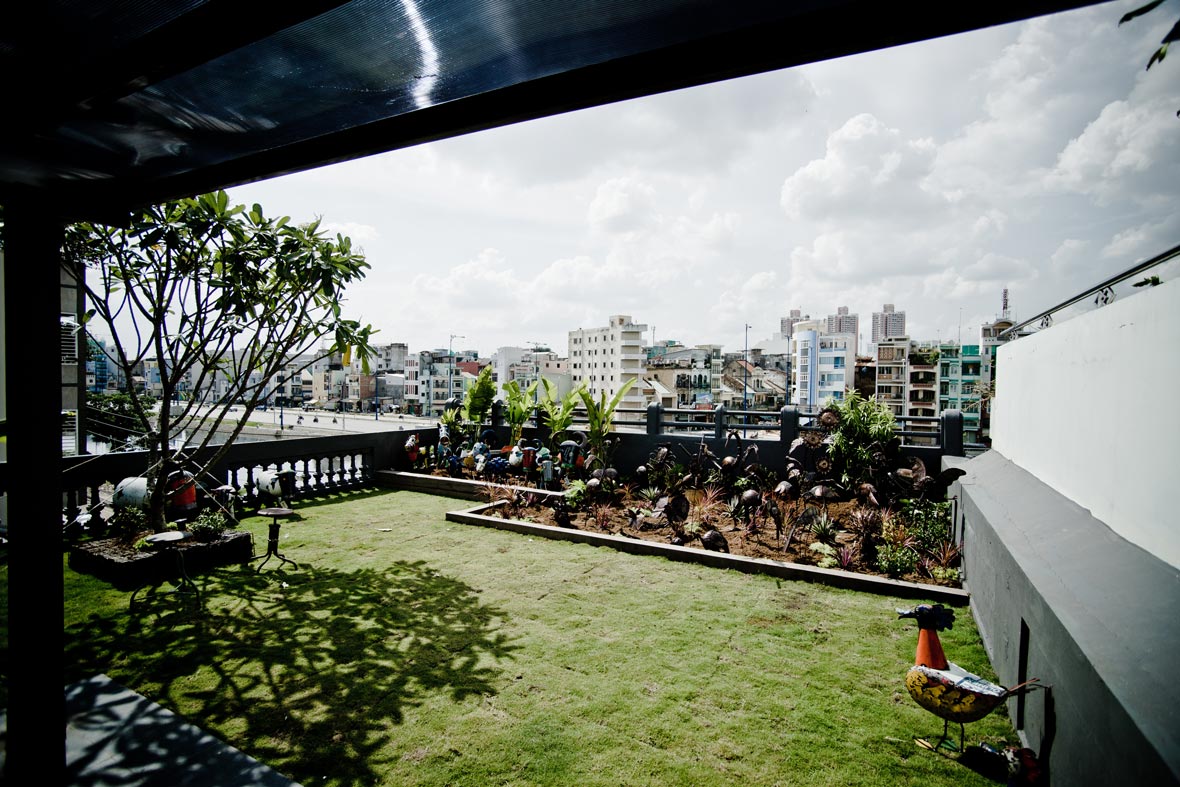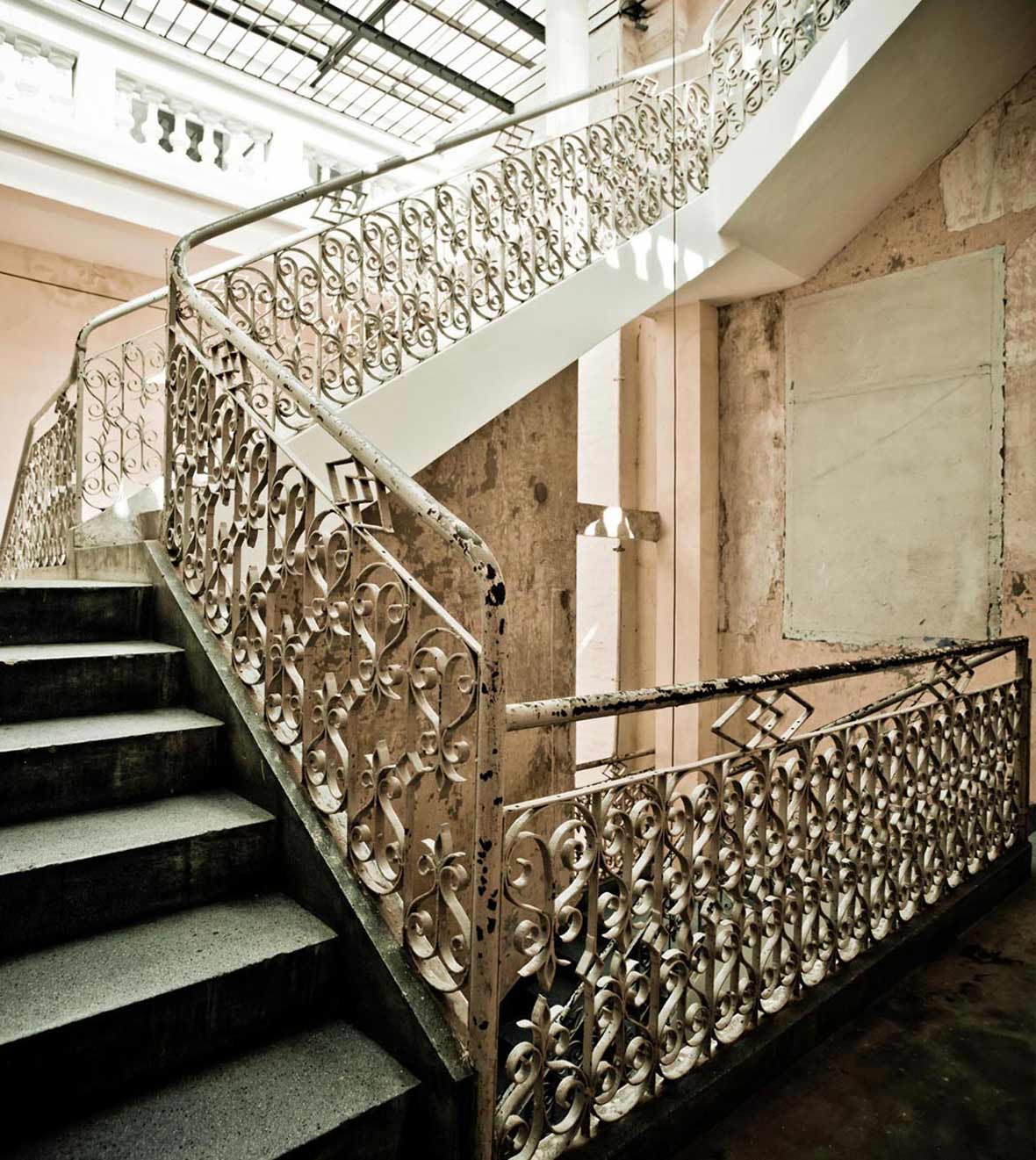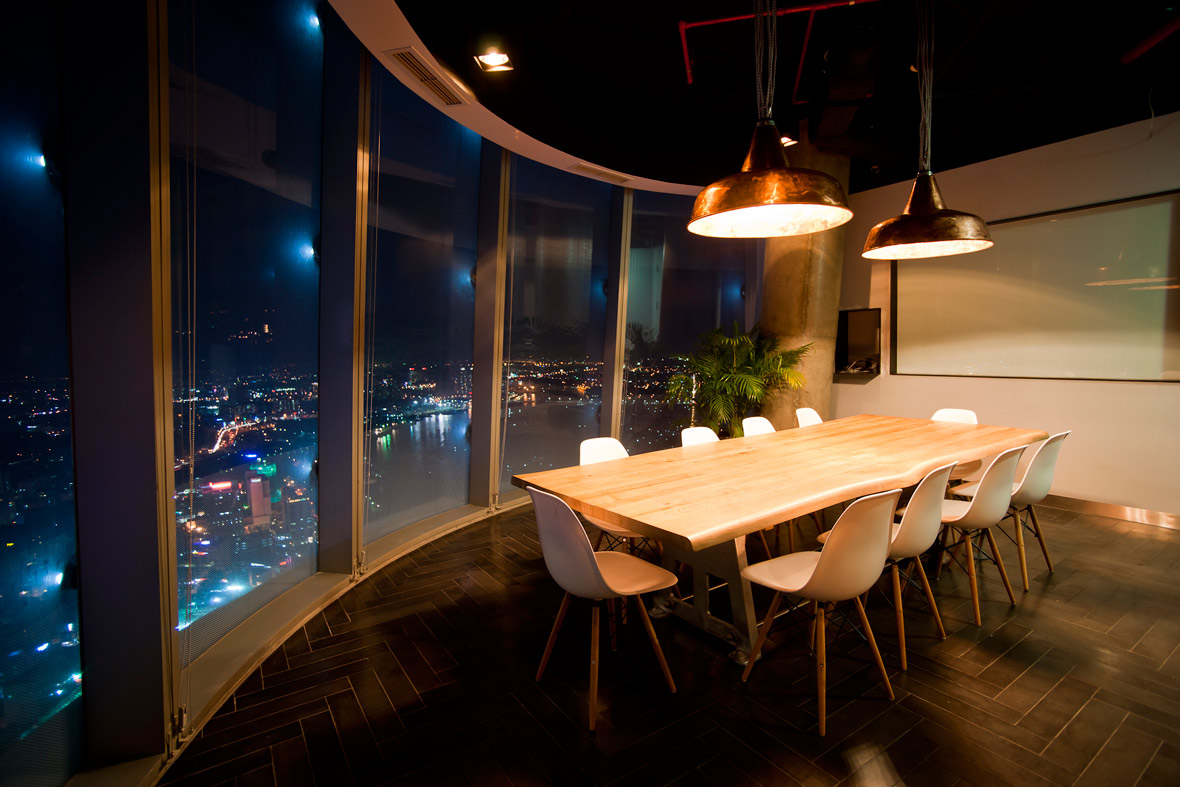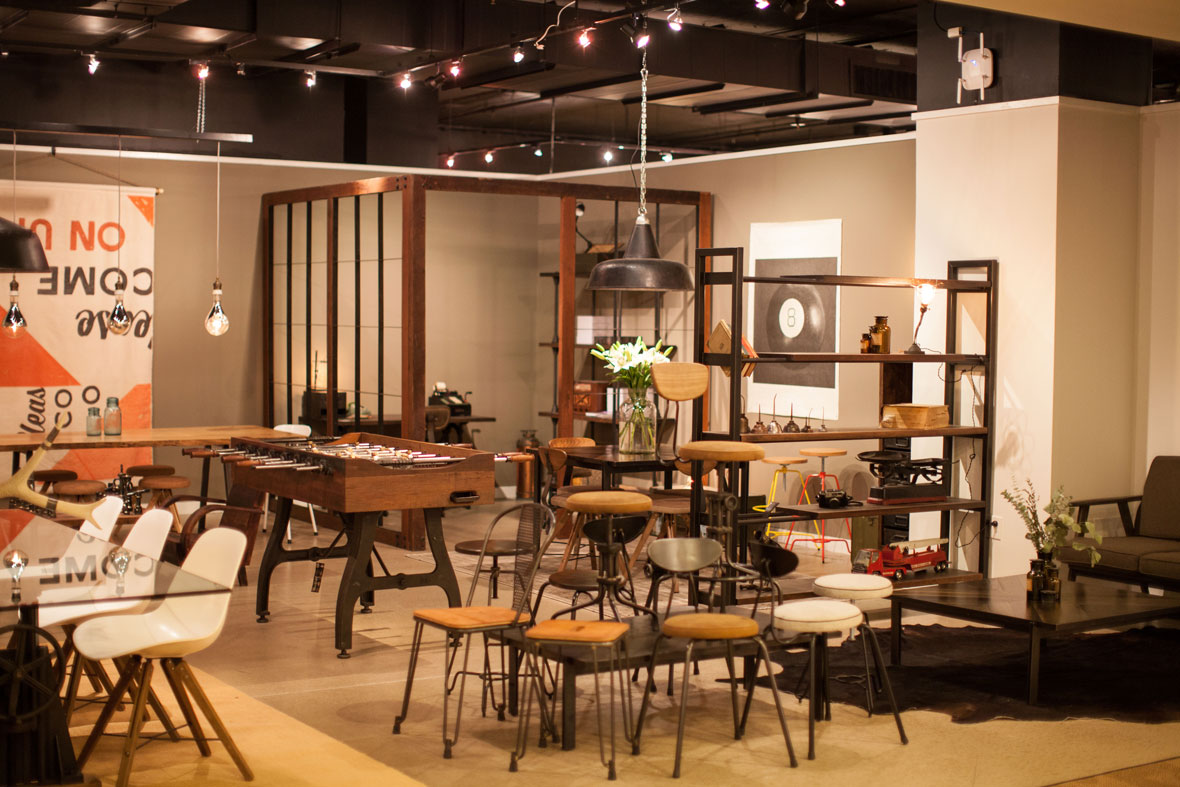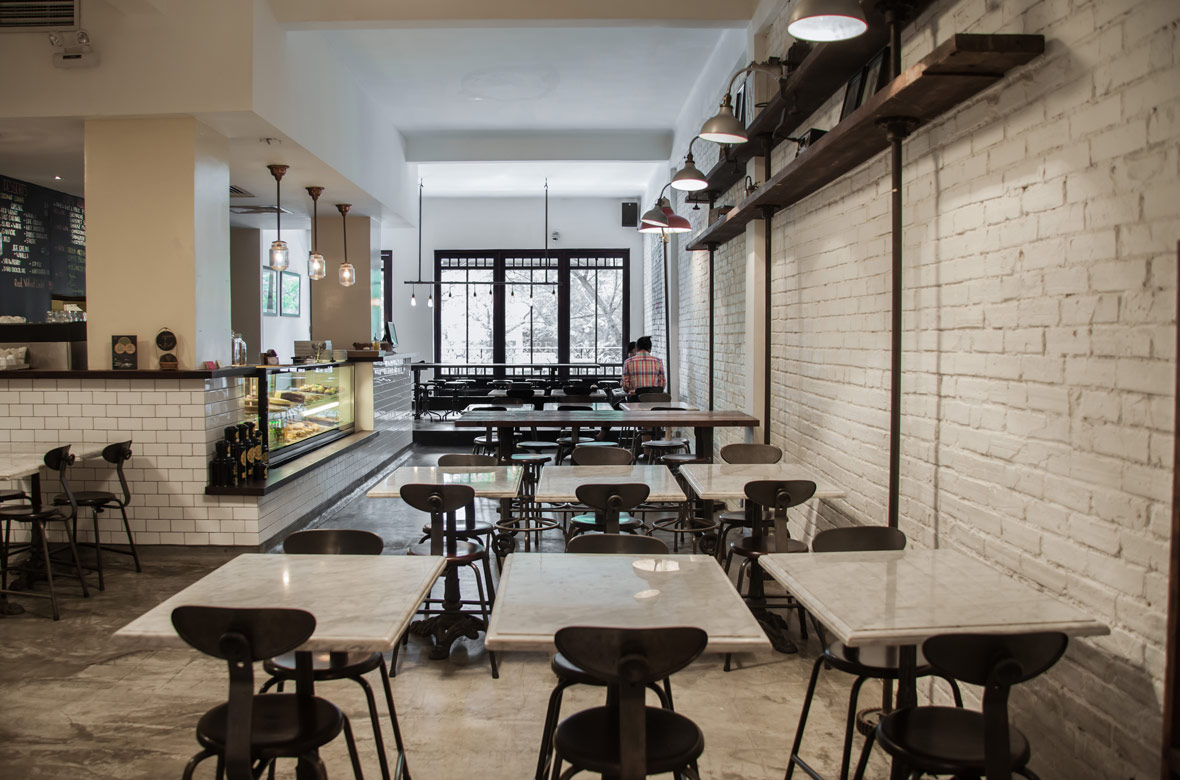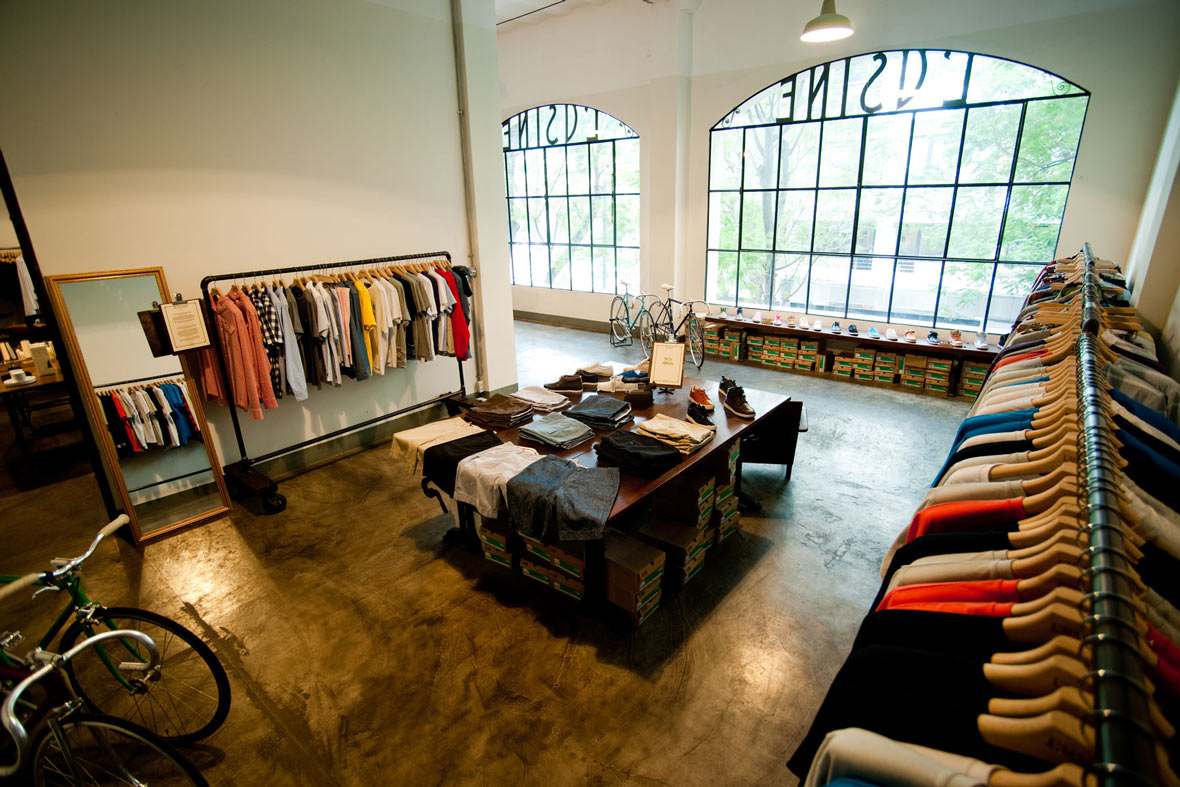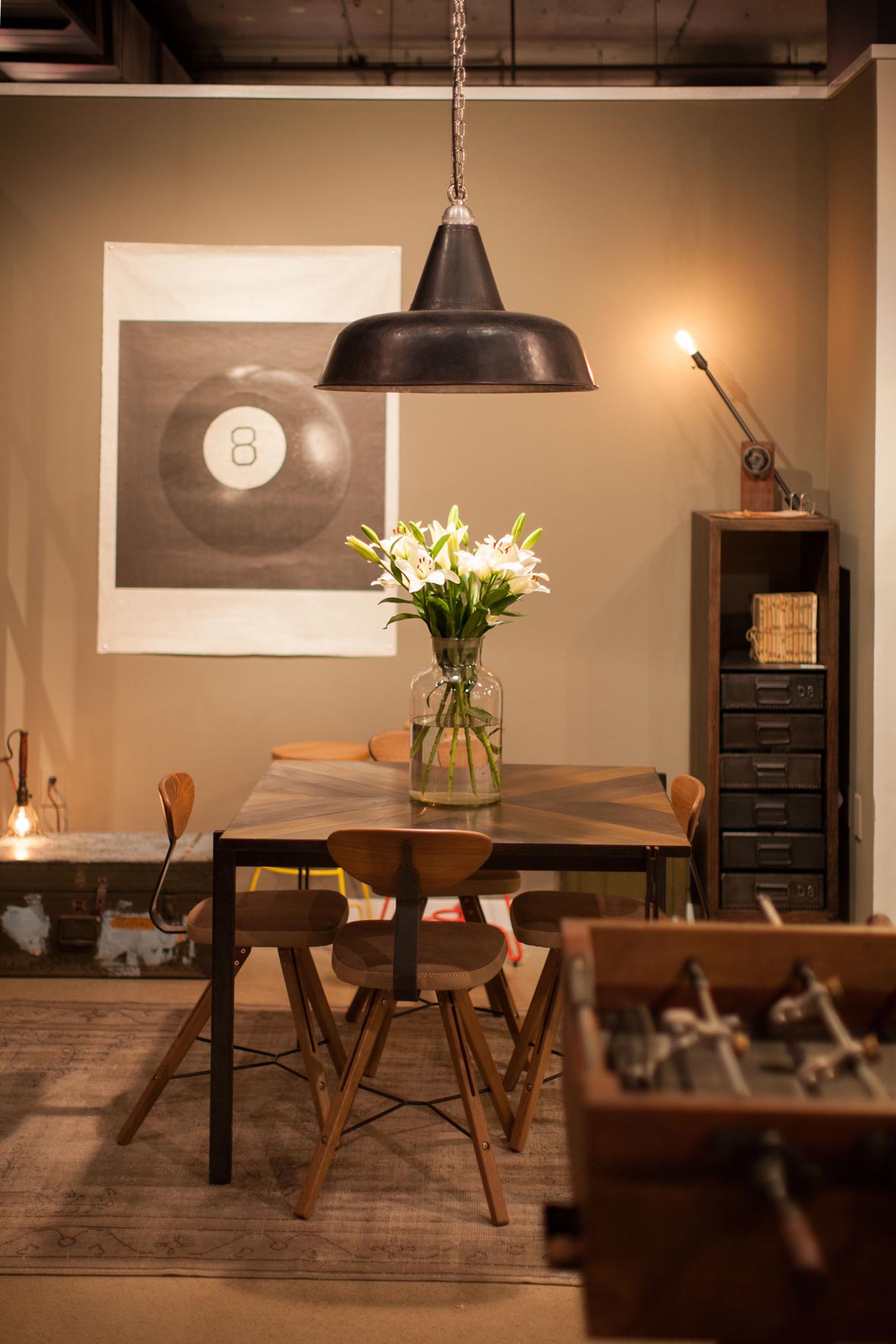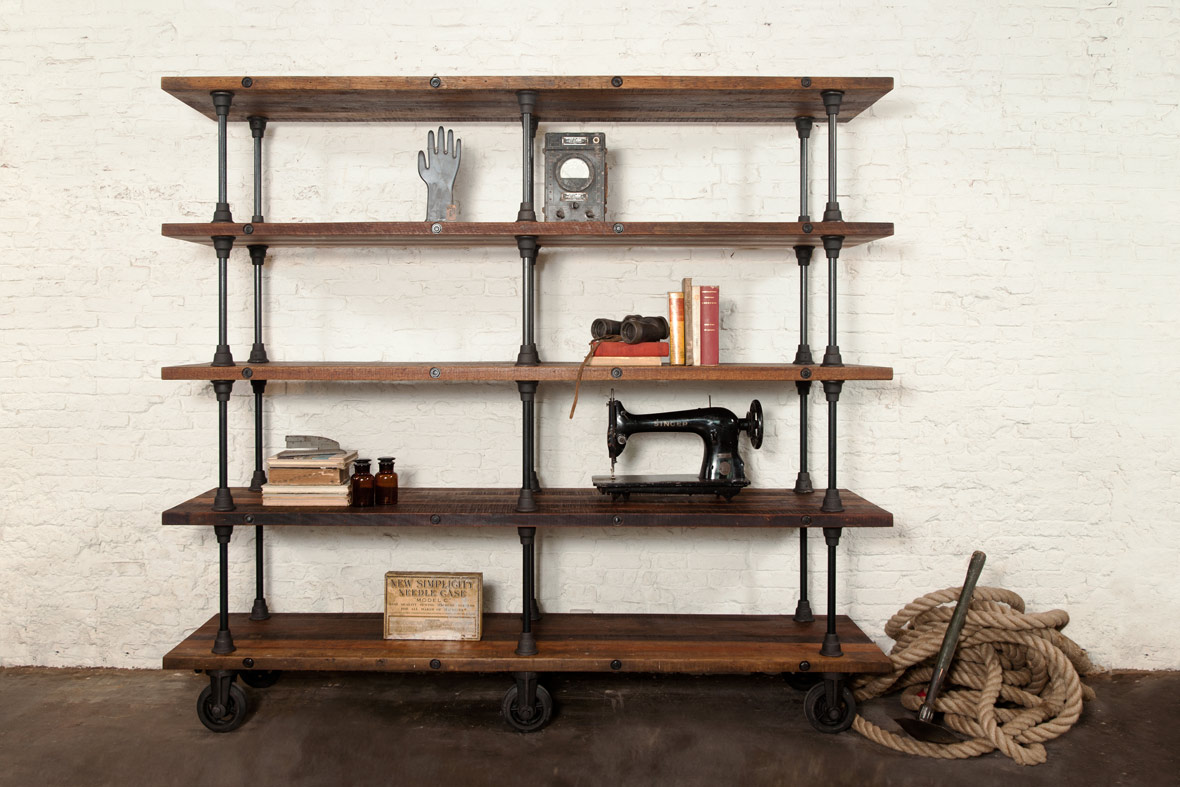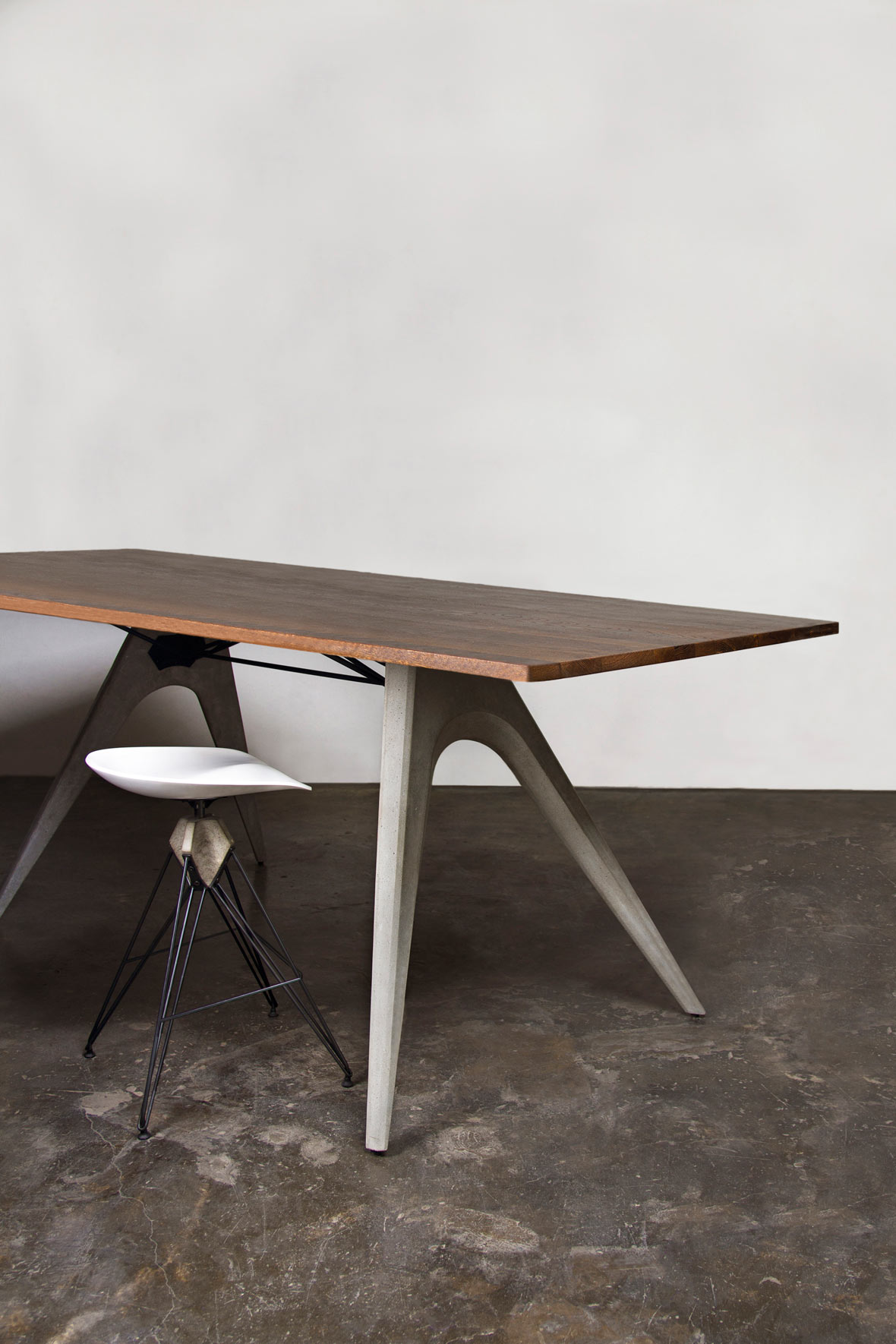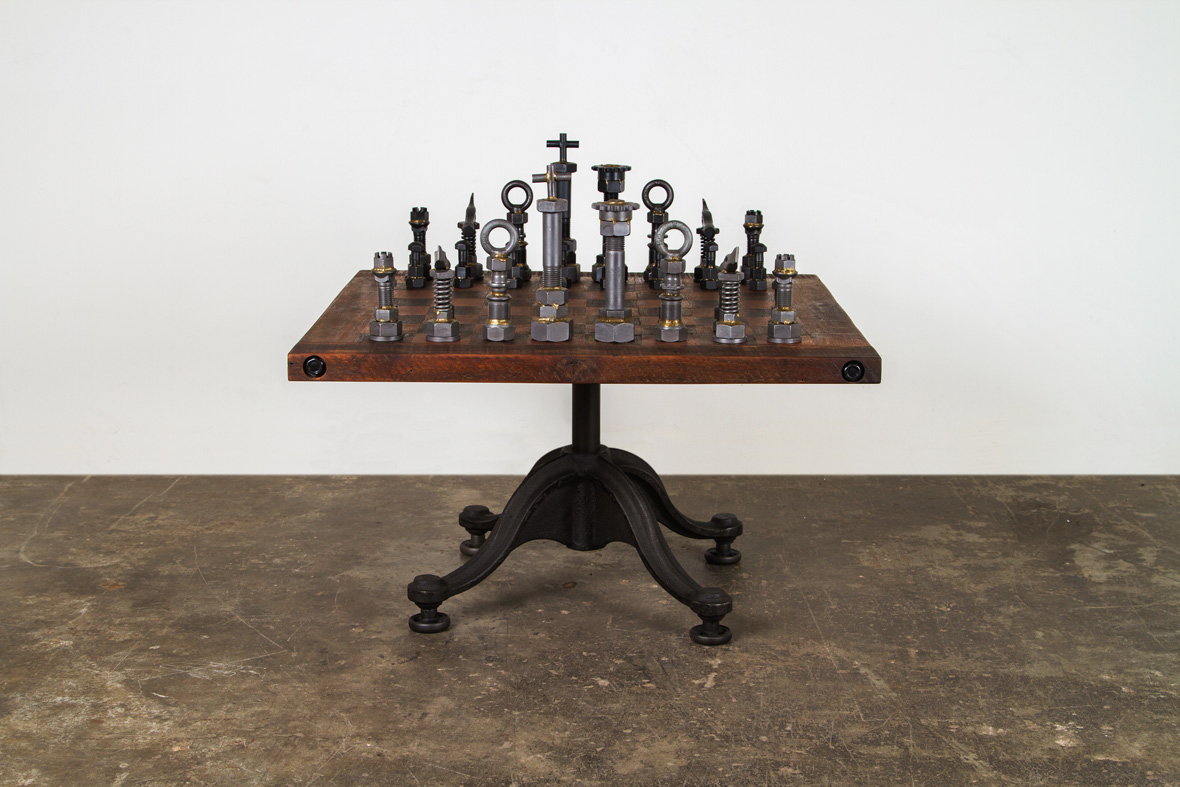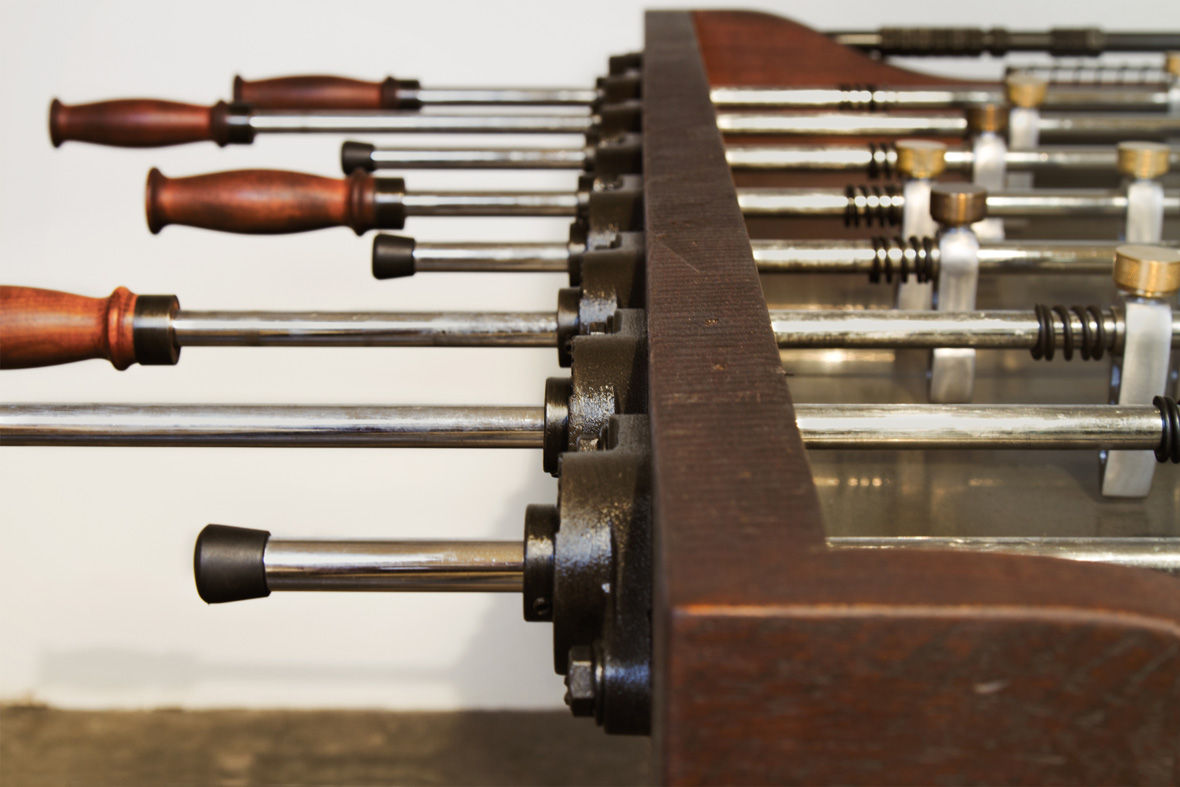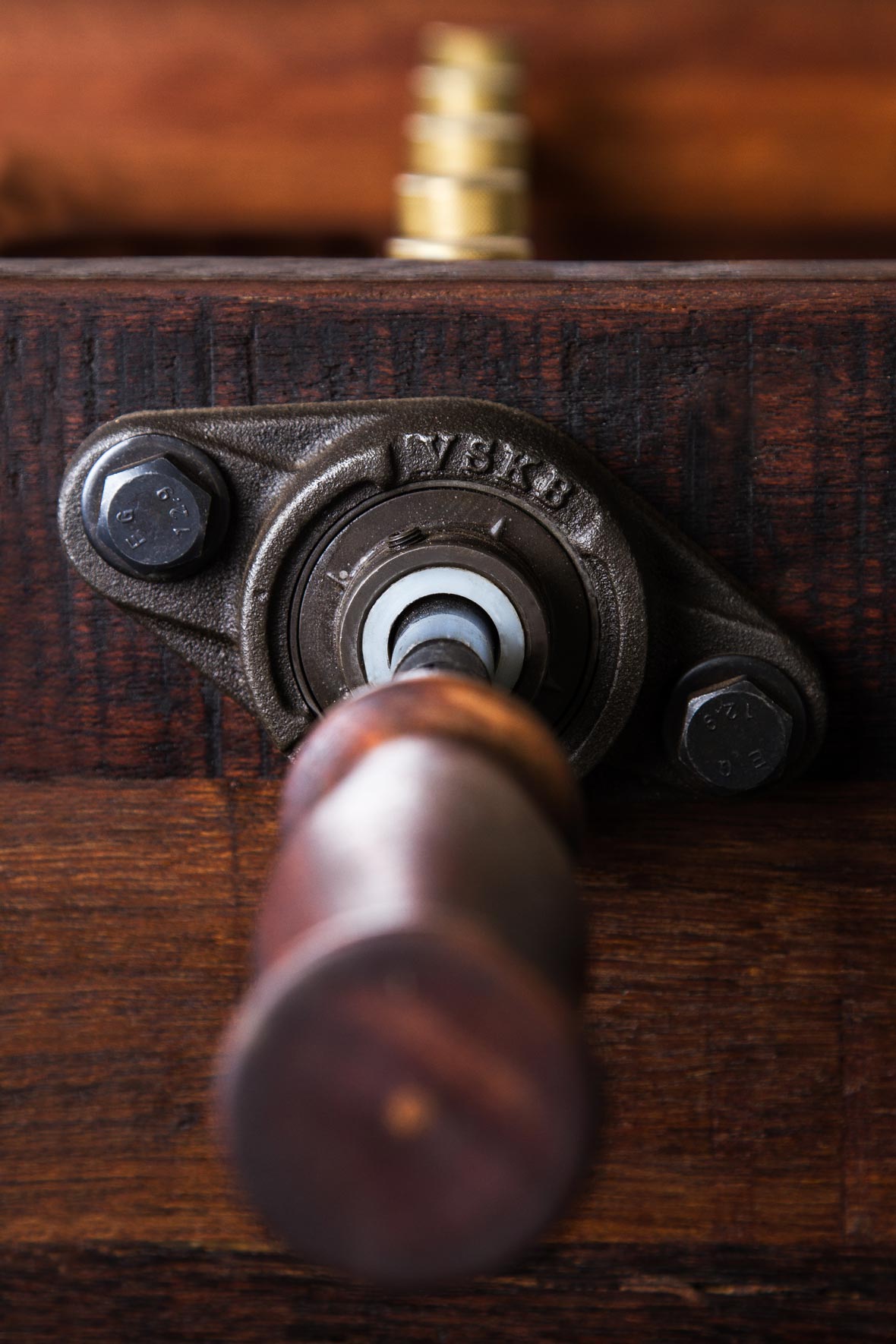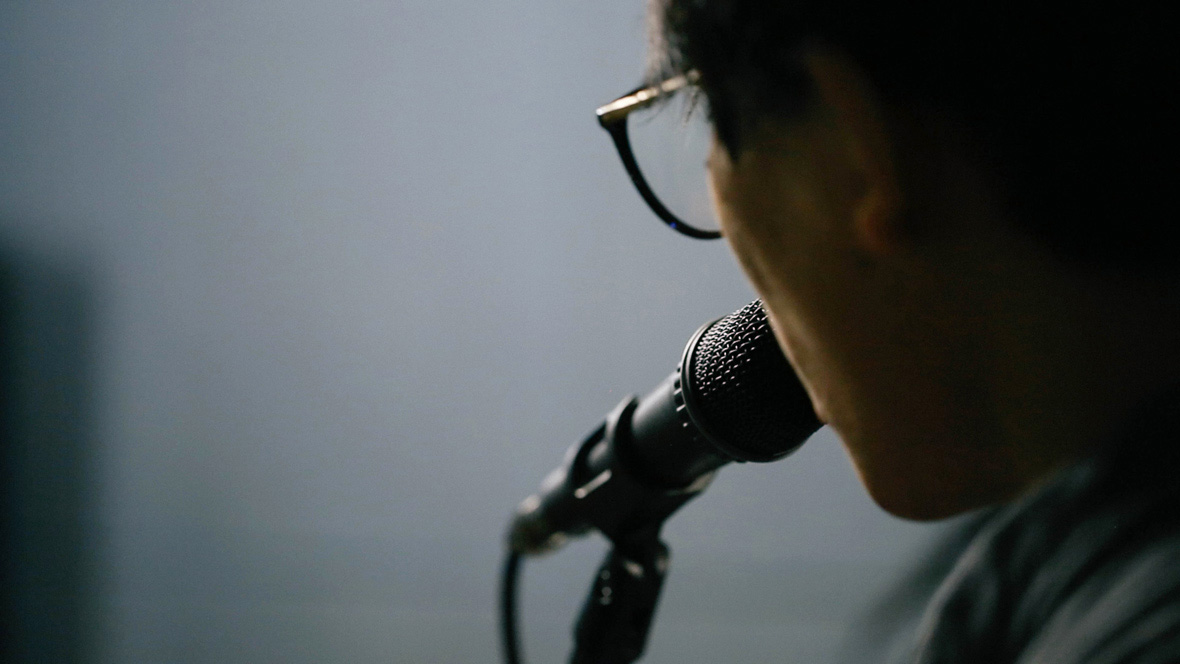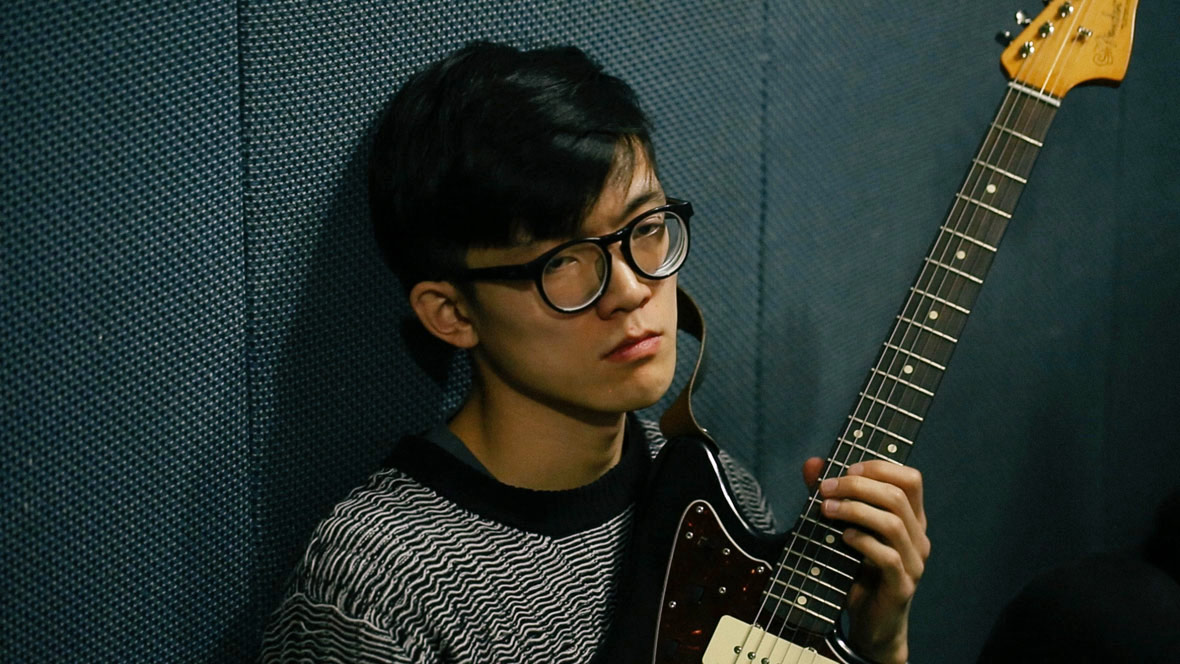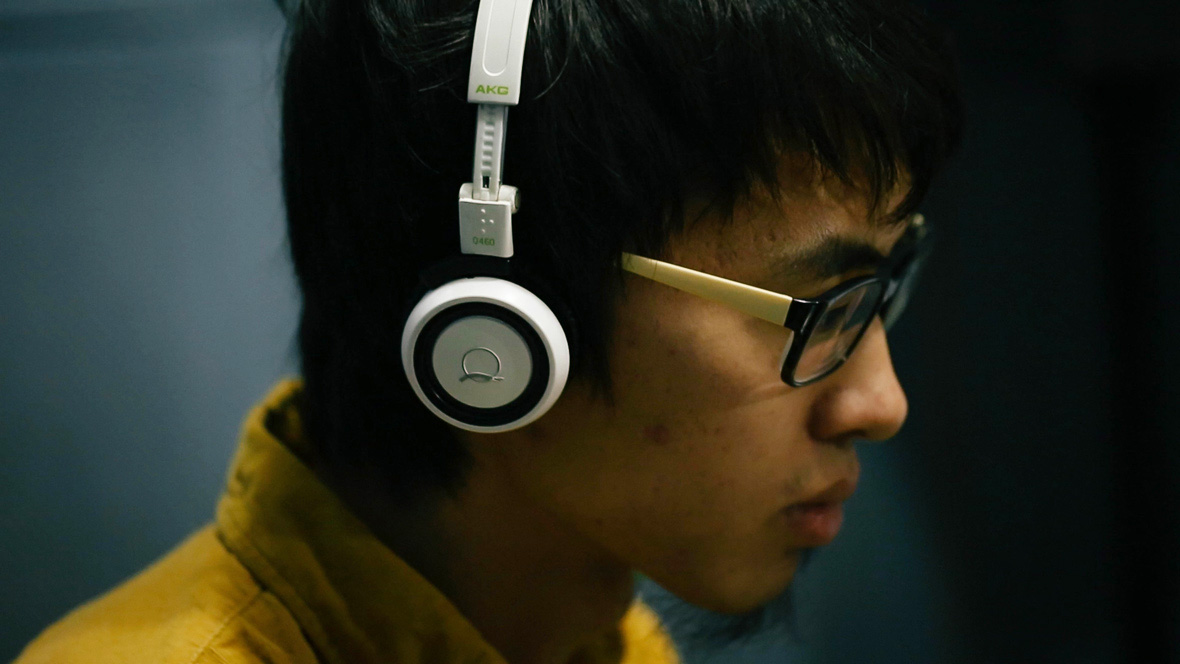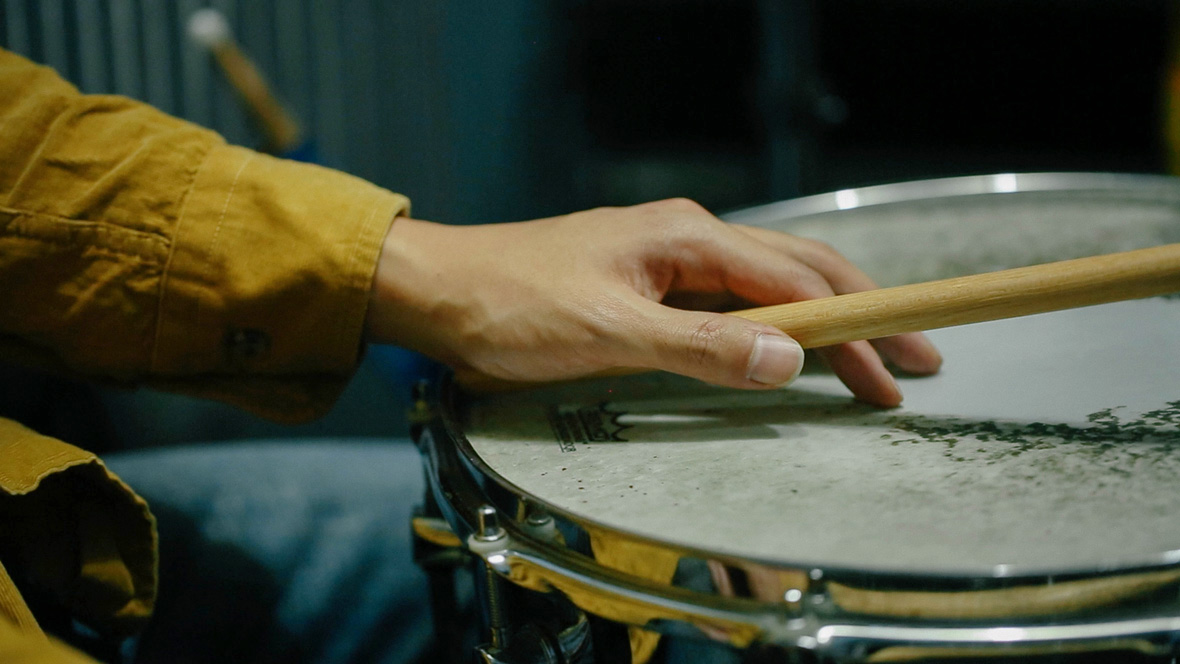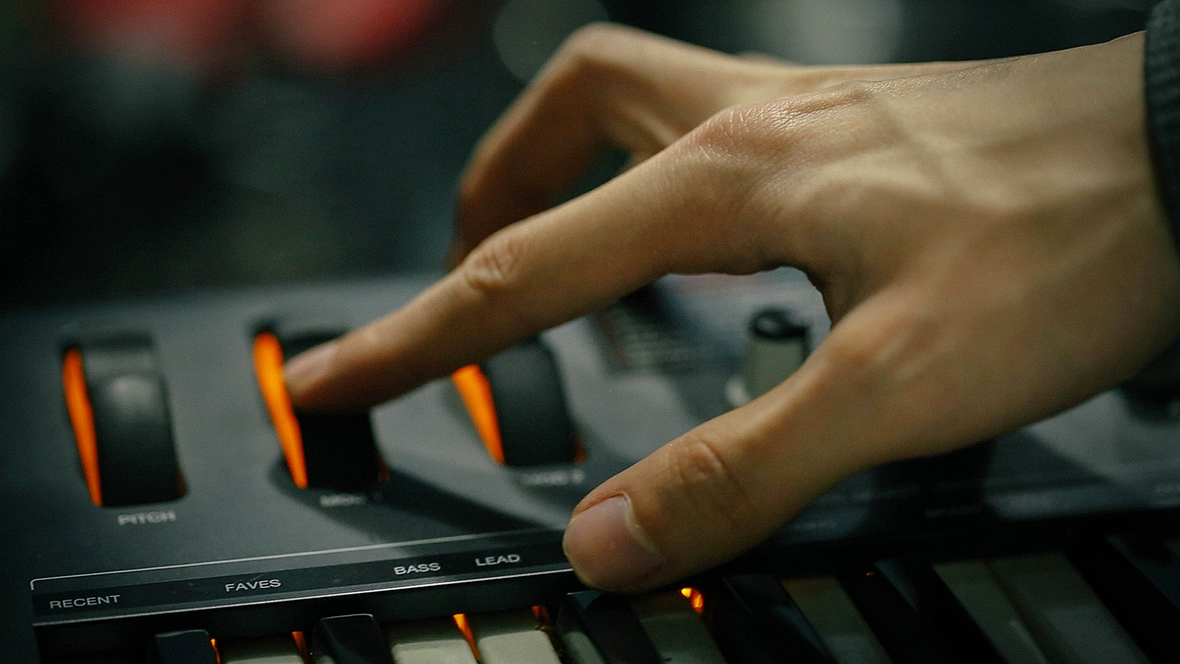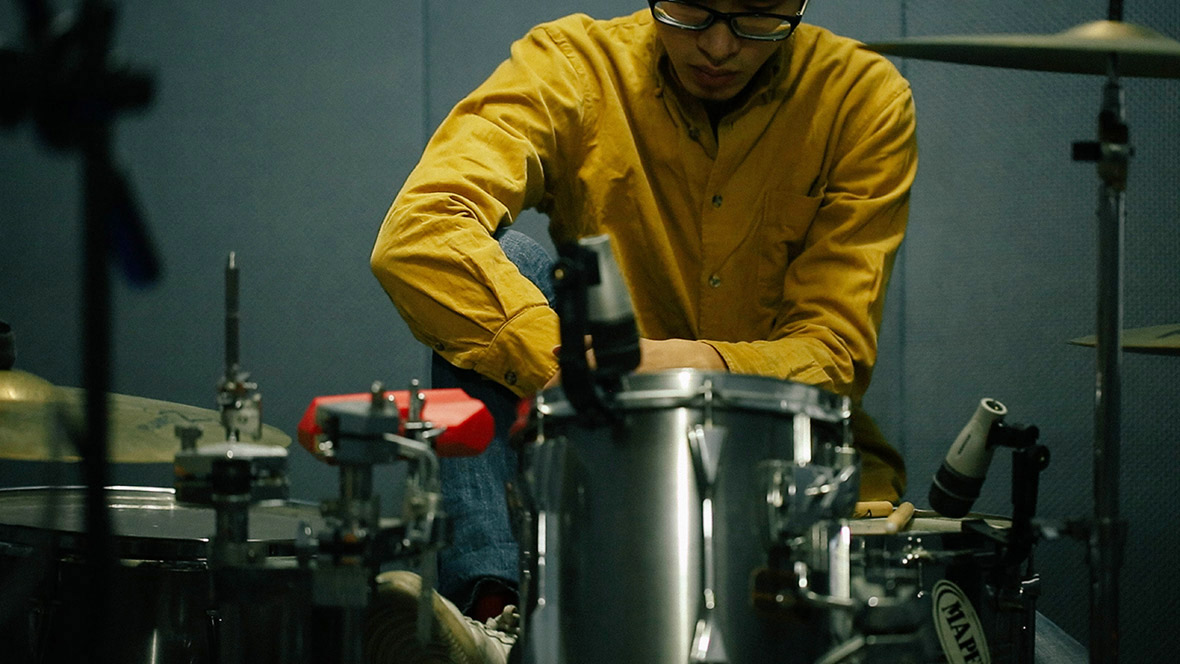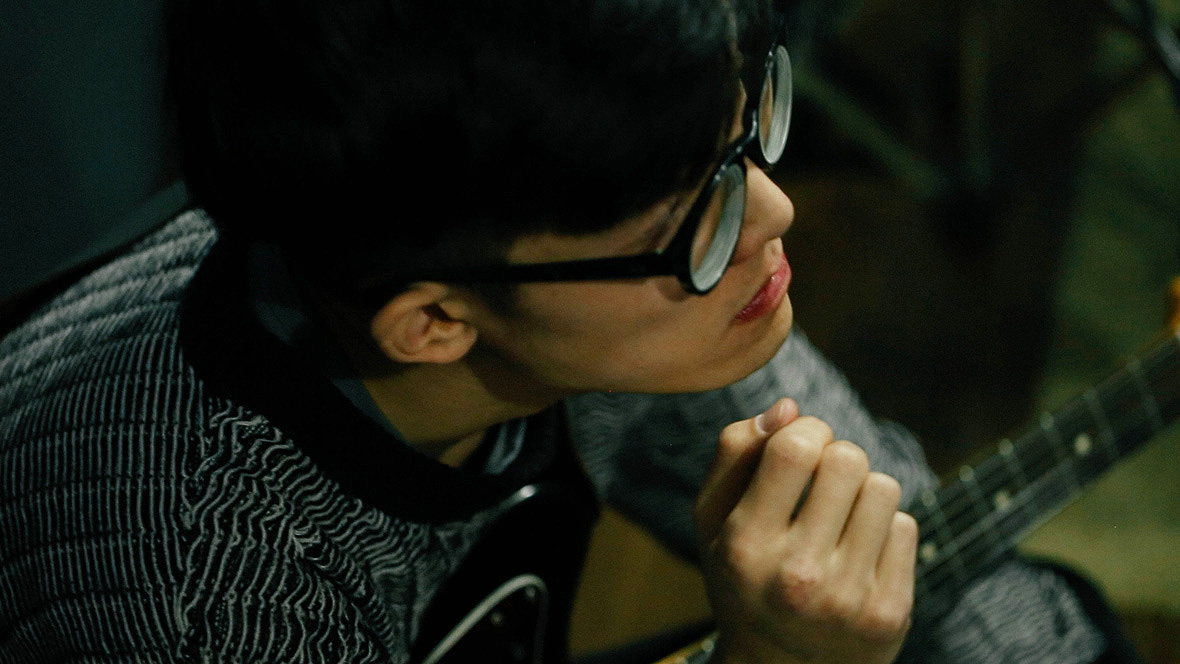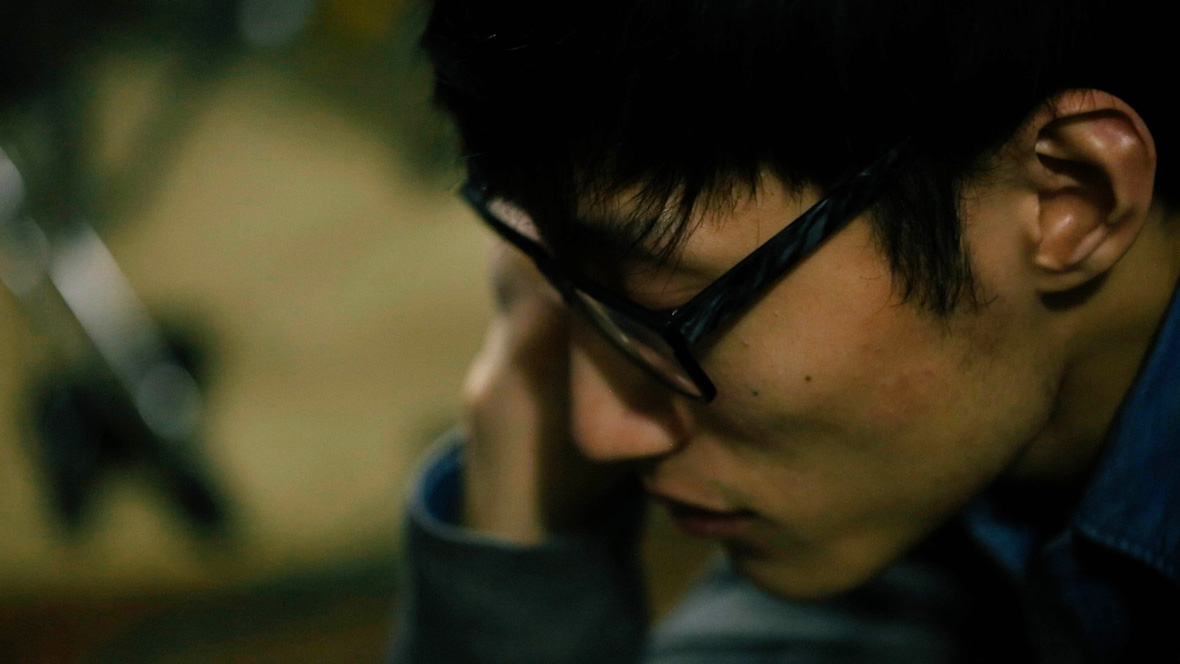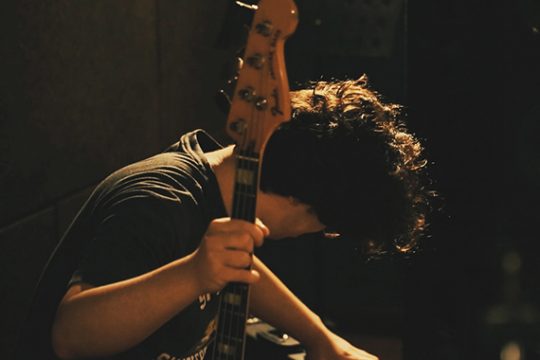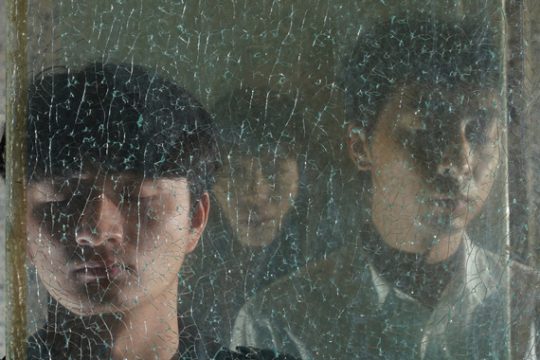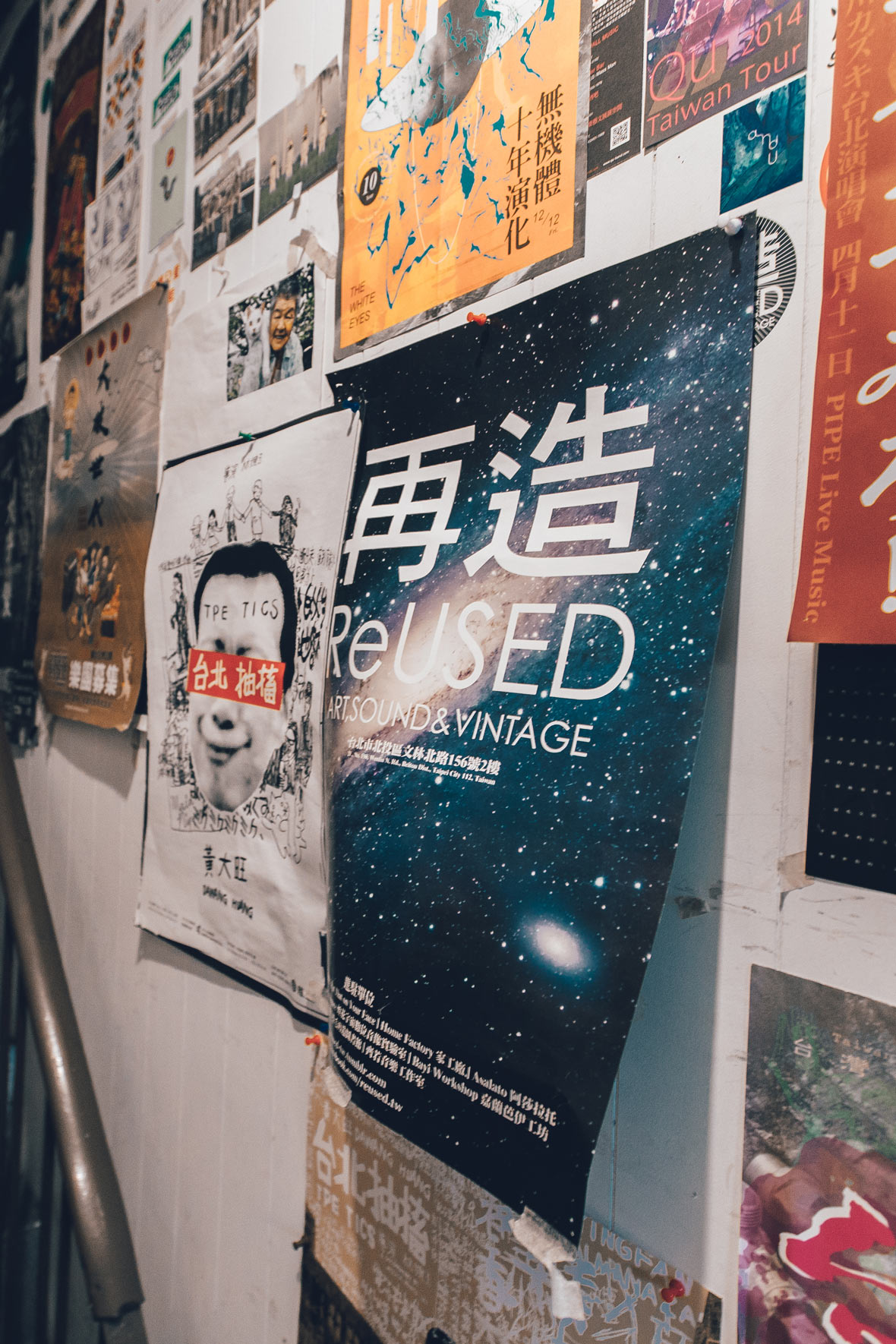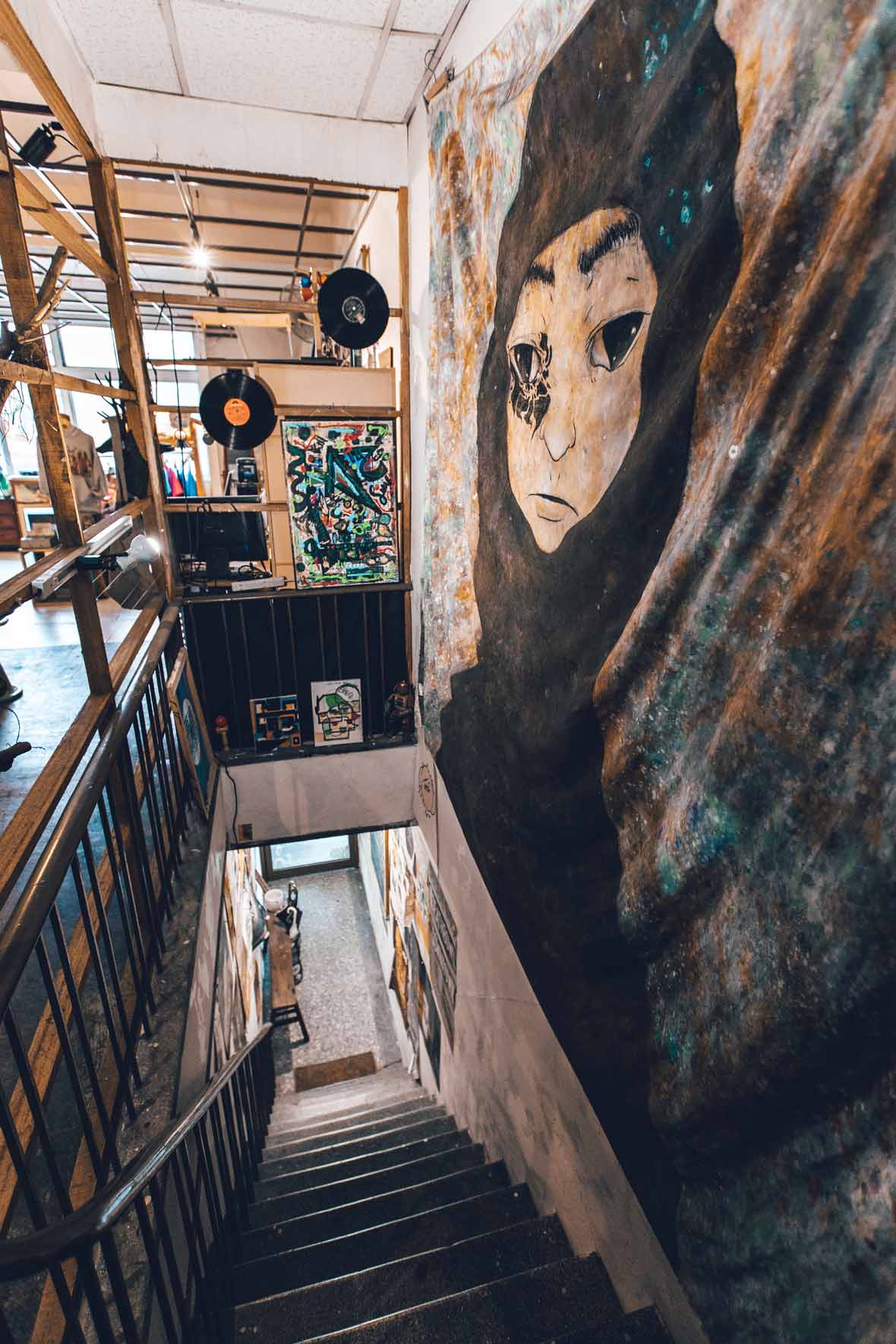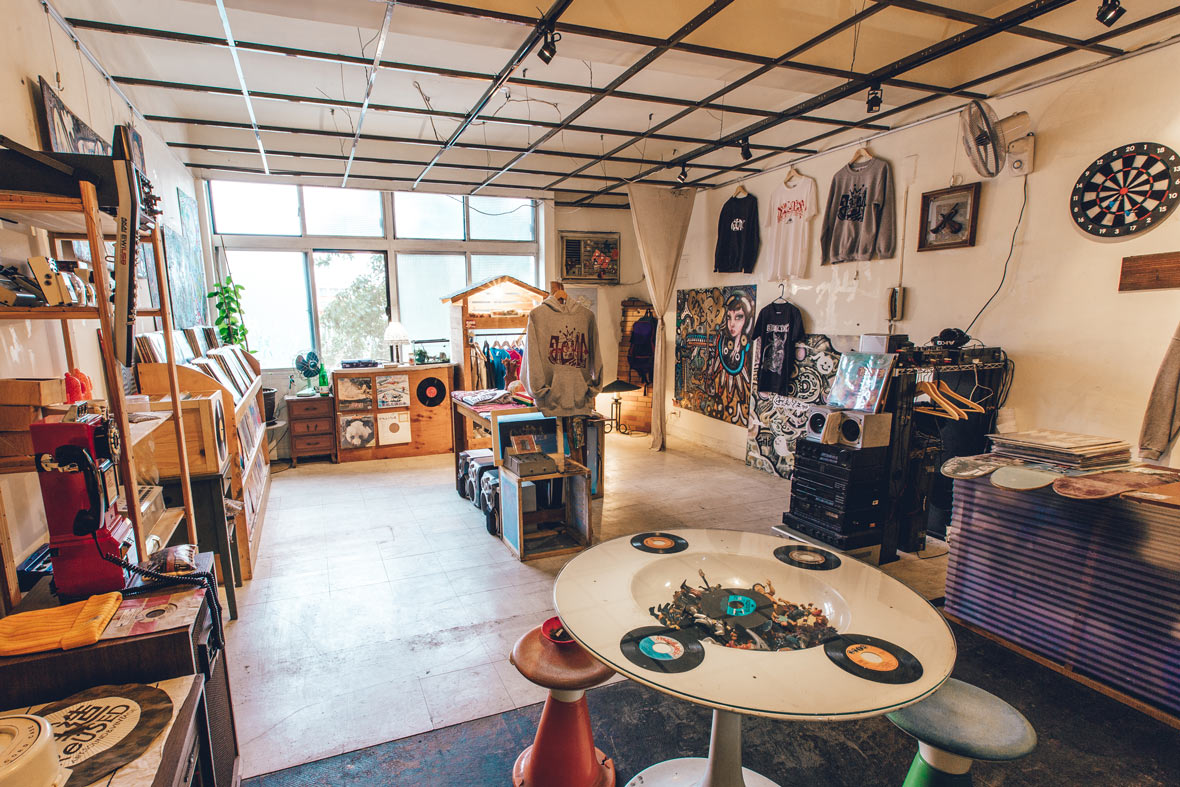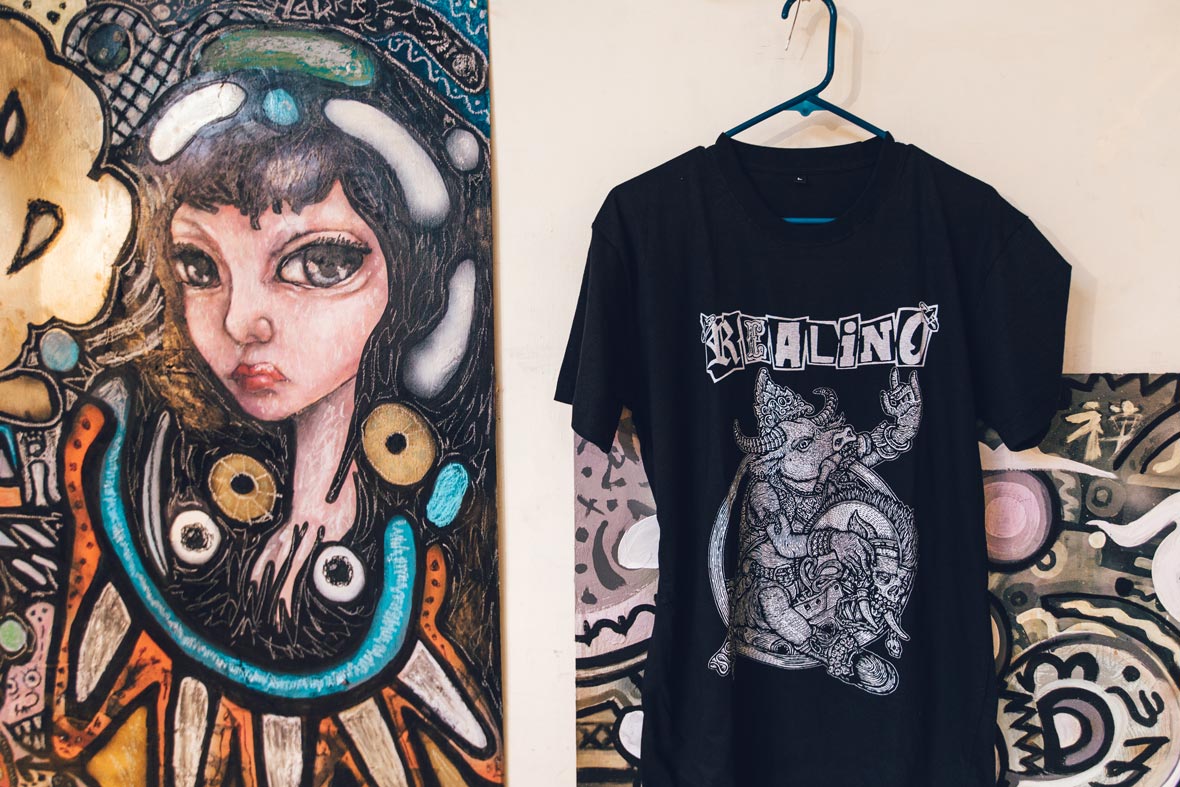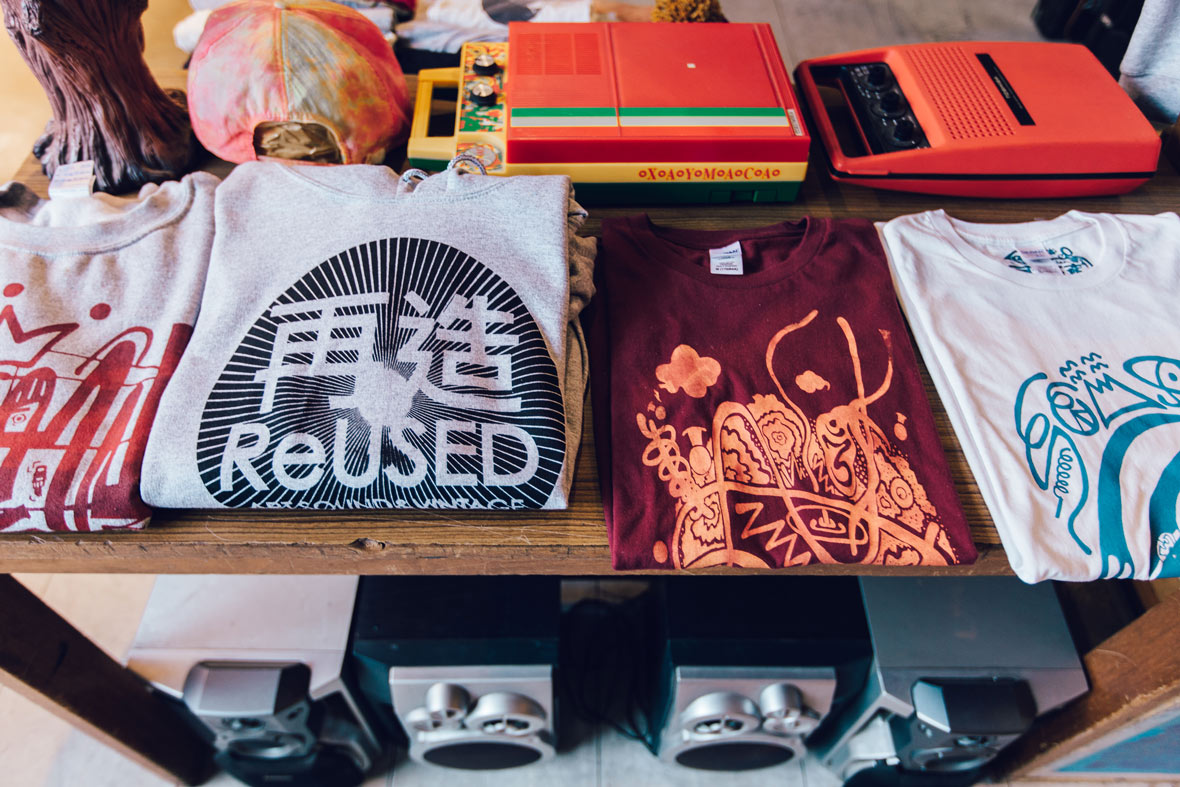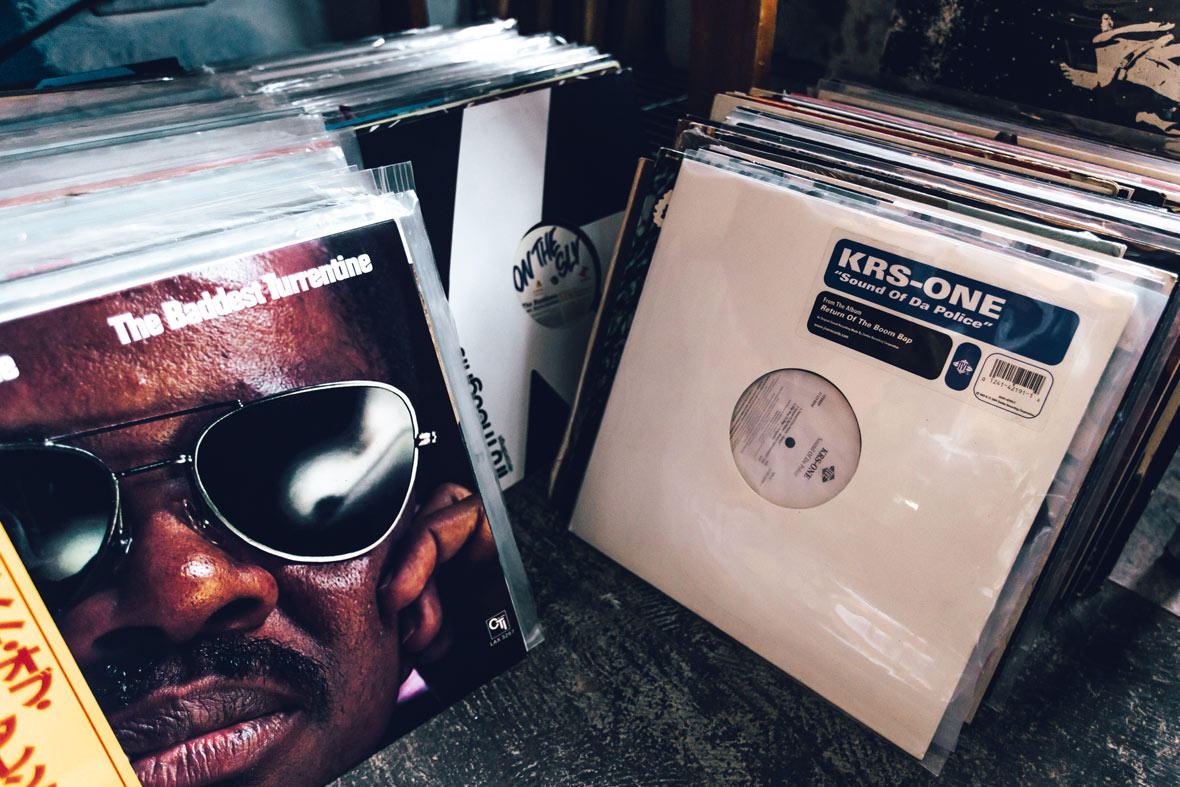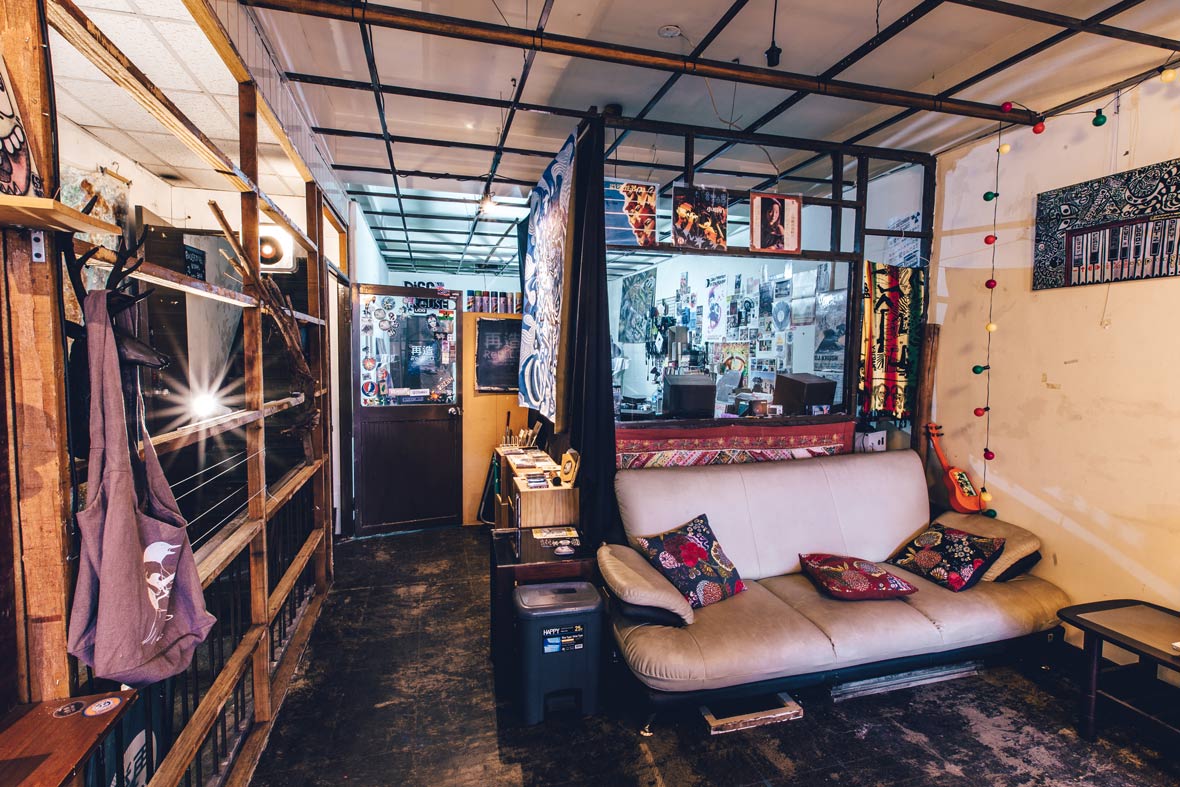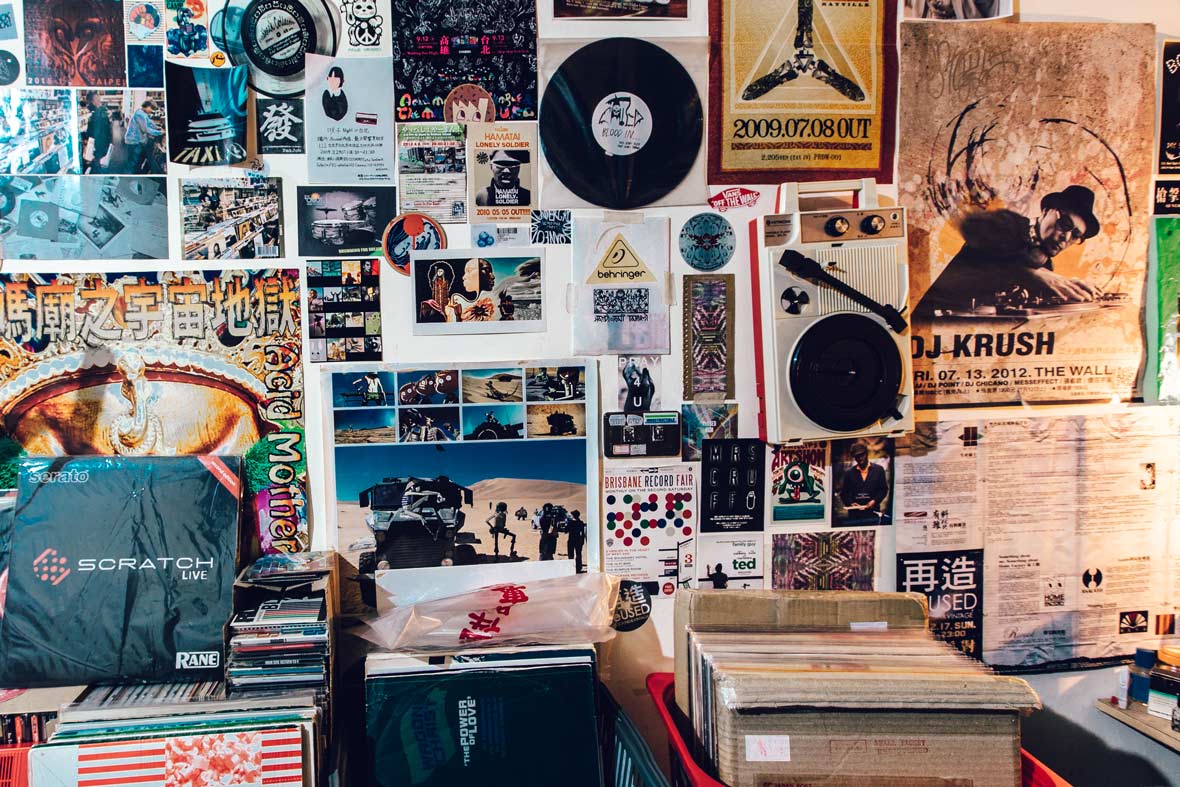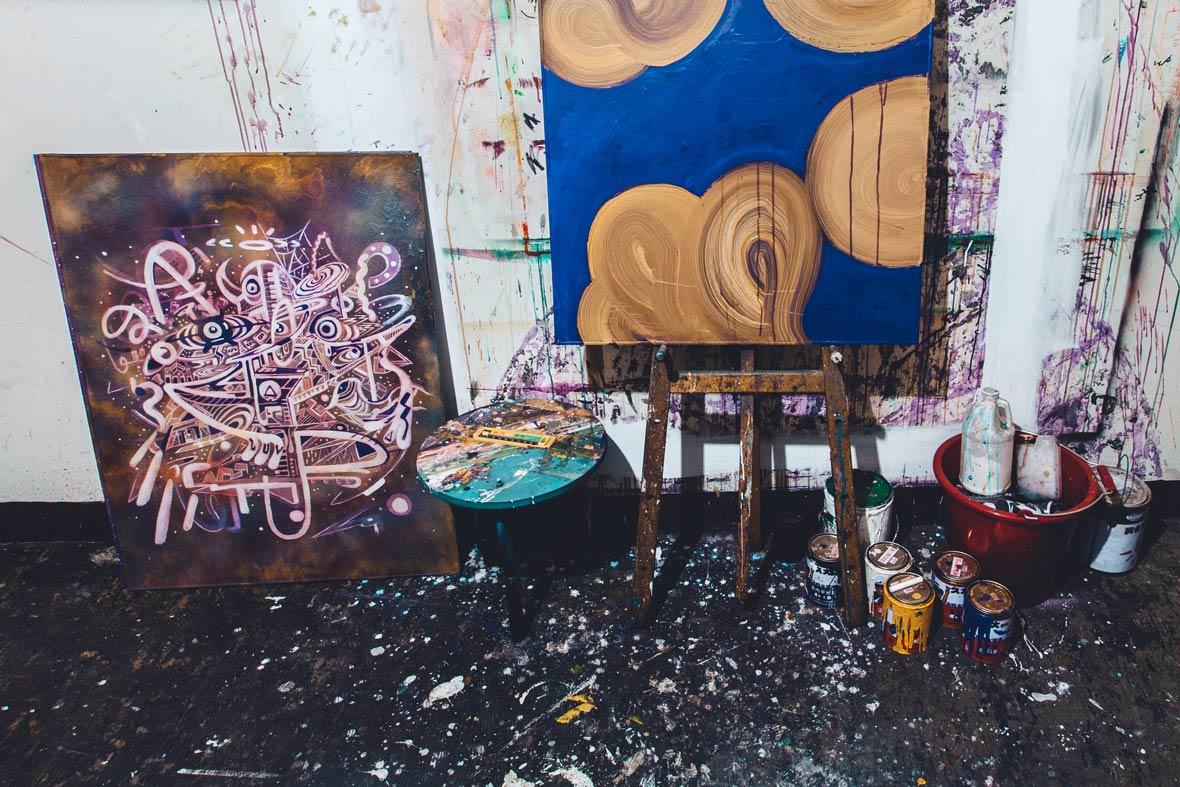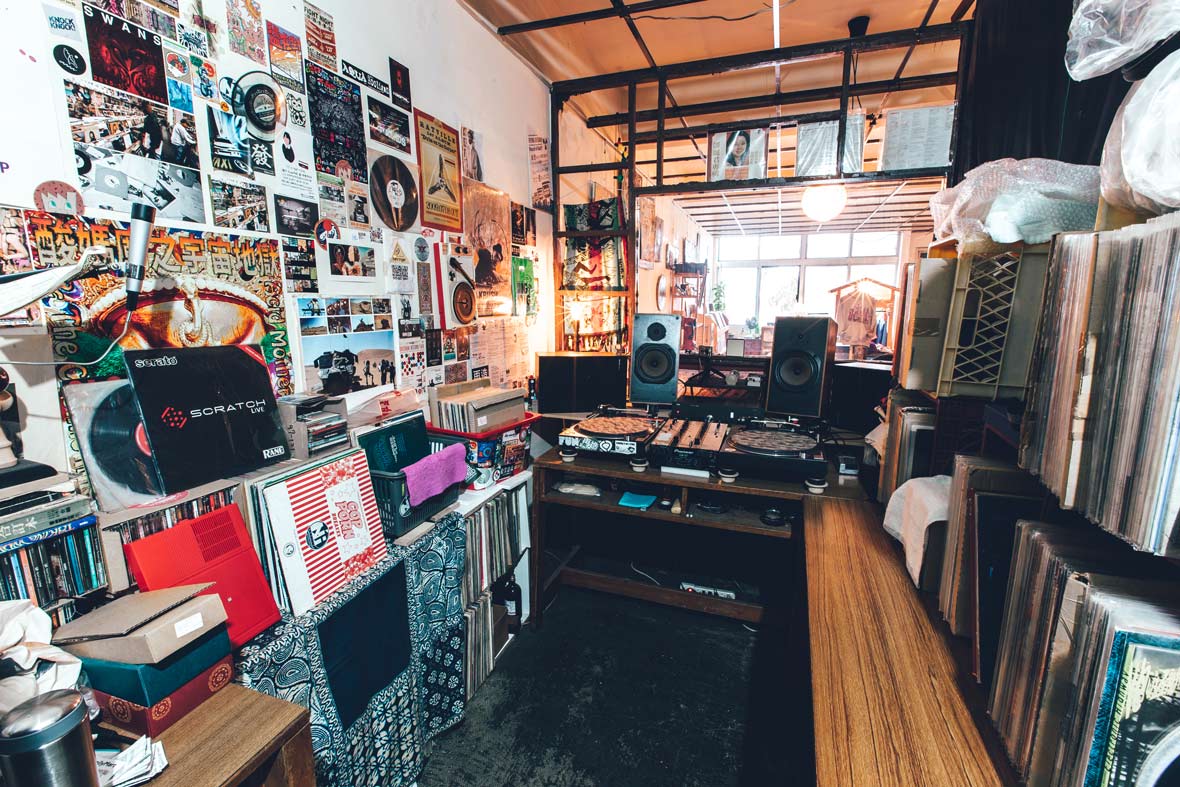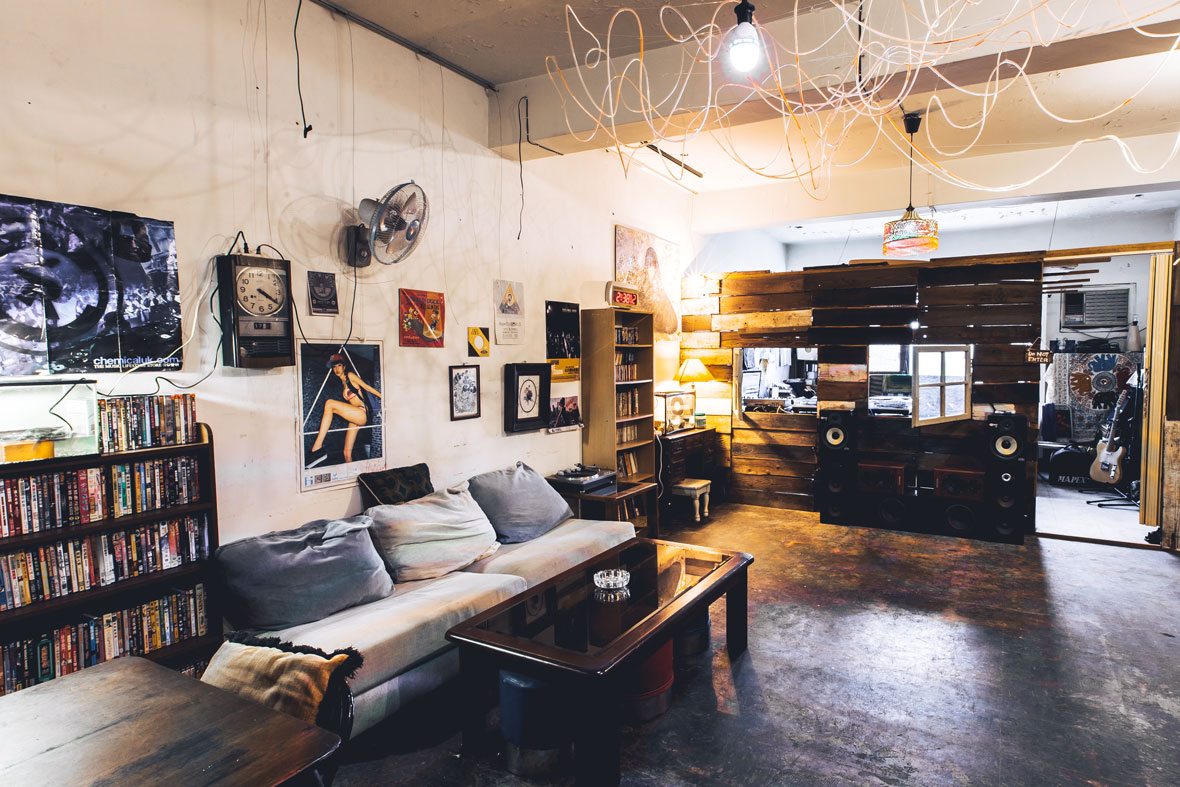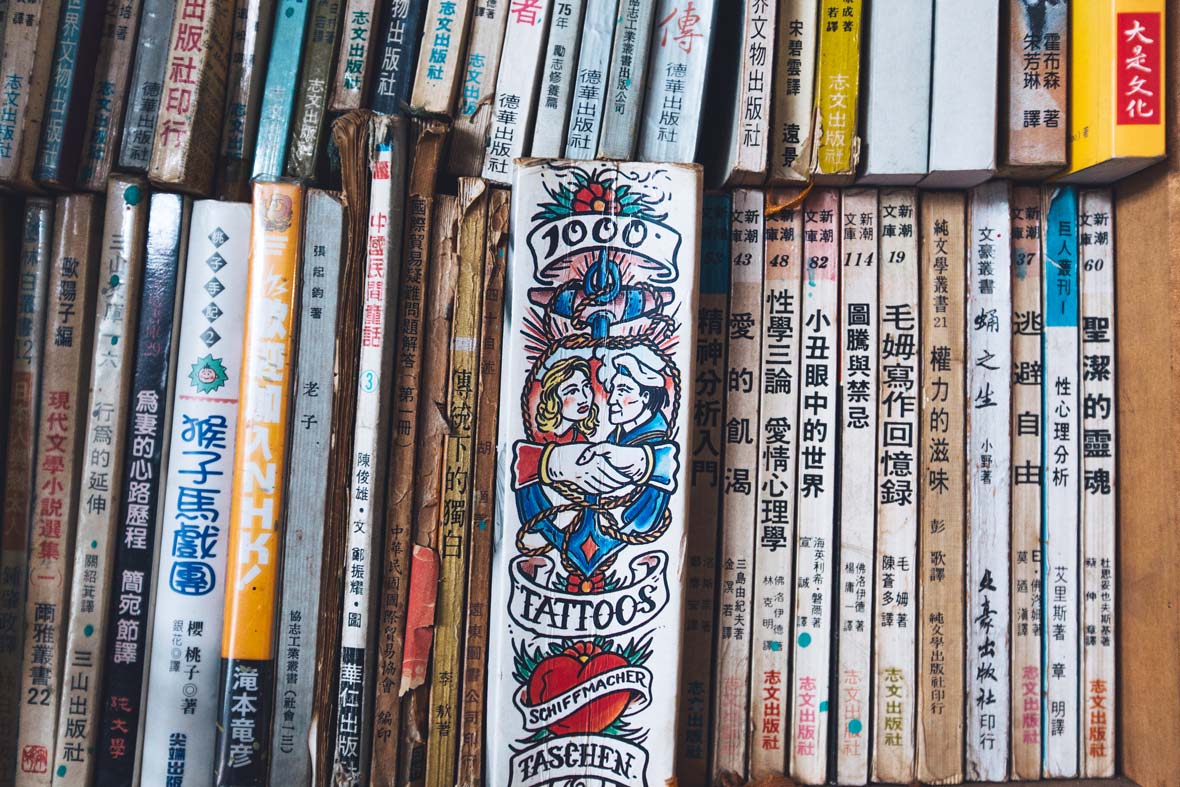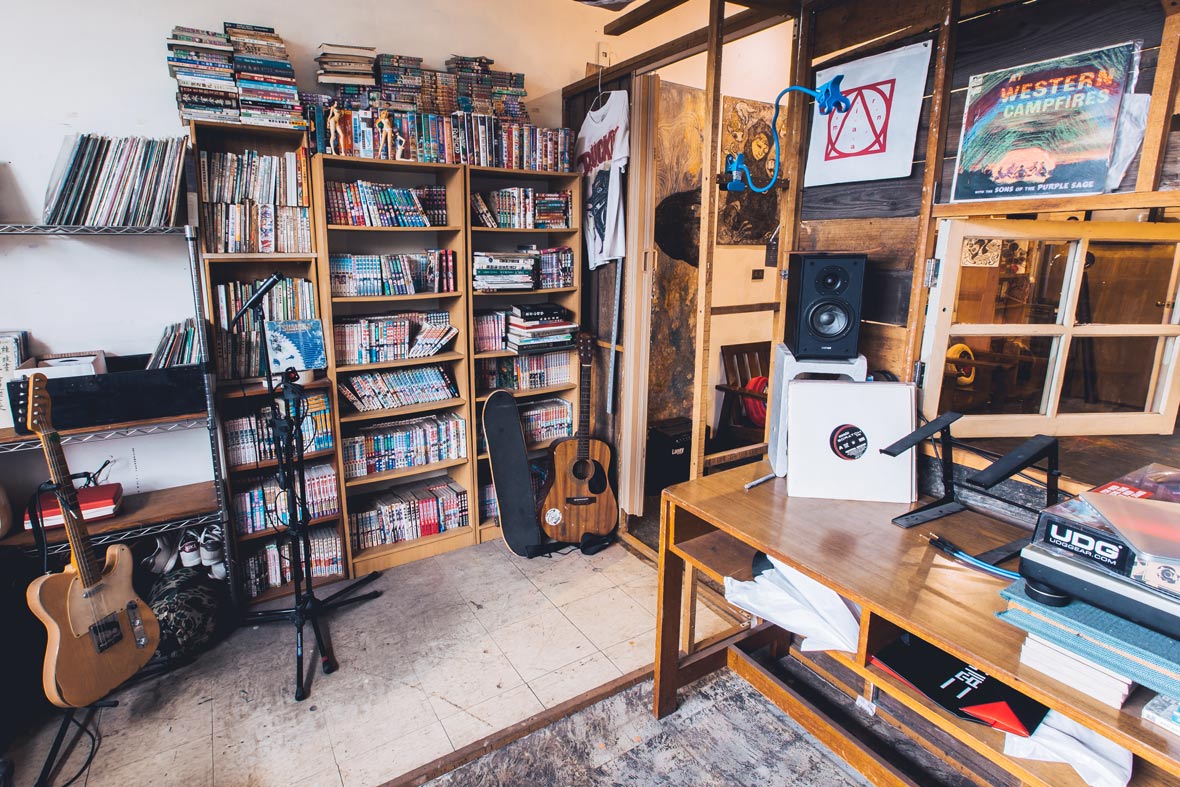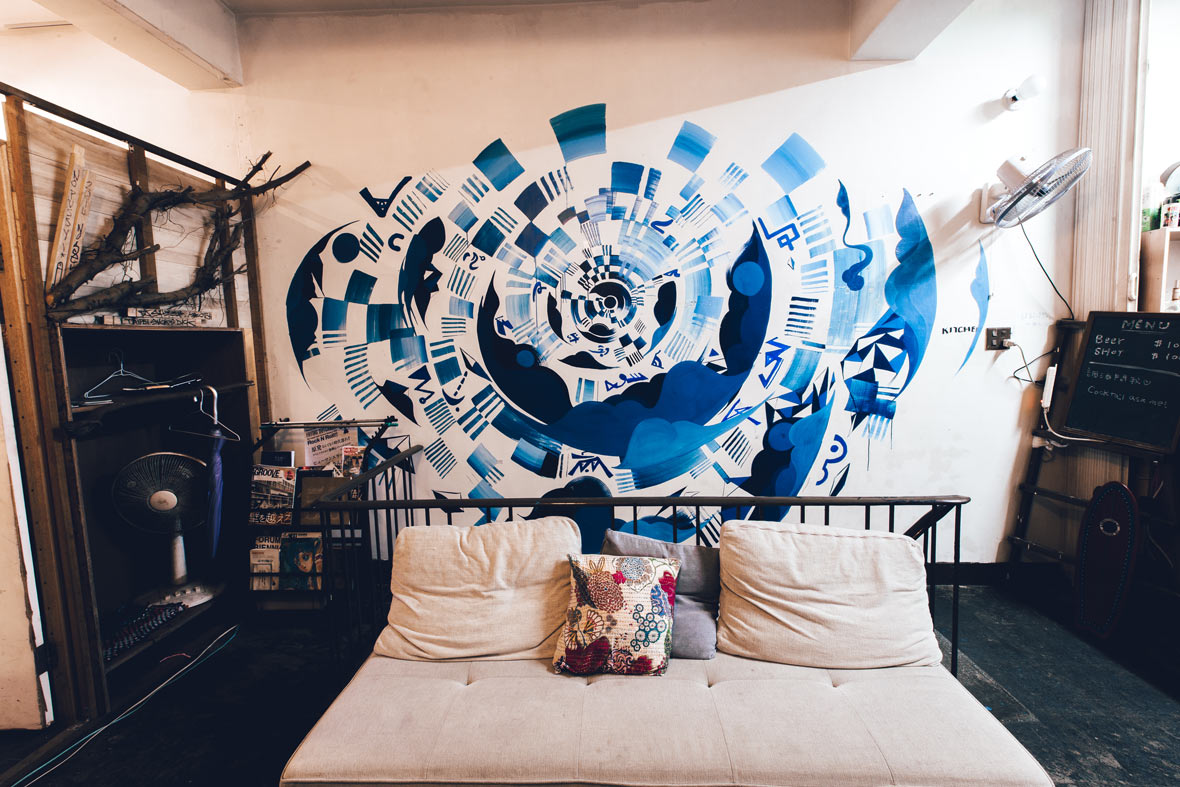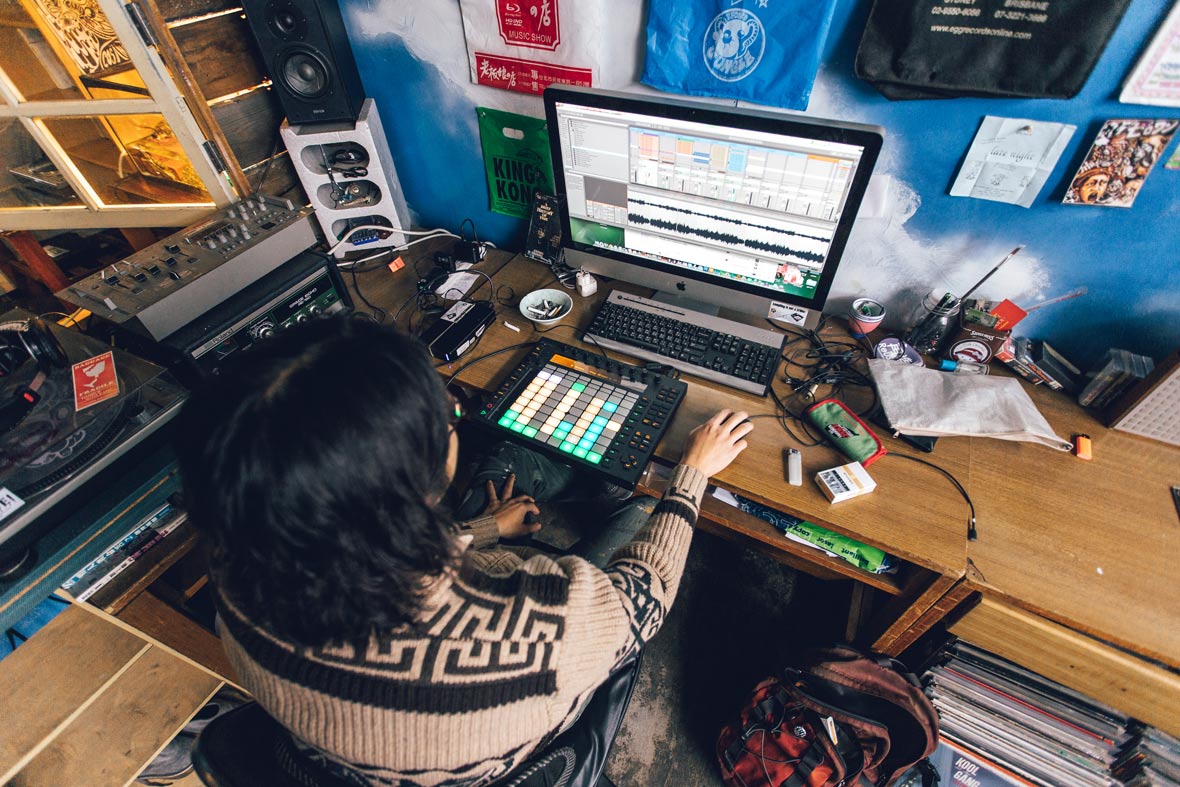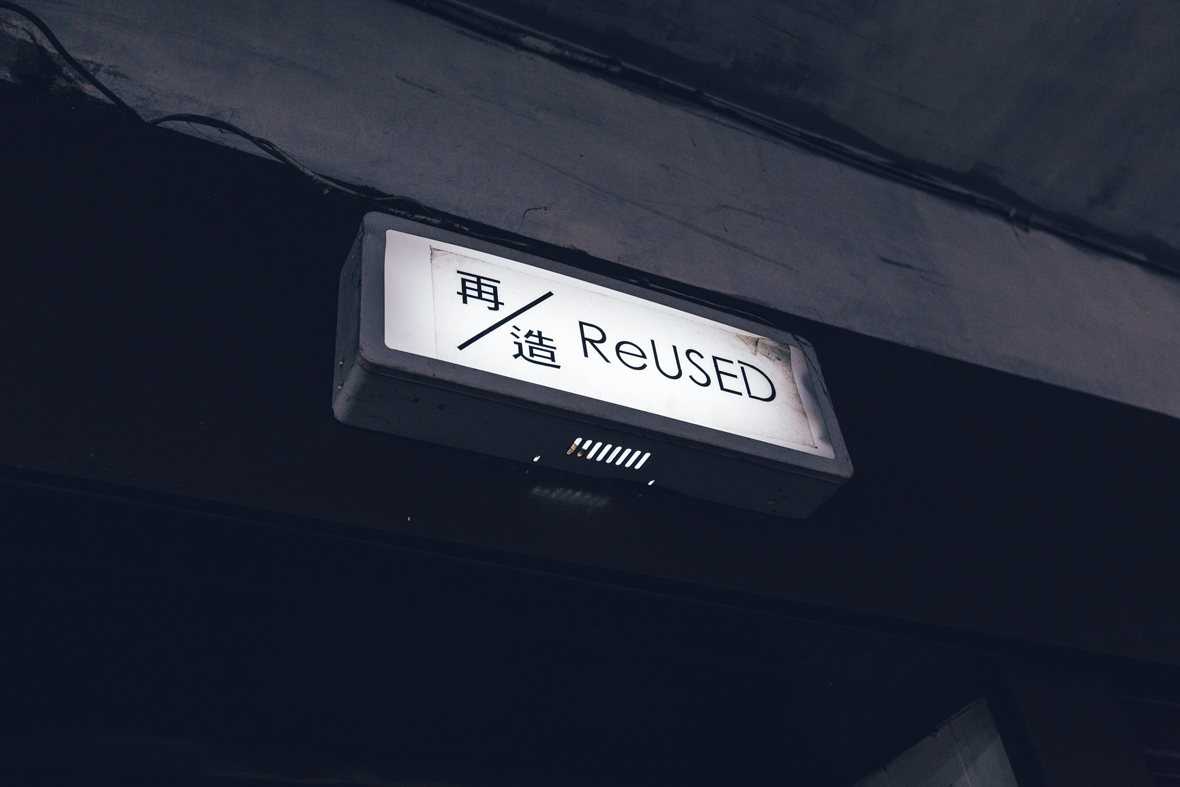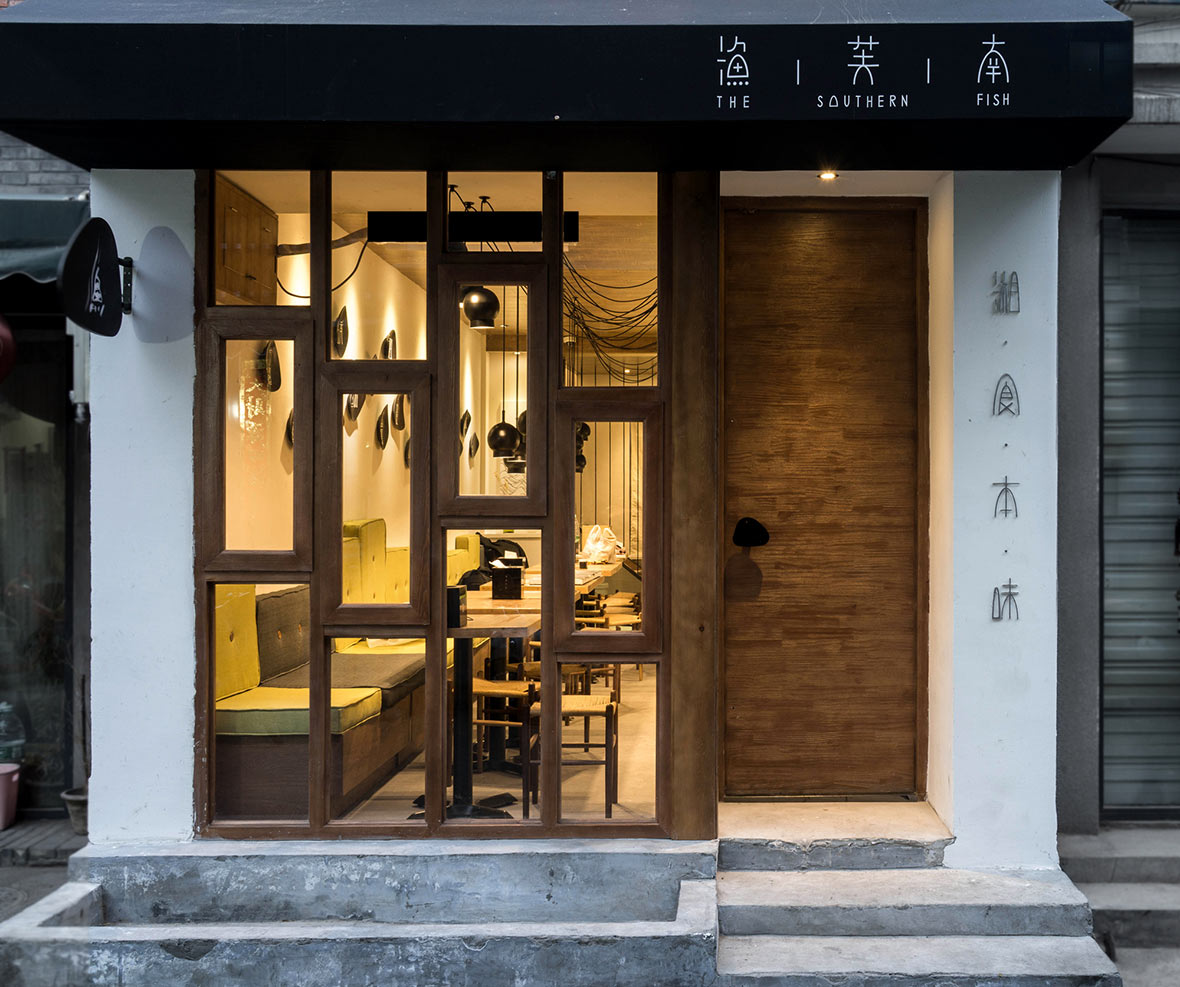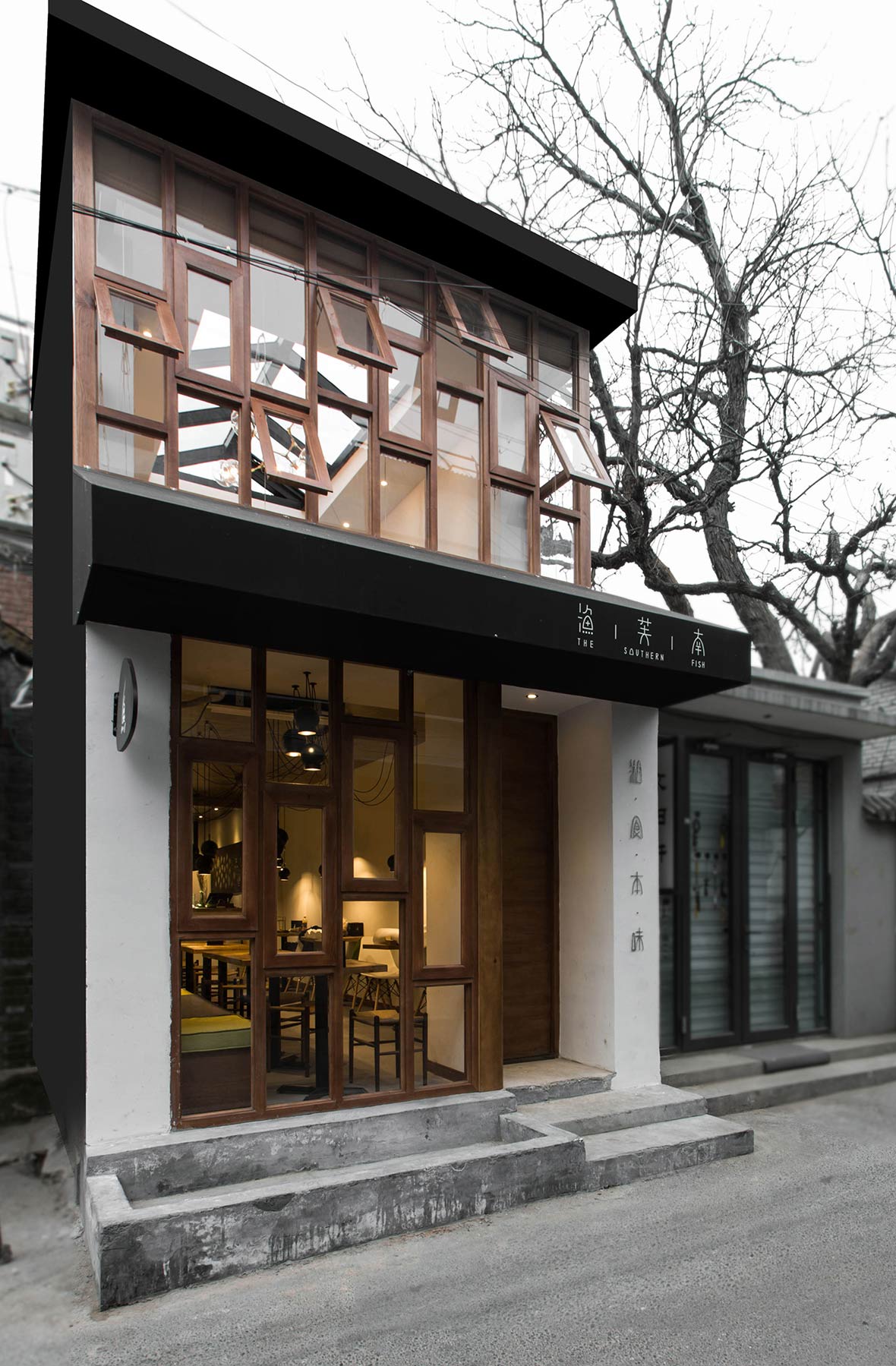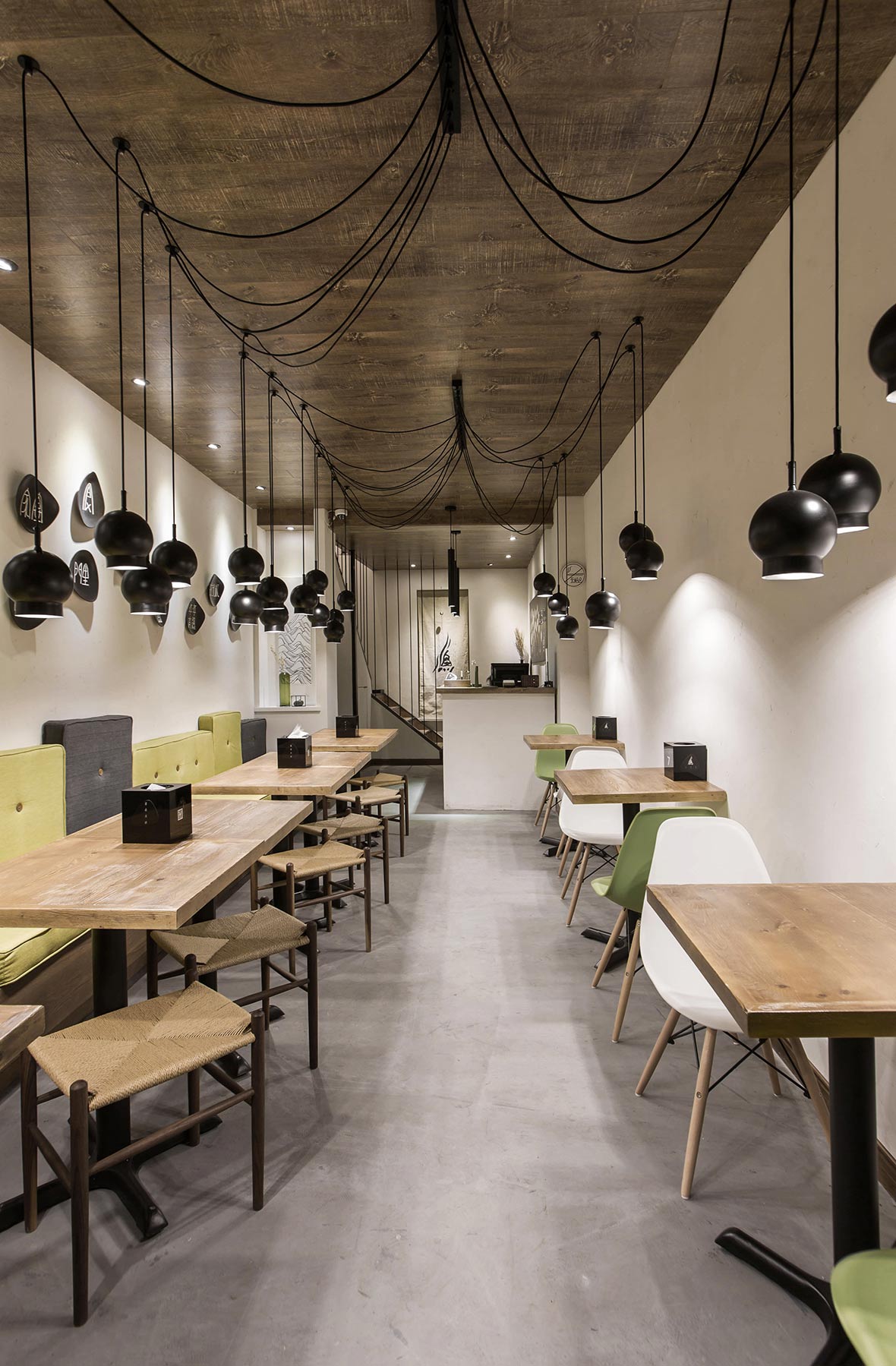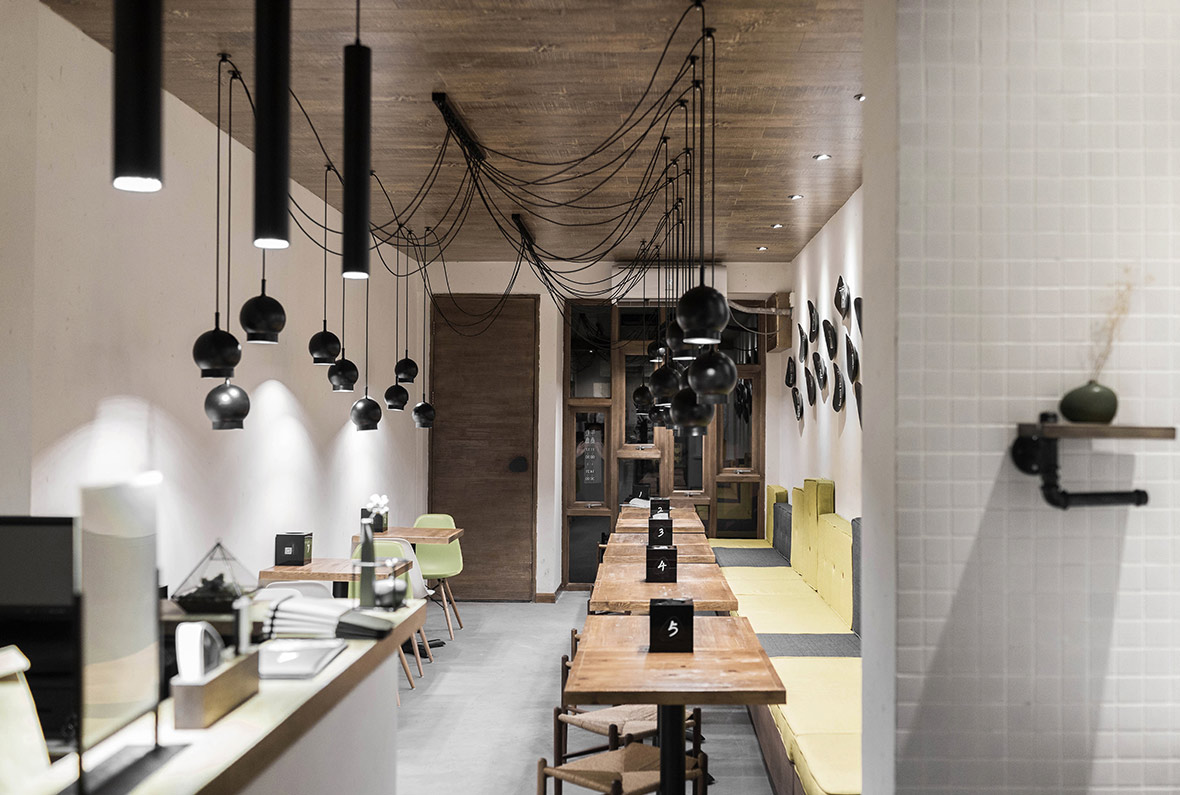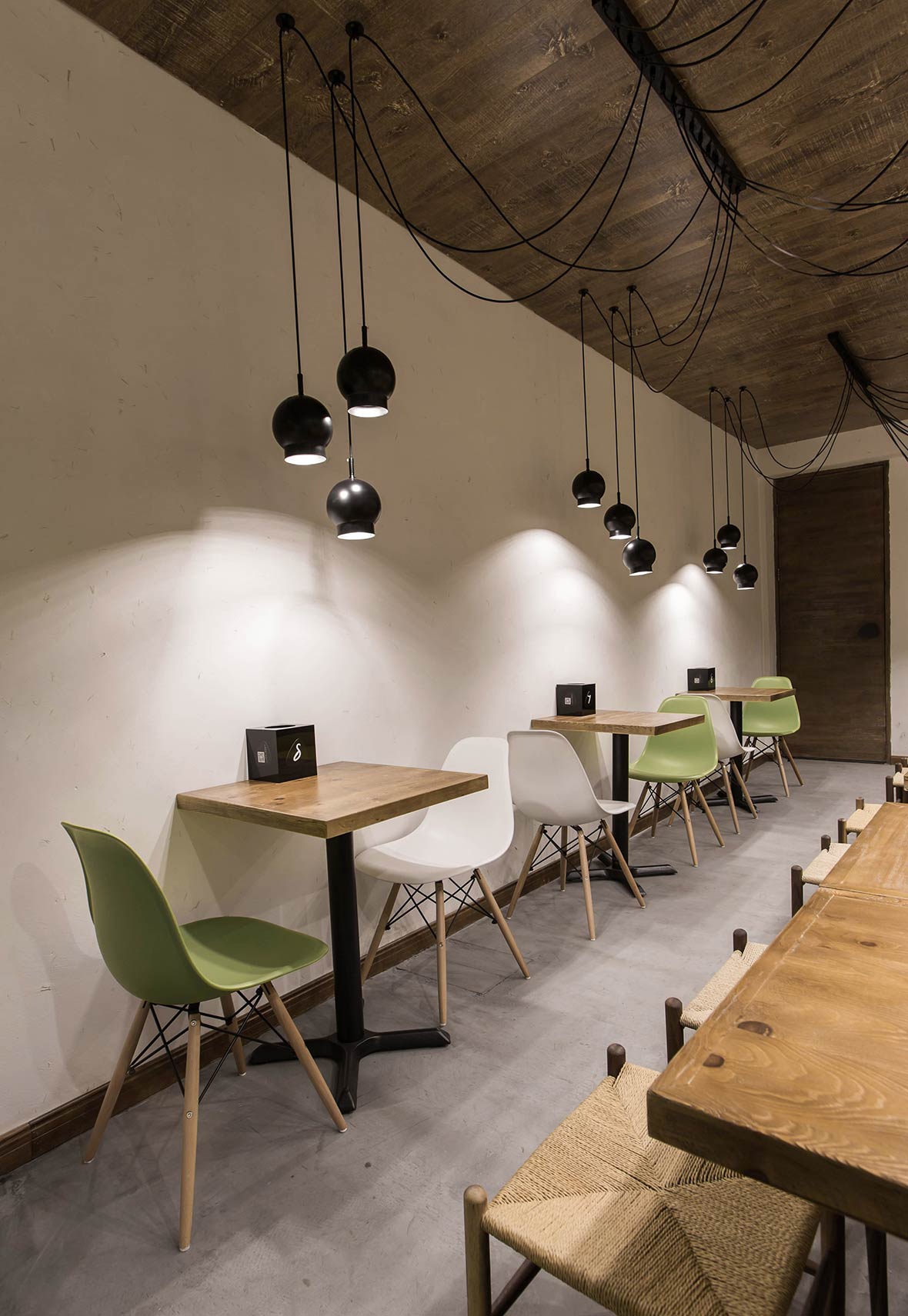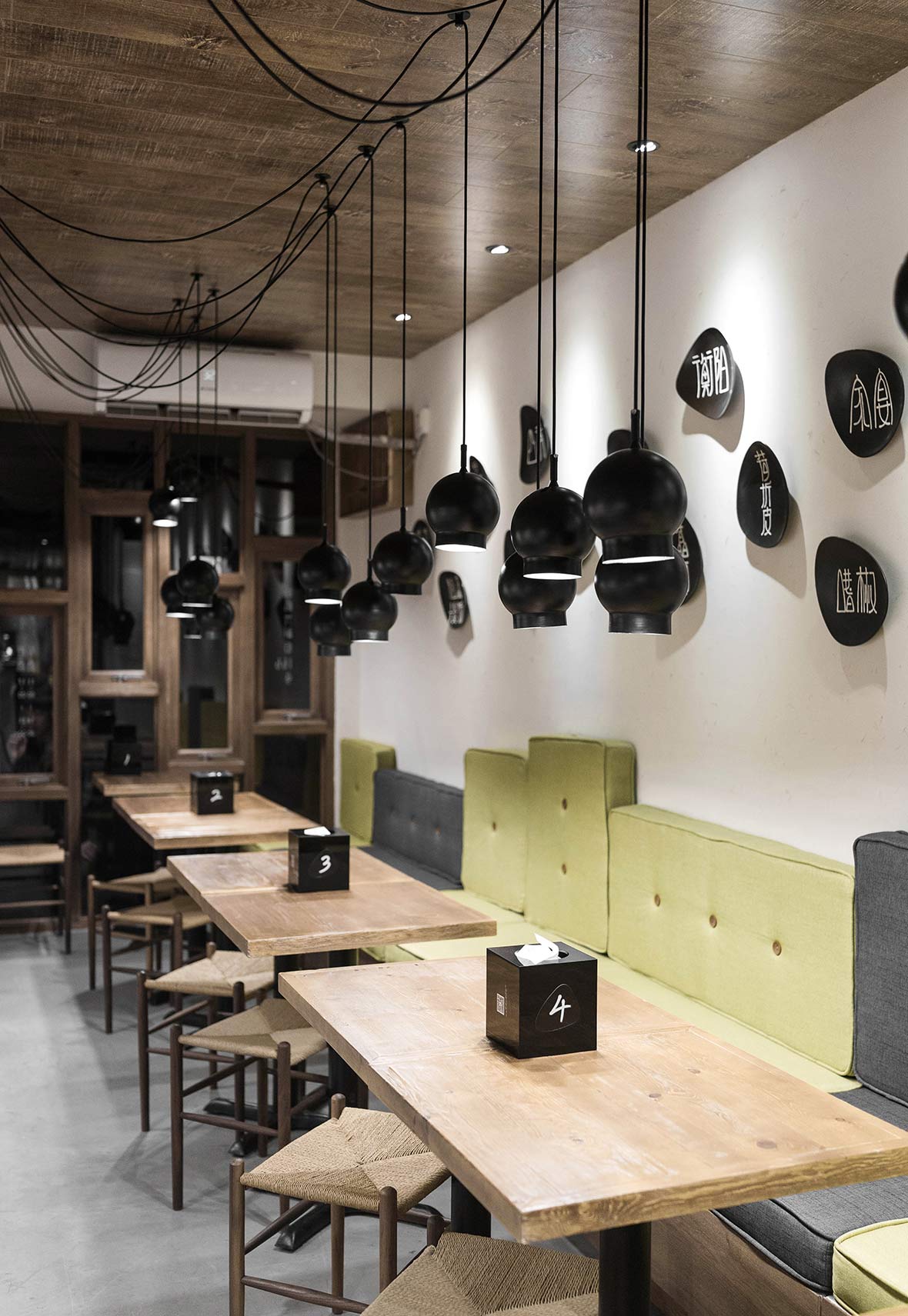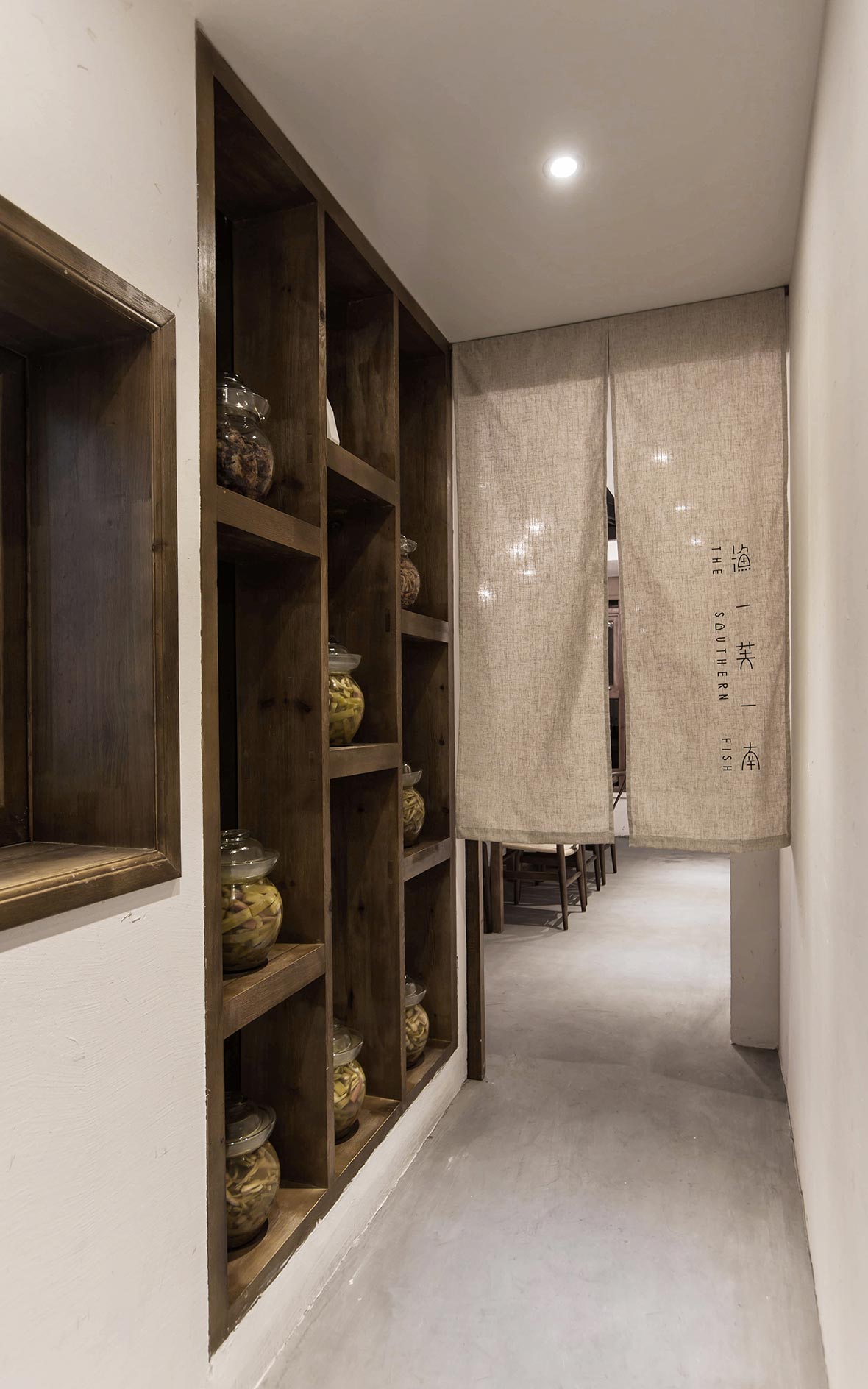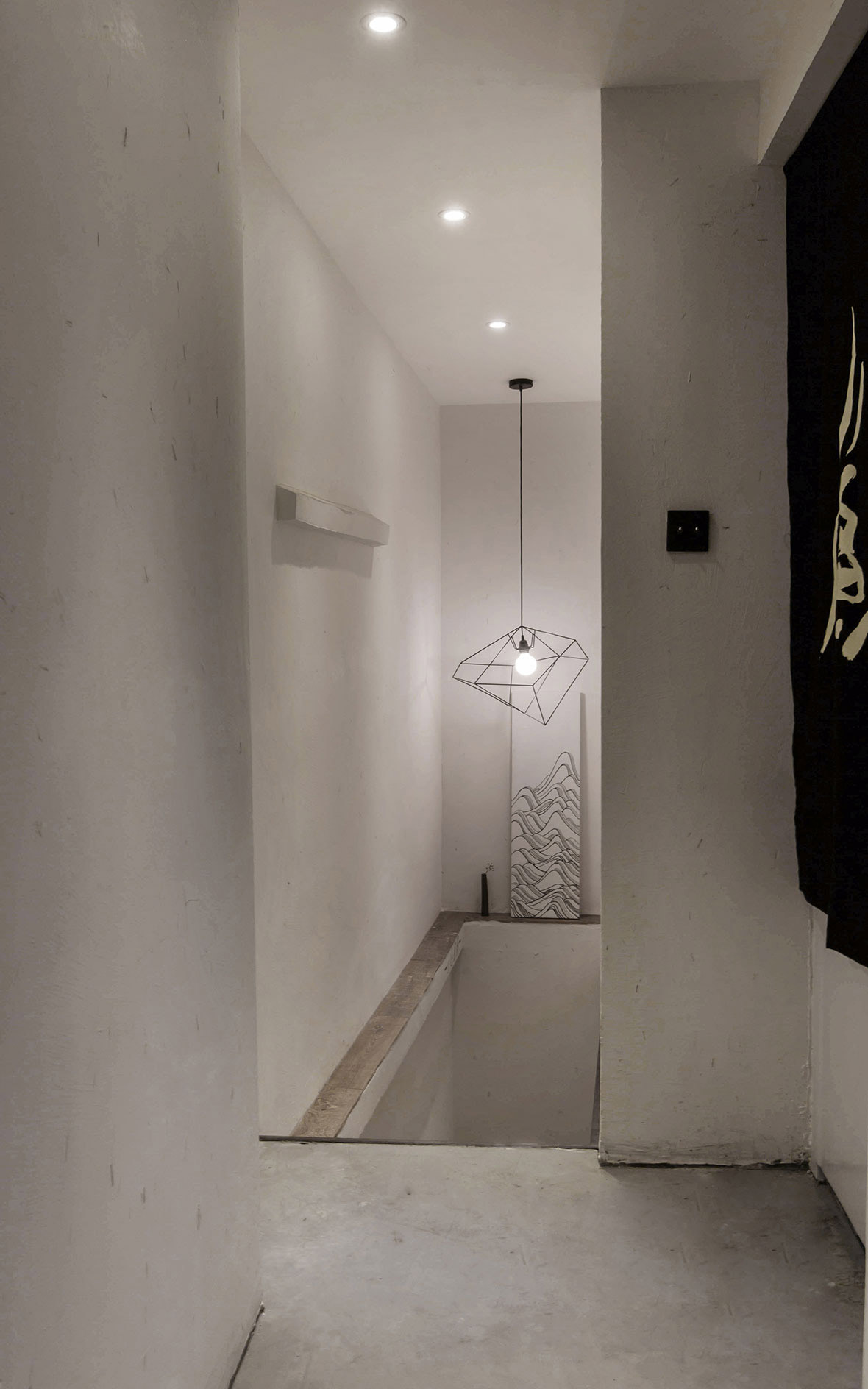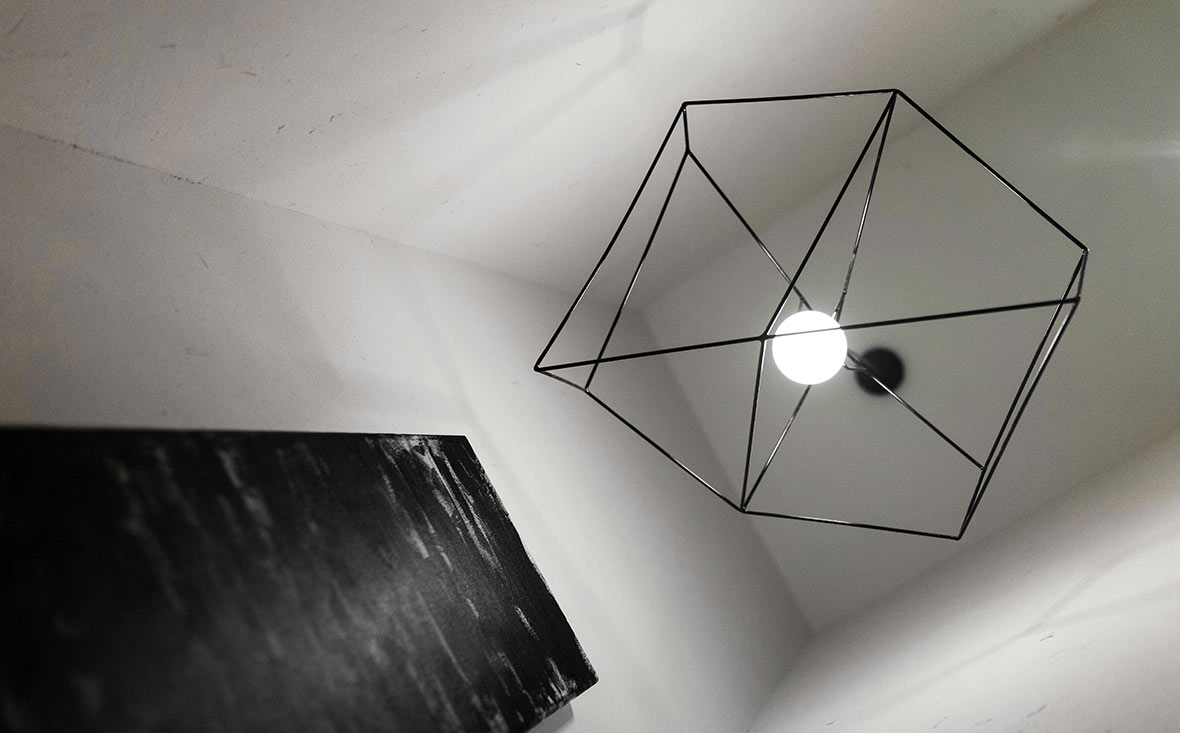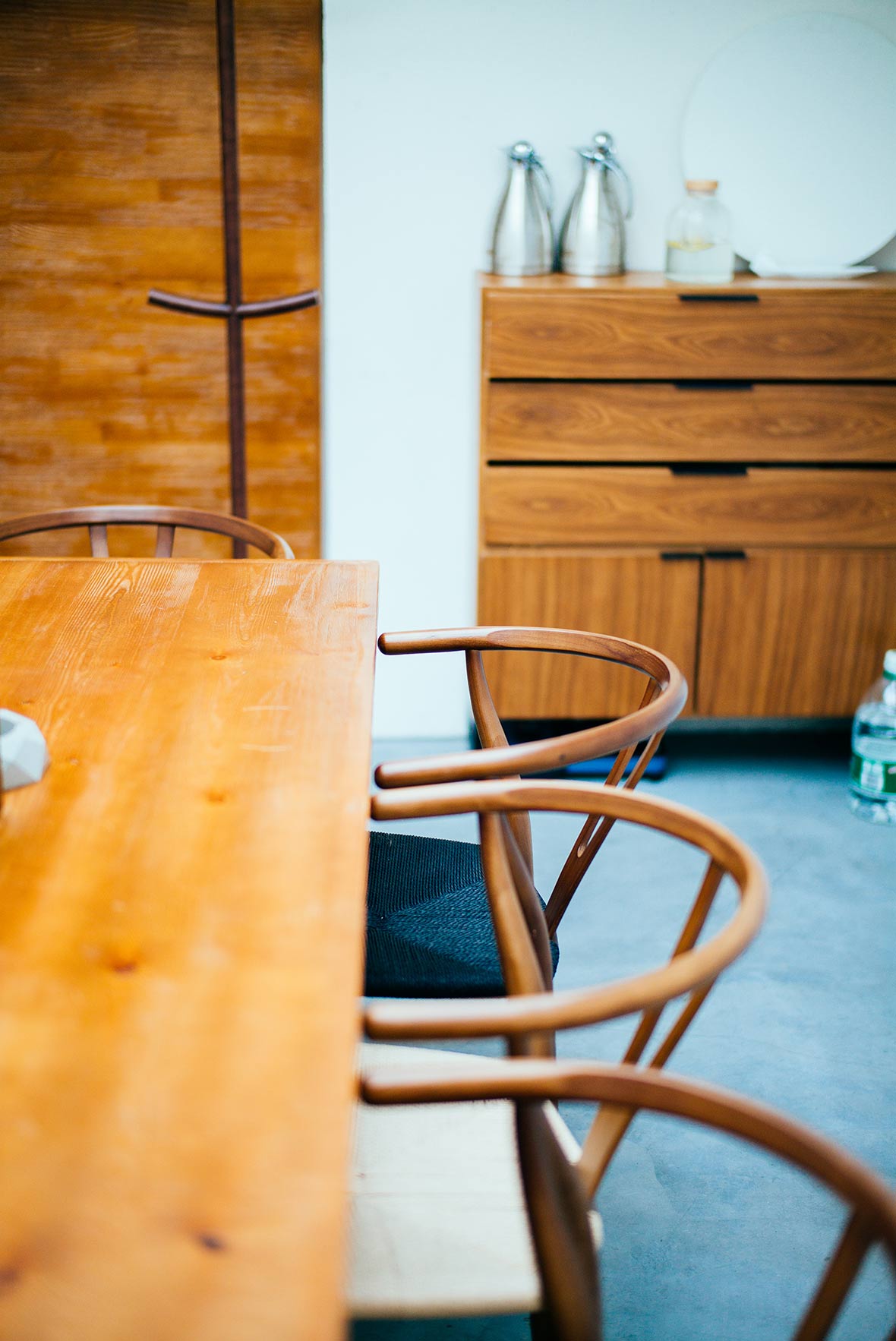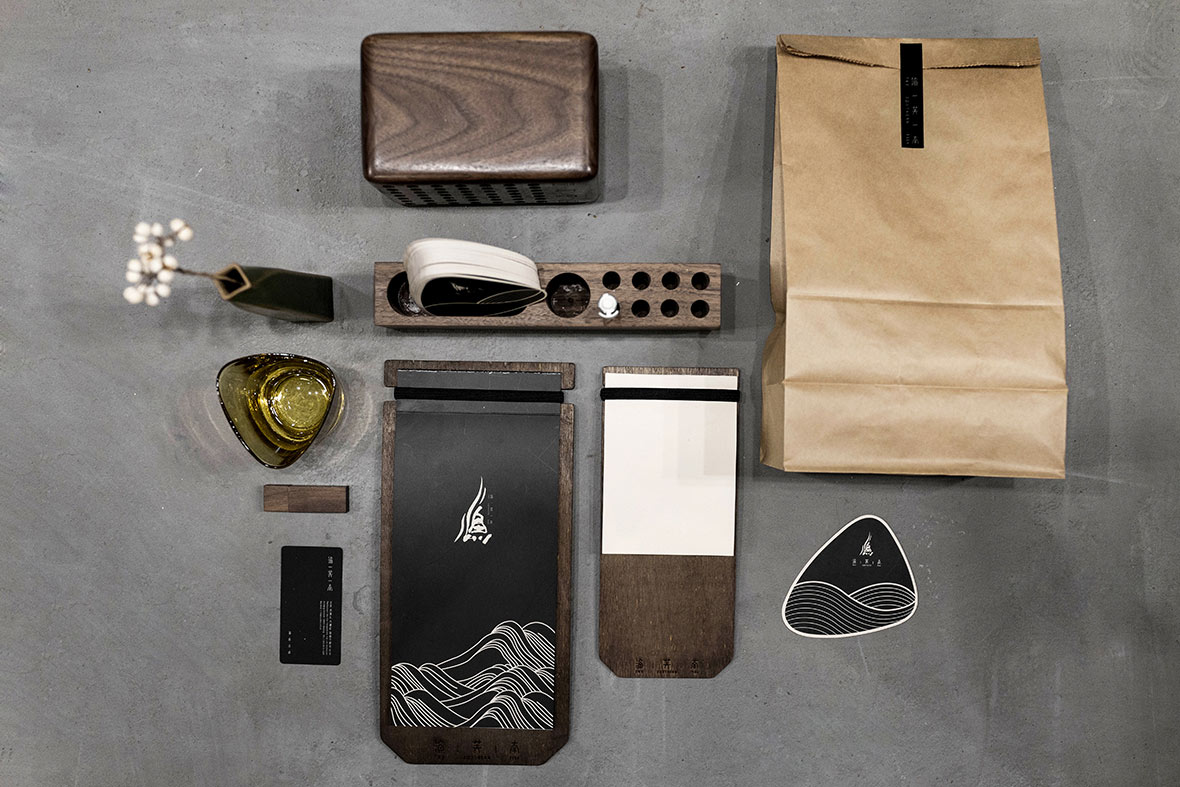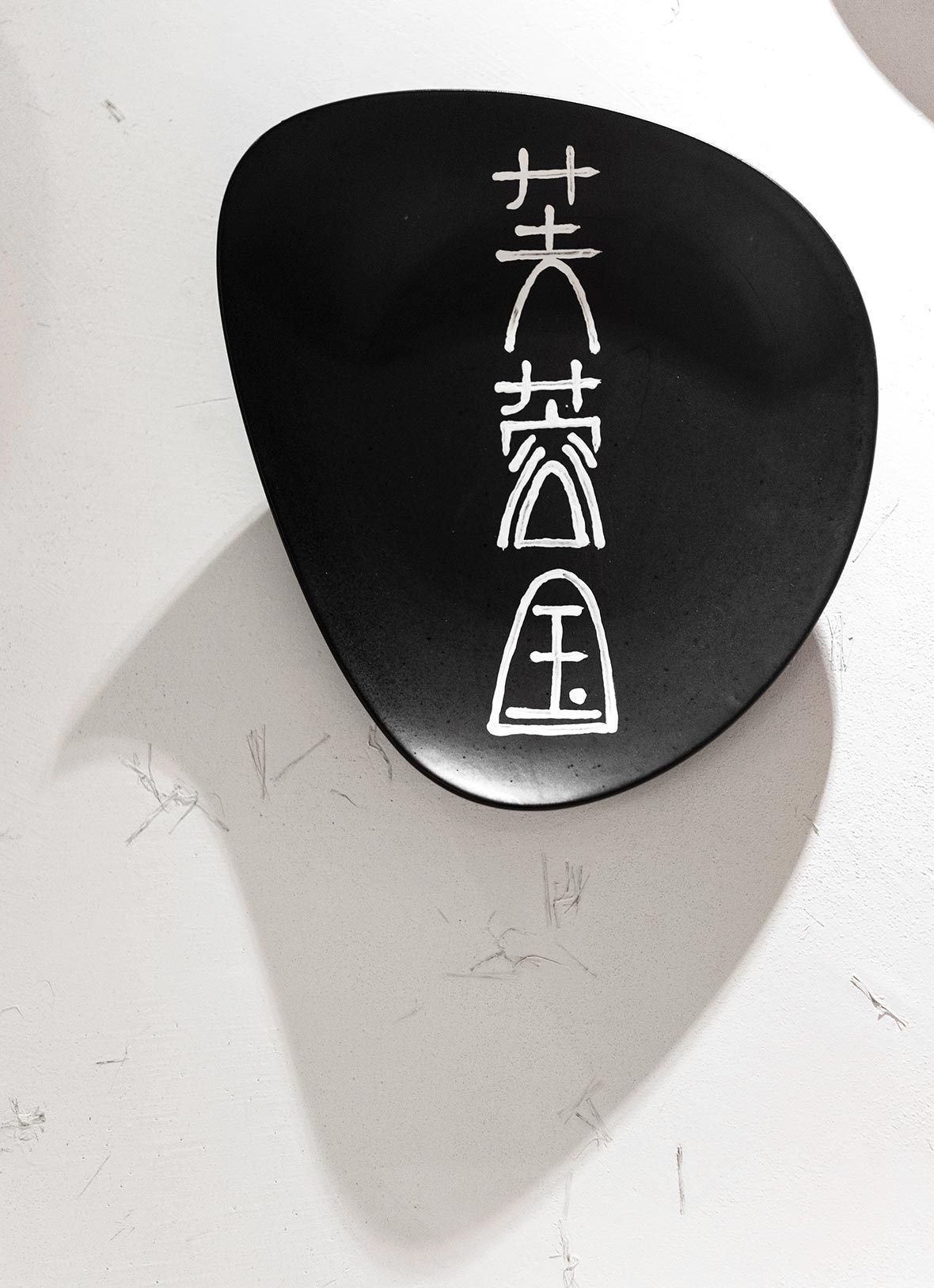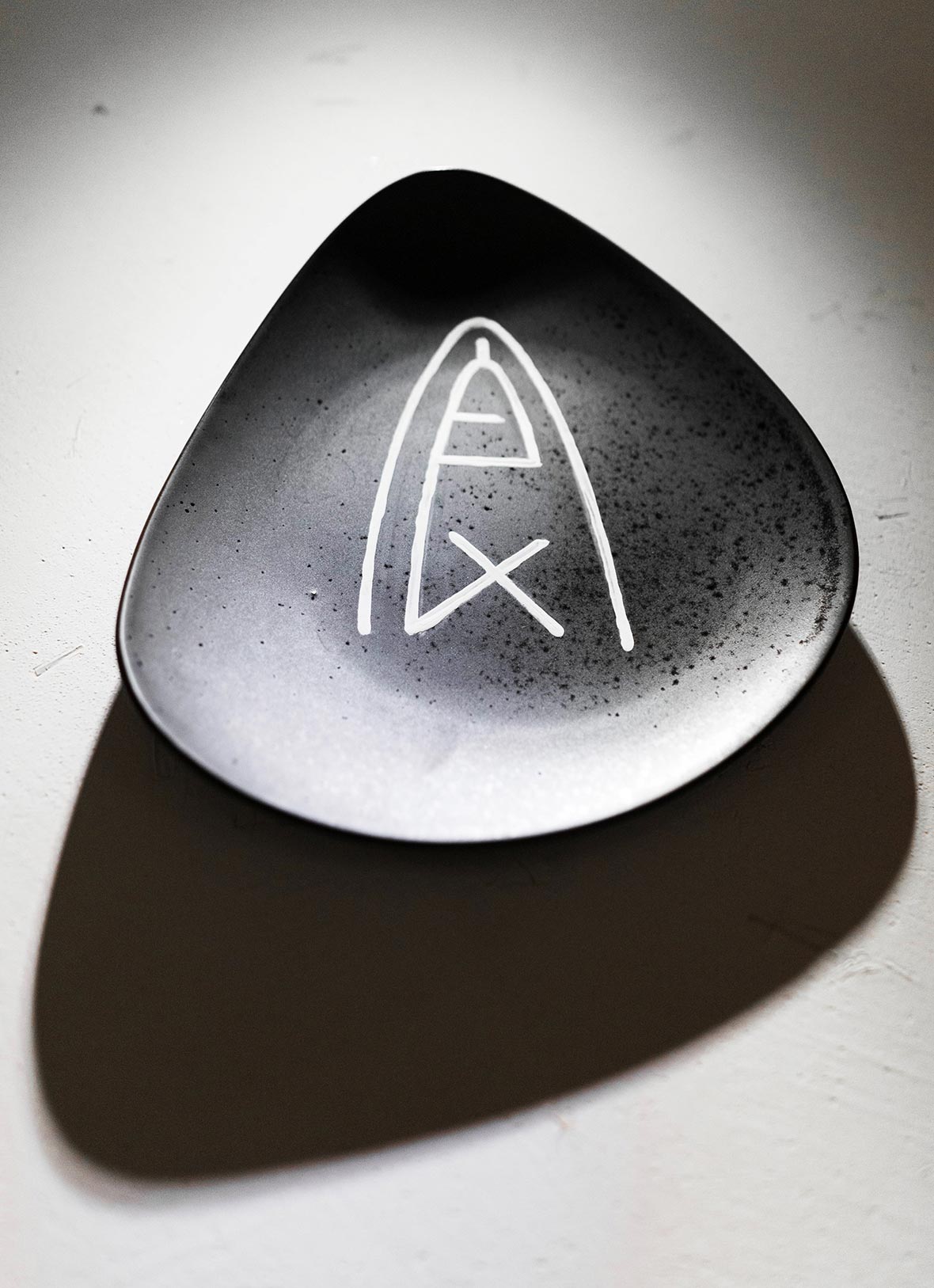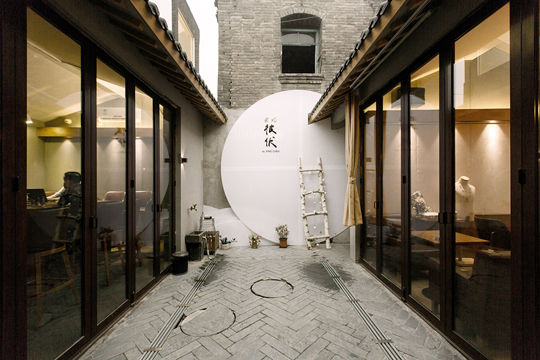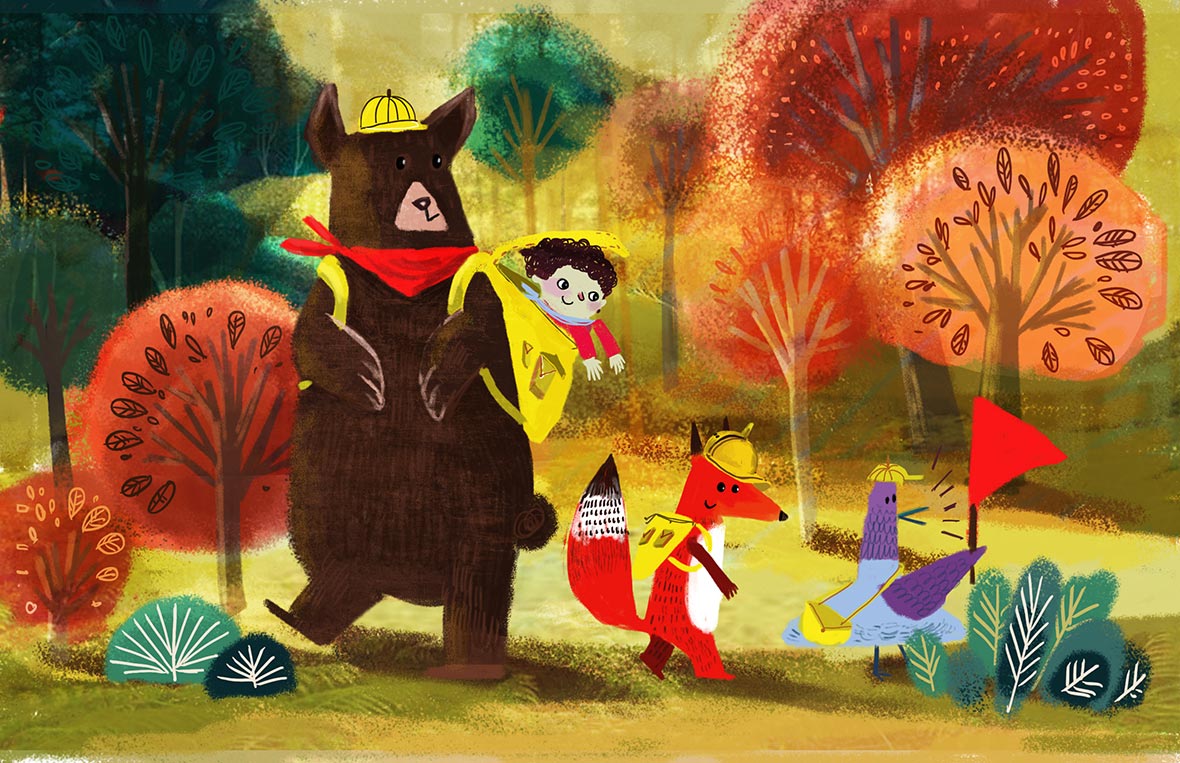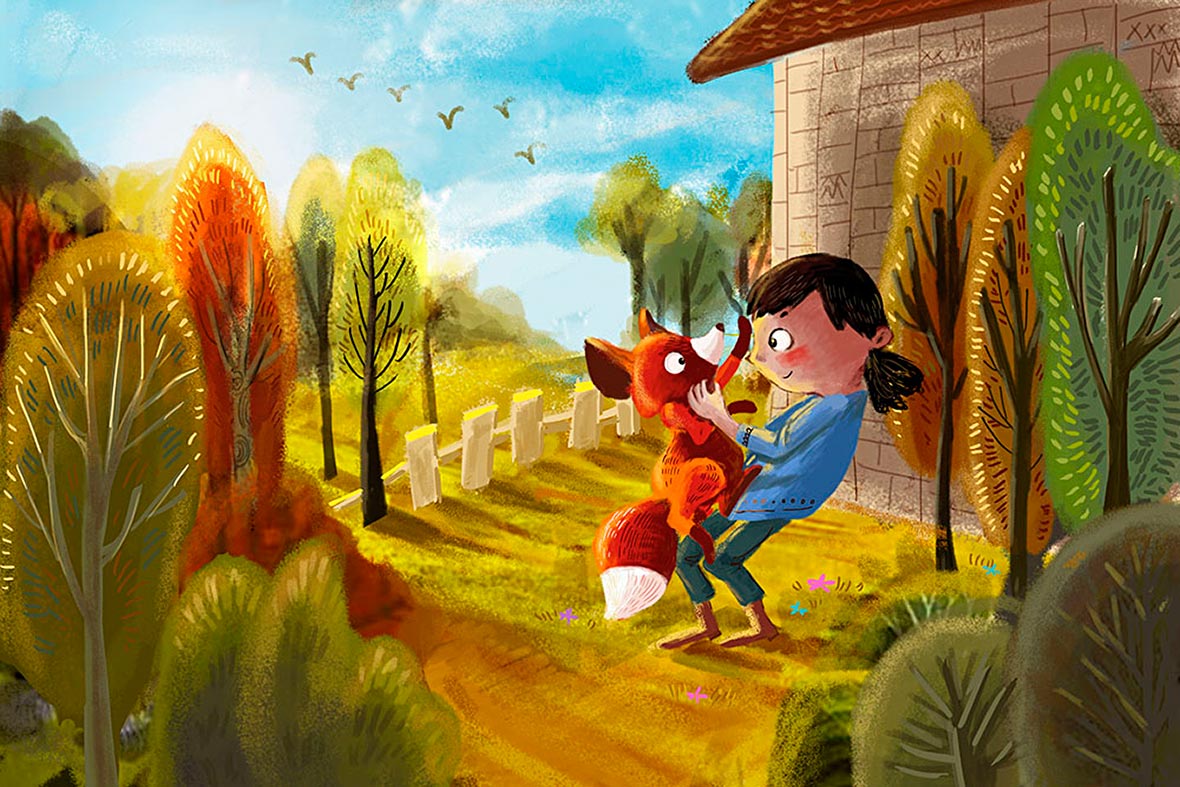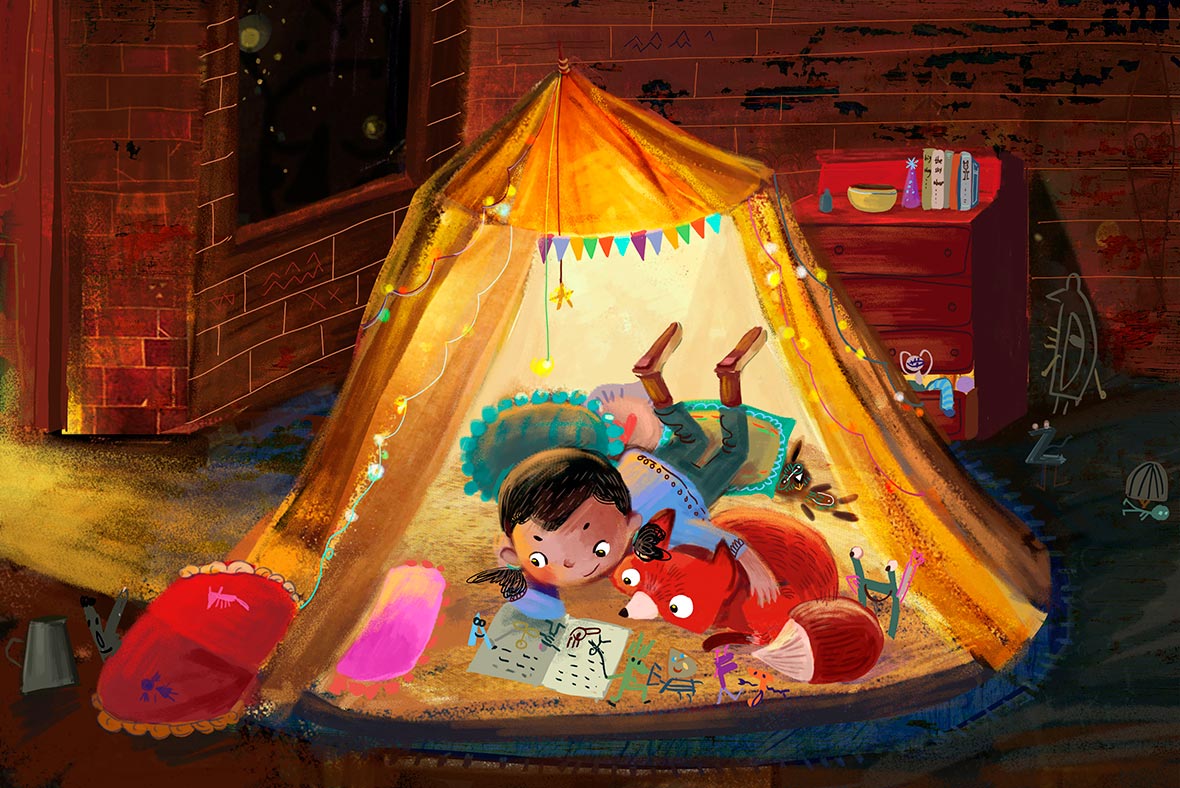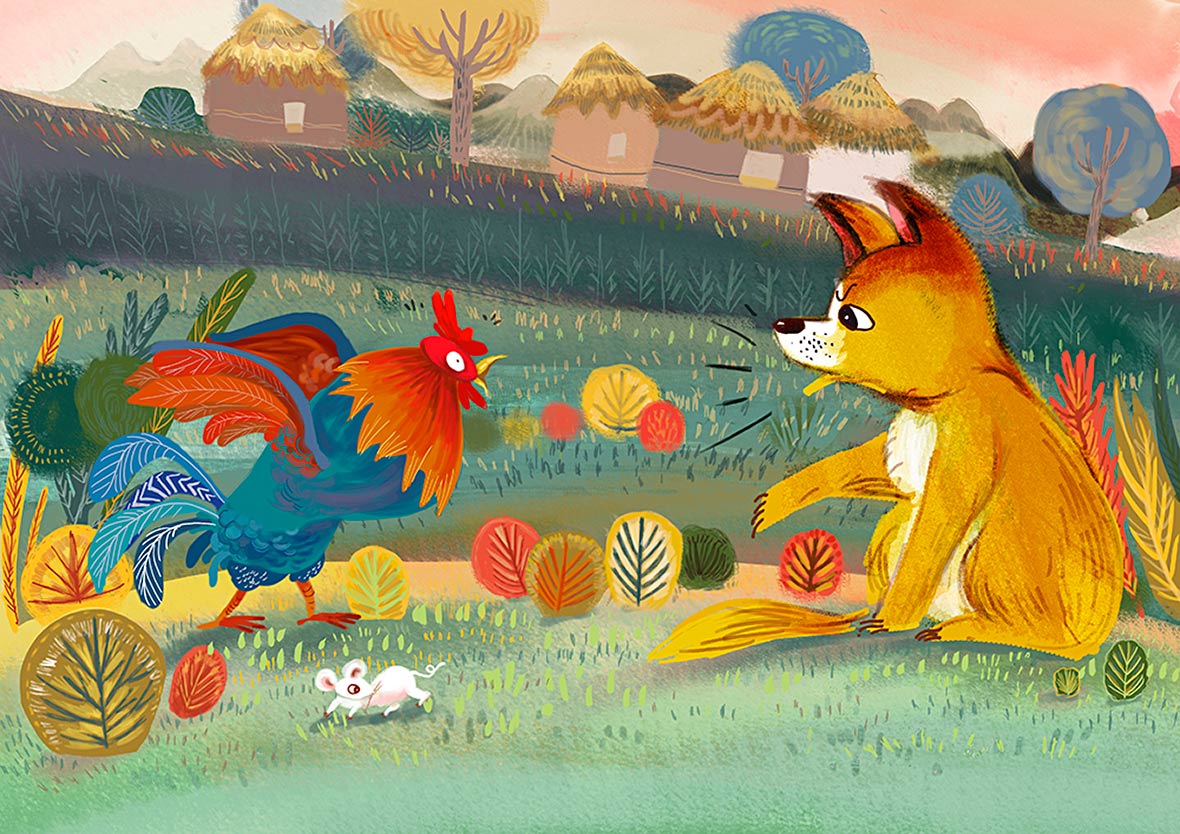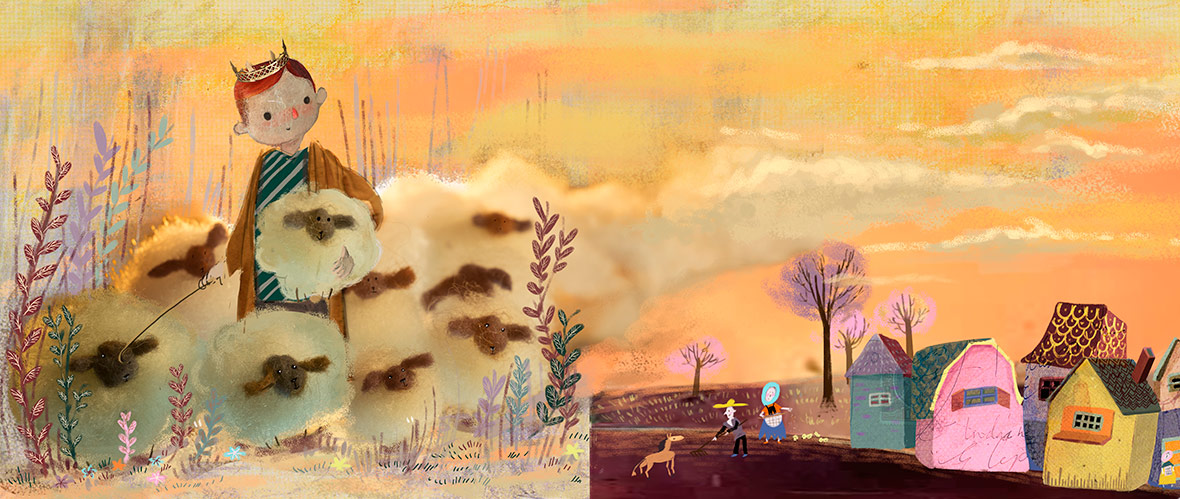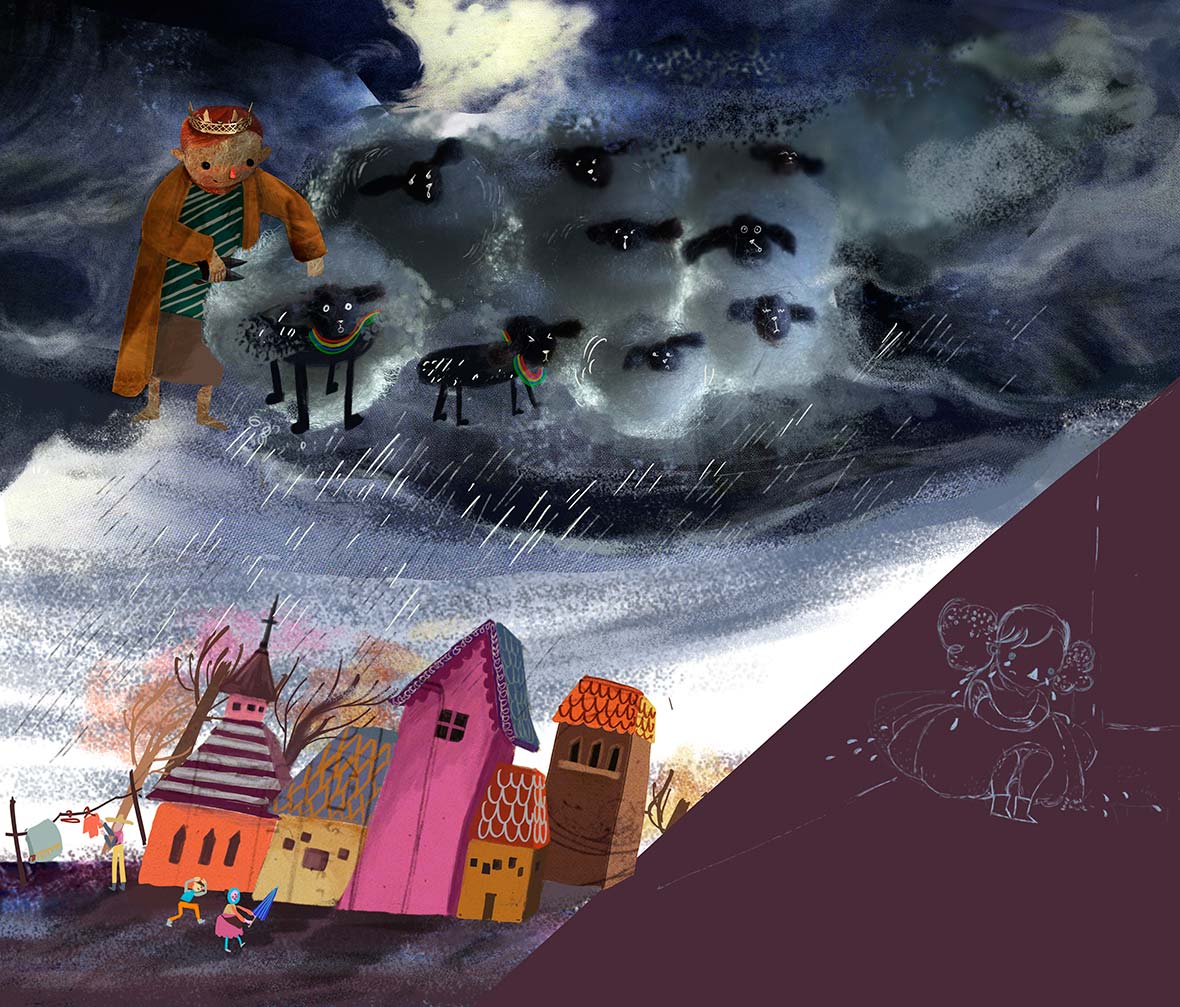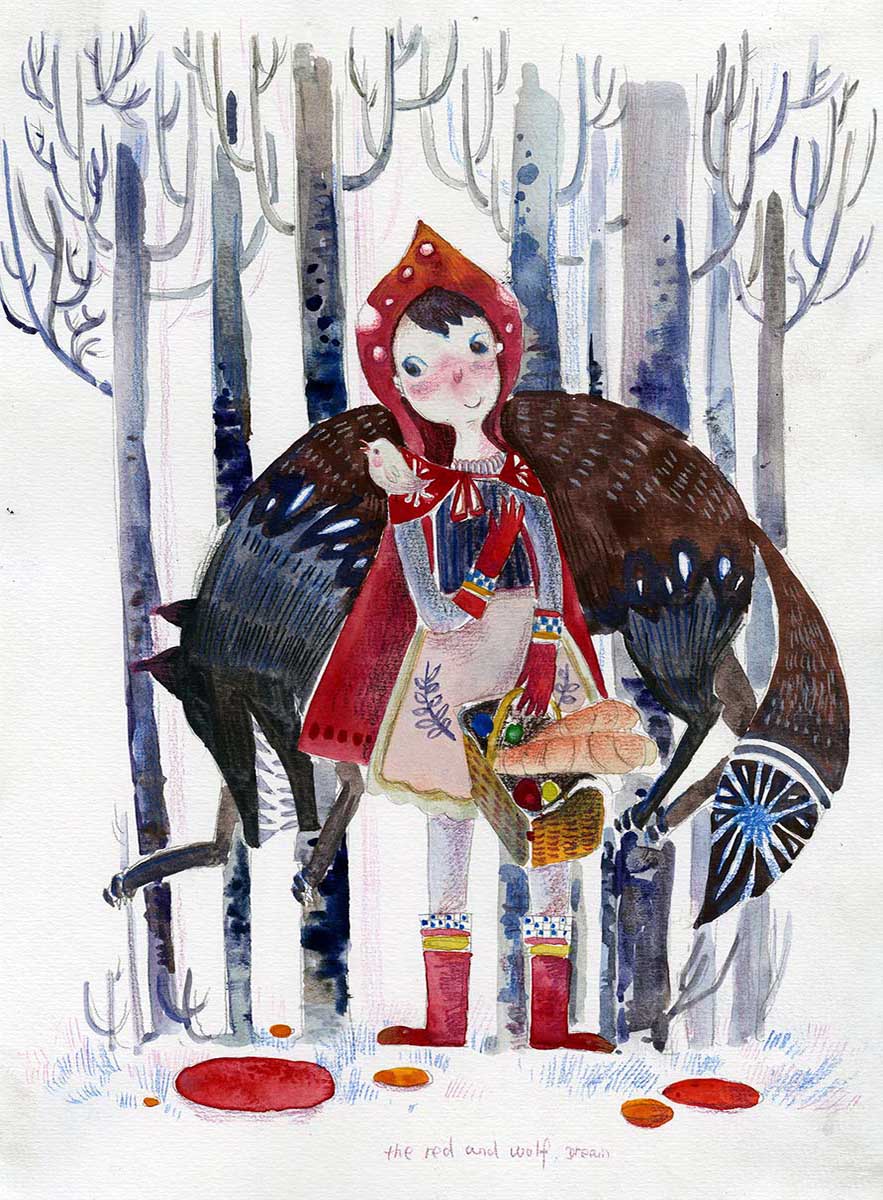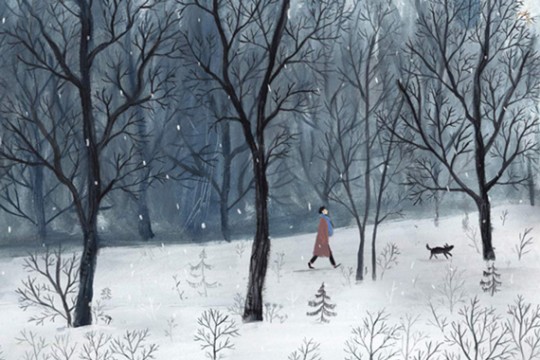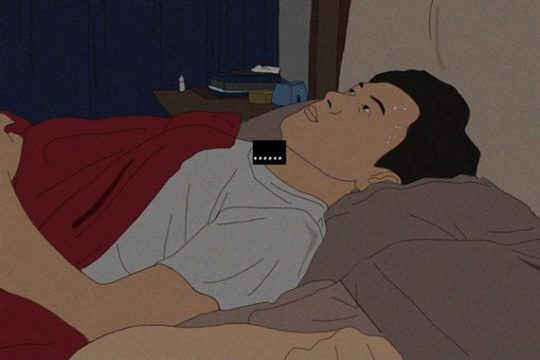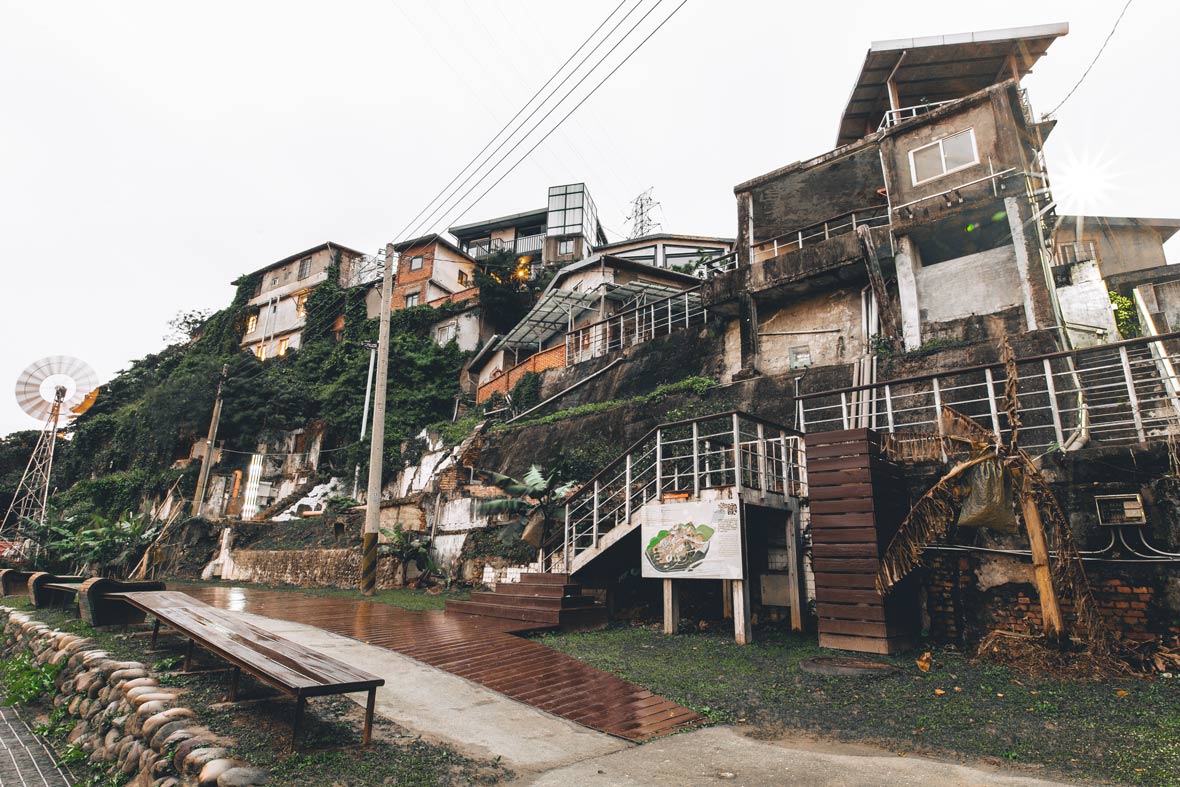
Nestled in Taipei’s Gonguan district is an elevated patch of old houses known as Treasure Hill Artist Village. This used to be a military dependent village, much like the Rainbow Village in Taichung, but aside from being the home for many KMT military veterans in the past, it also served as a strategic location for anti-aircraft monitoring. By the 1960s and 1970s, this area was regarded as nothing more than a sprawl of illegal makeshift housing arrangements that were deteriorating into increasingly worse conditions. The name comes from Treasure Hill Temple, a historical and cultural landmark that lies at the very center of the houses. After renovations were completed in 2010, the houses that were previously deemed unsightly became a popular destination for locals and tourists alike.
Treasure Hill Artist Village was the result of a collaborative effort between the Taipei City Government and the Global Artivists Participation Project. The whole approach to the renovation process is known as urban acupuncture, a theory that treats cities like they were living and breathing creatures. Traditional acupuncture treatment involves inserting sharp needles into different parts of a patient’s body; these key insertion points are known as meridian points. This socio-environmental theory does the same, in that it restores an area as a whole through a process of pinpointing vital sections in need of repair.
寶藏巖國際藝術村是台北市政府與全球藝術行動者參與實驗計畫共同合作的成果。這類型整修屬於都市針灸的一種,也就是將城市視為有呼吸心跳的有機體。傳統針灸療法會將尖銳的針頭插入病患身體的各個部位,主要插入所謂的經絡穴位,而都市針灸這個社會環境理論也是同樣的道理,它指出需要修復的重點部位,藉此將這個區域回歸為原本的面貌。
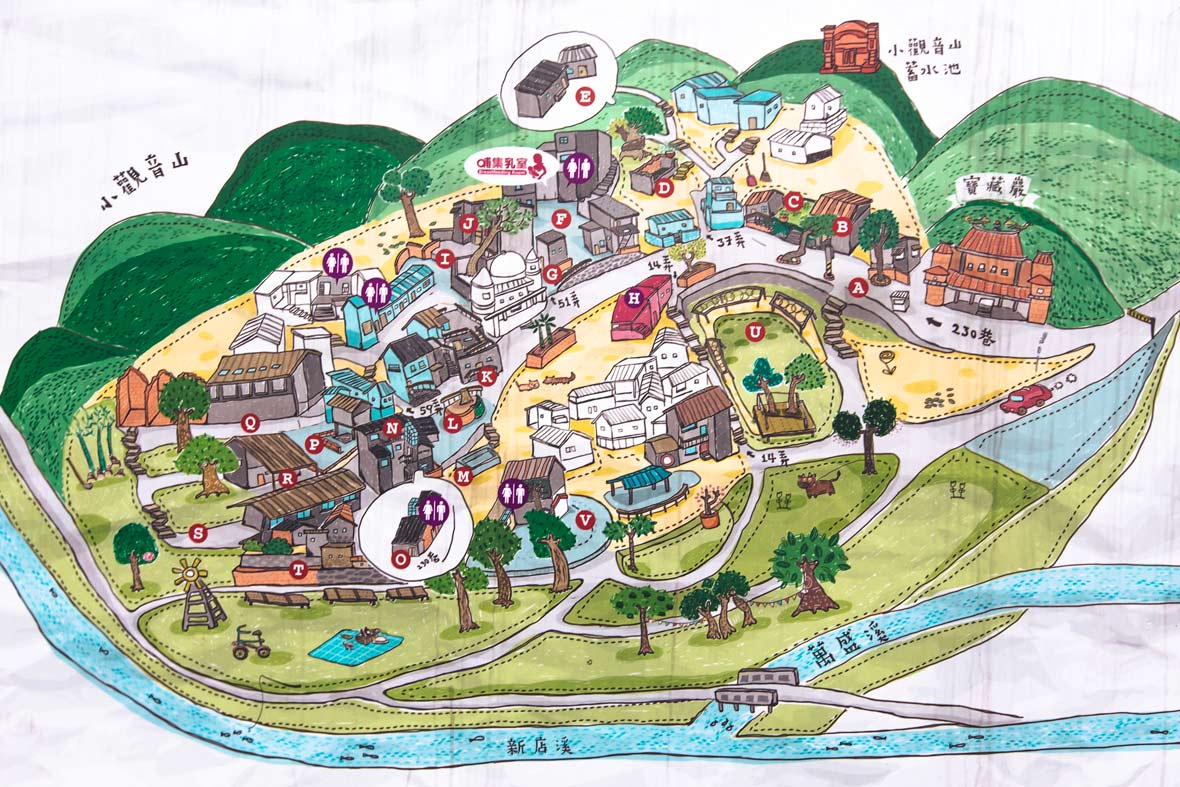
The municipal government commissioned Finnish architect Marco Casagrande to renovate the village. Marco humbly admits, “I had to do nothing, it was already there. What I did was construct the wooden stairways and connections between the destroyed houses, and some shelters for the old residents to play mahjong and ping-pong.” He considers Treasure Hill to be the attic of Taipei, and a vessel that carries the many memories, stories, and traditions of the past generations of Taiwanese people. “In some ways, it is a reflection of the Taipei mind that the industrial city is not able to reflect.”
市政府委託芬蘭建築師Marco Casagrand來進行村落整修,Marco謙虛地說:「我不必做什麼,它本來就在那裡了,我不過是蓋了木造階梯來連接毀壞的房舍,還有搭了幾個棚子,讓當地居民可以打麻將或玩乒乓球。」Marco認為寶藏巖是台北的閣樓,不僅承載了回憶與故事,還有台灣人老一輩的傳統,「某種程度上,它呈現了工業化城市無法表現的台北思維。」
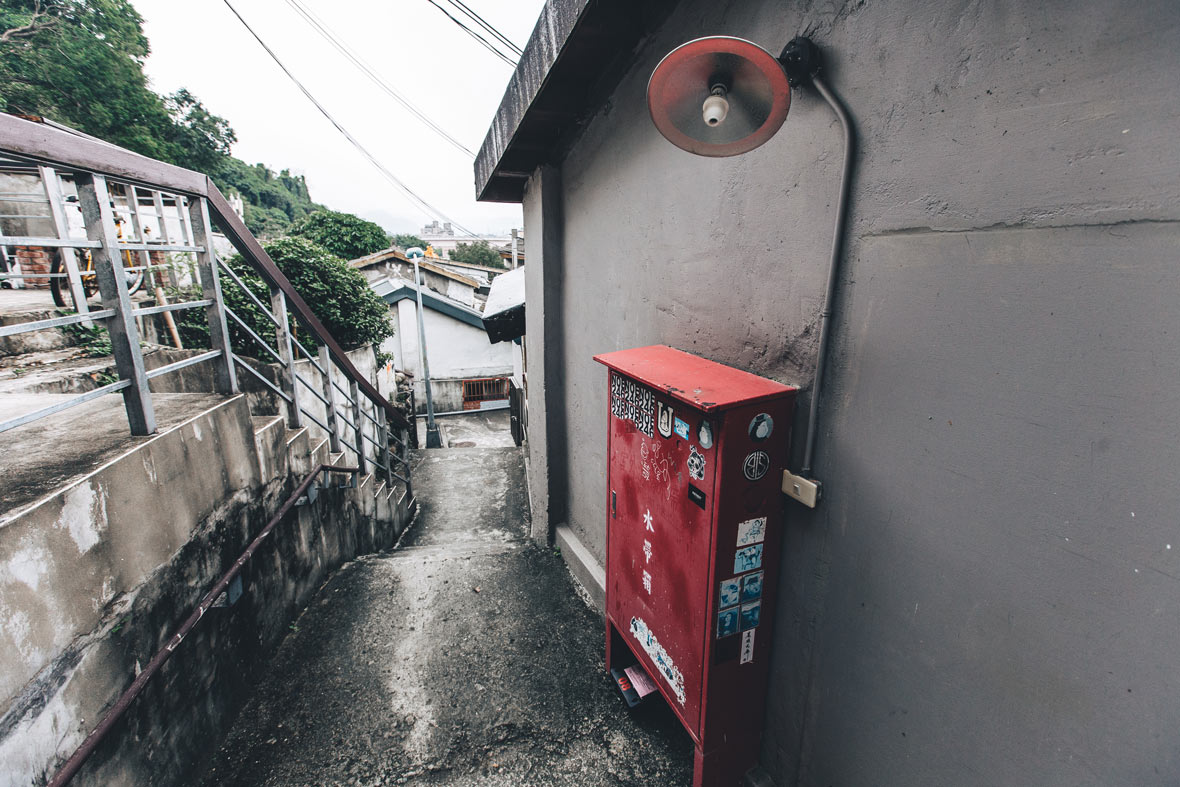
Granite pathways and stone staircases cut and wind through the village, leading visitors to small cafés, various art installations, and beautiful vantage points of New Taipei City. Many of the old houses have been transformed into hostel rooms and even housing for artist residencies. Exhibitions and talks are also regularly held in the various gallery spaces in the village. A mix of international and local artists have been granted residencies over the years, including embroidery artists, filmmakers, choreographers, and so on. The long list of the many types of artists who have graced the village in the past is near endless. The art installations that exist in the village are constantly rotating, and different types of artwork can be found throughout the village – from a mural by the famous Taiwanese street artist Candy Bird, to large-scale interactive fortune cookies created by the Taiwanese architect Kung Shu-Chang.
花崗岩步道和石階蜿蜒地穿過整個村落,指引訪客前往小咖啡館、各種裝置藝術,以及眺望新北市的絕佳觀景點。許多老房舍被改造為民宿,或給申請駐點的藝術家作為住所。村裡的各種展覽空間也會定期舉辦展覽及講座。過去幾年來,已有多位國際藝術家與本地藝術家在此駐點:包括刺繡藝術家、導演、舞蹈編導等,清單囊括了各種數不完的藝術領域,讓村裡蓬蓽生輝。村裡的裝置藝術也時常調換,到處都能找到不同類型的藝術品:有台灣知名街頭藝術家Candy Bird的壁畫,也有台灣建築師龔書章所創作的大型互動式幸運餅乾。
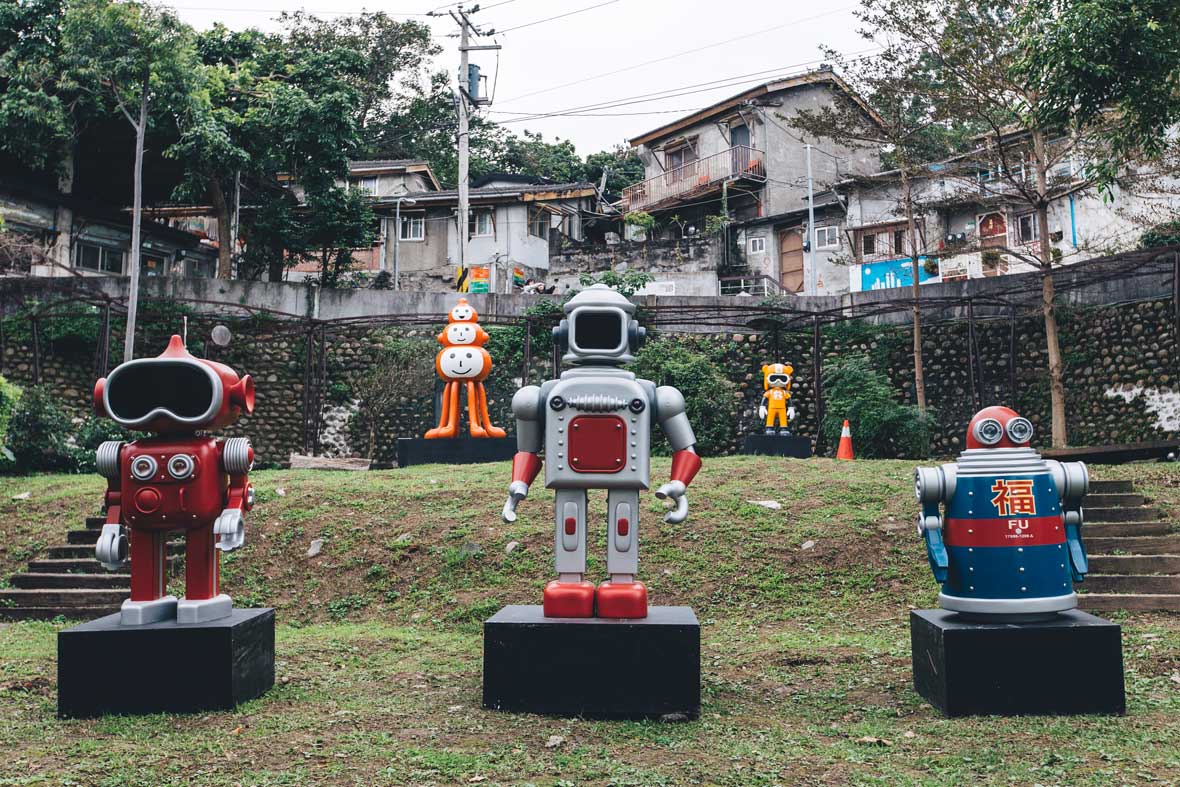
Despite the changes made to the village and the large influx of visitors, many of the old residents are still happily living here. Some have been moved to better houses that are located elsewhere on the premises, but red plaques erected on their new homes proudly display short introductions about where the resident came from before arriving in Taiwan. The brief write-ups include their personal histories and also the addresses of their original residences in the village. To ensure the quality of living conditions in the village, Treasure Hill has also set visitor hours to prevent disturbances to the long-term residents.
儘管村落整修,遊客大肆湧入,許多當地居民仍安居此處。有些人已經搬到此處其他更好的房子,但掛在他們新家的紅匾額上仍有一段關於祖籍地的簡短介紹、一段關於自己的歷史故事,以及原本在村裡的住址。為了保障長居居民的生活環境,寶藏巖設有訪客時間,以免對居民造成干擾。
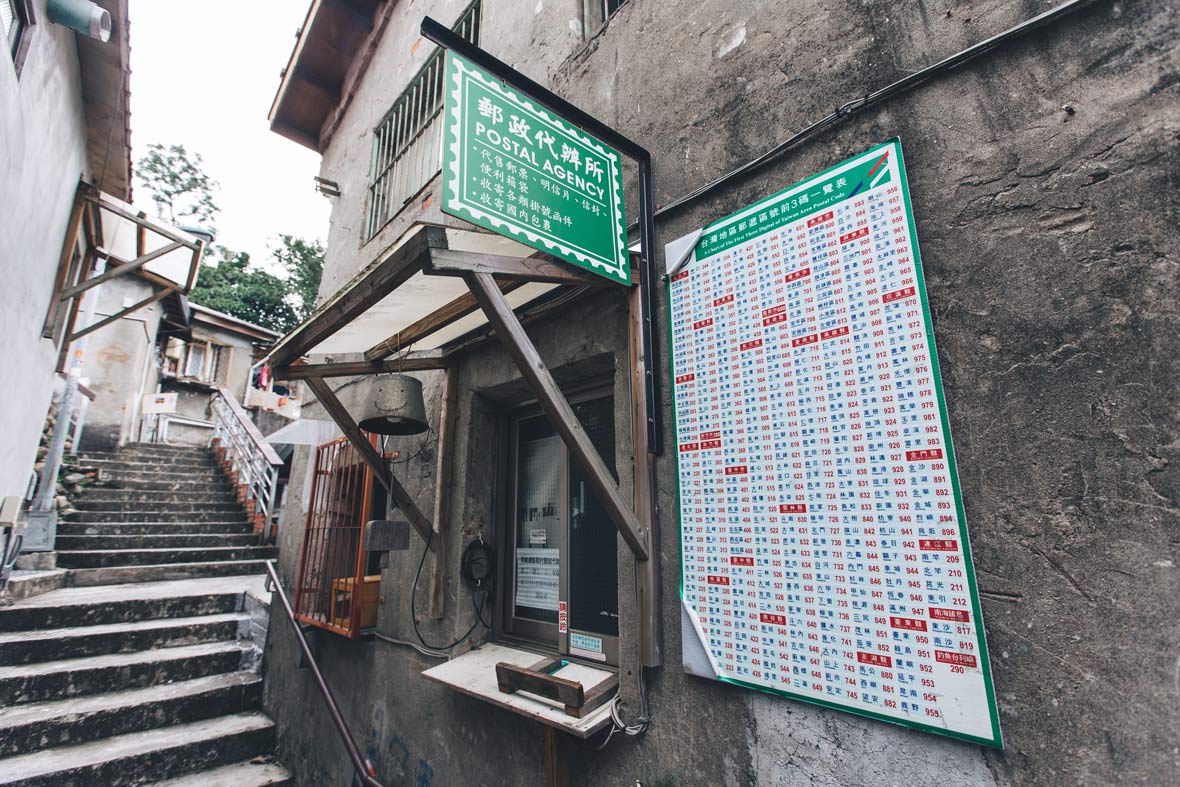
The government’s emphasis on recognizing and celebrating the past, as well as the lives of the residents, is quite clear. The old post office of the village is still in operation – and the Treasure Hill Tangerine Store, a traditional convenience store, has been reopened in recent years. This store is reminiscent of life in rural Taiwan and is stocked with many nostalgic foods, snacks, and toys from the past.
明顯可見政府對於認同並慶祝居民過去生活方式的重視。村裡的老郵局仍在營業;寶村柑仔店,也就是傳統的便利商店,也在近年重新開張。柑仔店讓人想起台灣的鄉村生活,裡面有許多令人懷念的舊式食物、點心和玩具。
In the daytime, there is undoubtedly more going on in the village, but as night descends on this artistic haven, there is also a certain sense of calm that comes with it. Many of the visitors will have already dispersed, leaving the streets empty and quiet. The criss-crossing interstate highways of New Taipei City can be seen in the distance, and the hectic hustle and bustle of the Gonguan night market is close by, but feels like it is worlds away. This is the perfect time to slip into one of the many homely cafés that are scattered throughout the village and relax for a bit before heading back into the busy city. So the next time you find yourself in Taipei, be sure to make some time in your schedule and swing by Treasure Hill for an afternoon – you won’t regret it!
白晝時分,村子裡自然頗為熙攘,但之後夜幕降臨,也為這個藝術天堂帶來一抹平靜。此時,遊客多已散去,街道顯得冷清空蕩。遠可眺新北市的棋盤式道路;近可聞公館夜市的陣陣喧闹,卻又相隔九重天。村裡隨處能找到溫馨的咖啡館,此時正是鑽進其中一間、在返回忙碌的城市之前稍作休息的好時機。下次您拜訪台北時,不妨撥空來寶藏巖參觀一下午,絕對不虛此行。
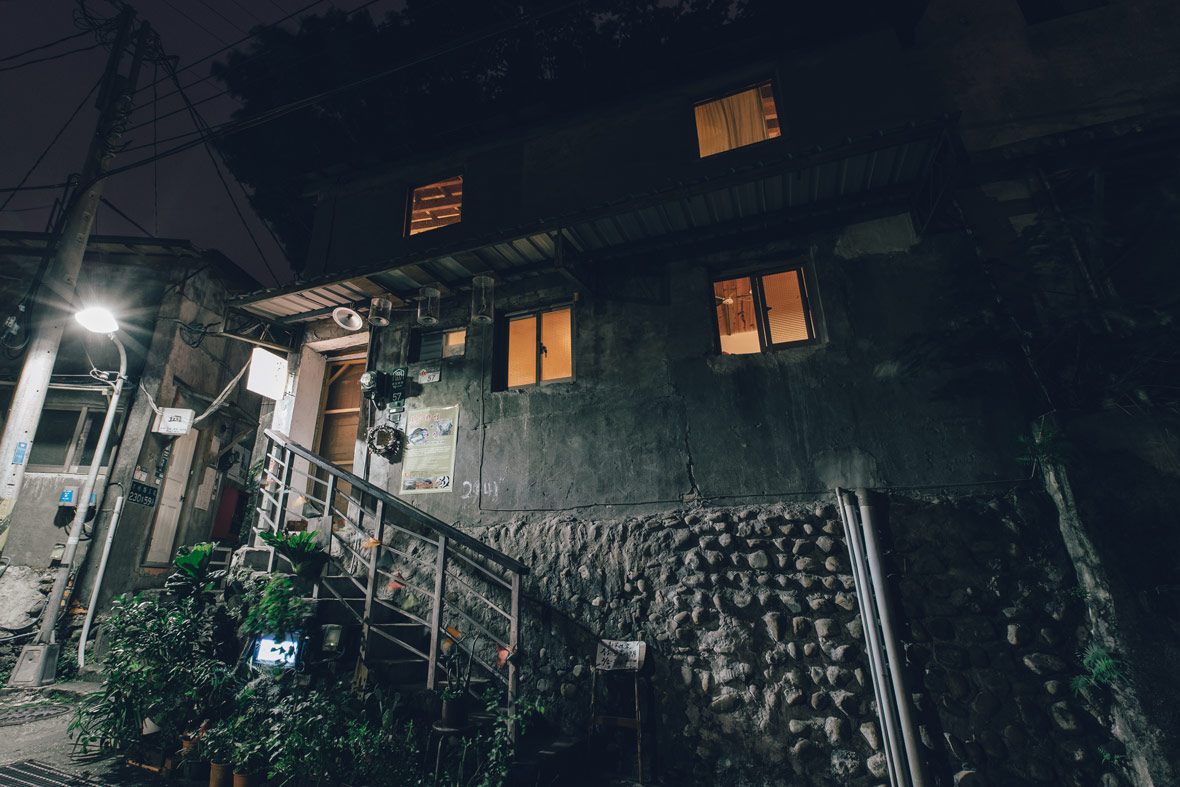
Address:
No. 2, Alley 14, Ln. 230 Dingzhou Rd. Sec. 3,
Zhongzheng District, Taipei
Taiwan
Hours:
10:00 ~ 20:00
Closed Mondays
Website: artistvillage.org
Facebook: ~/TreasureHillArtistVillage

